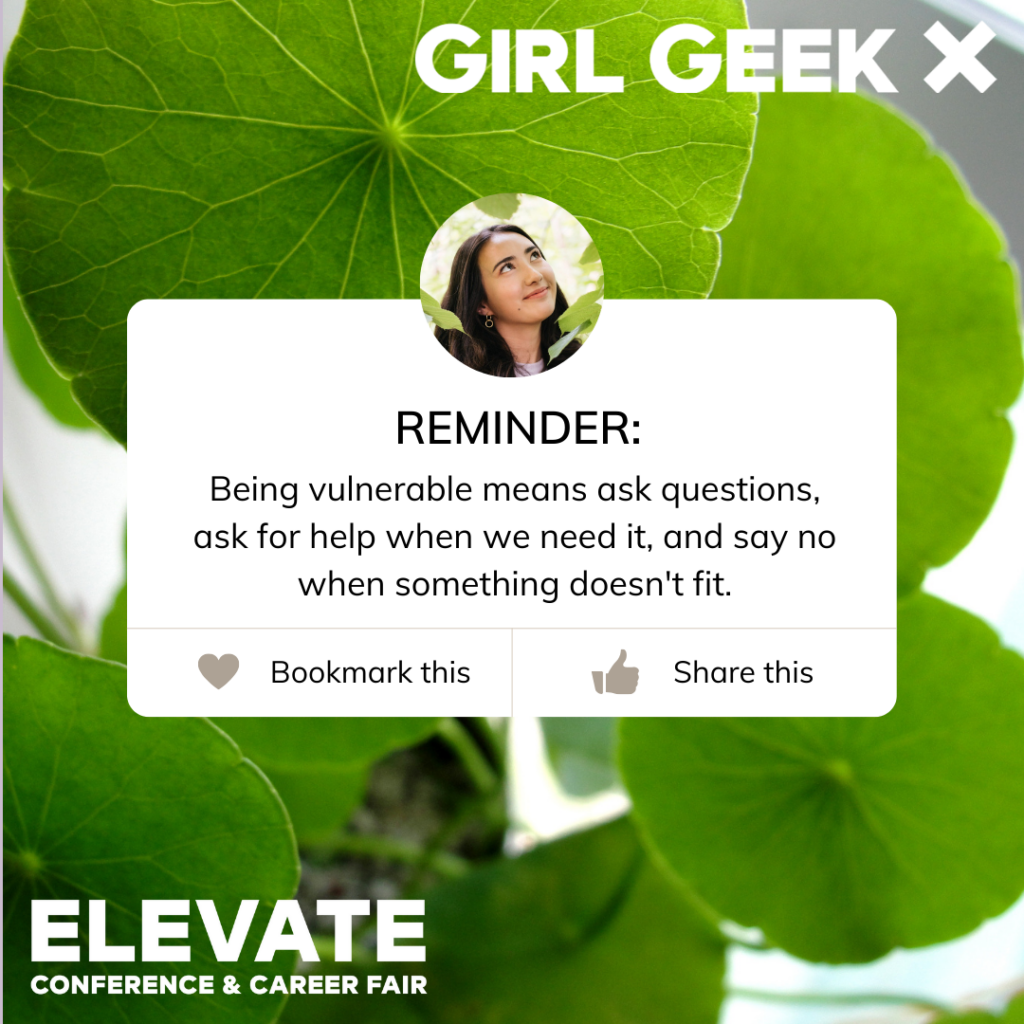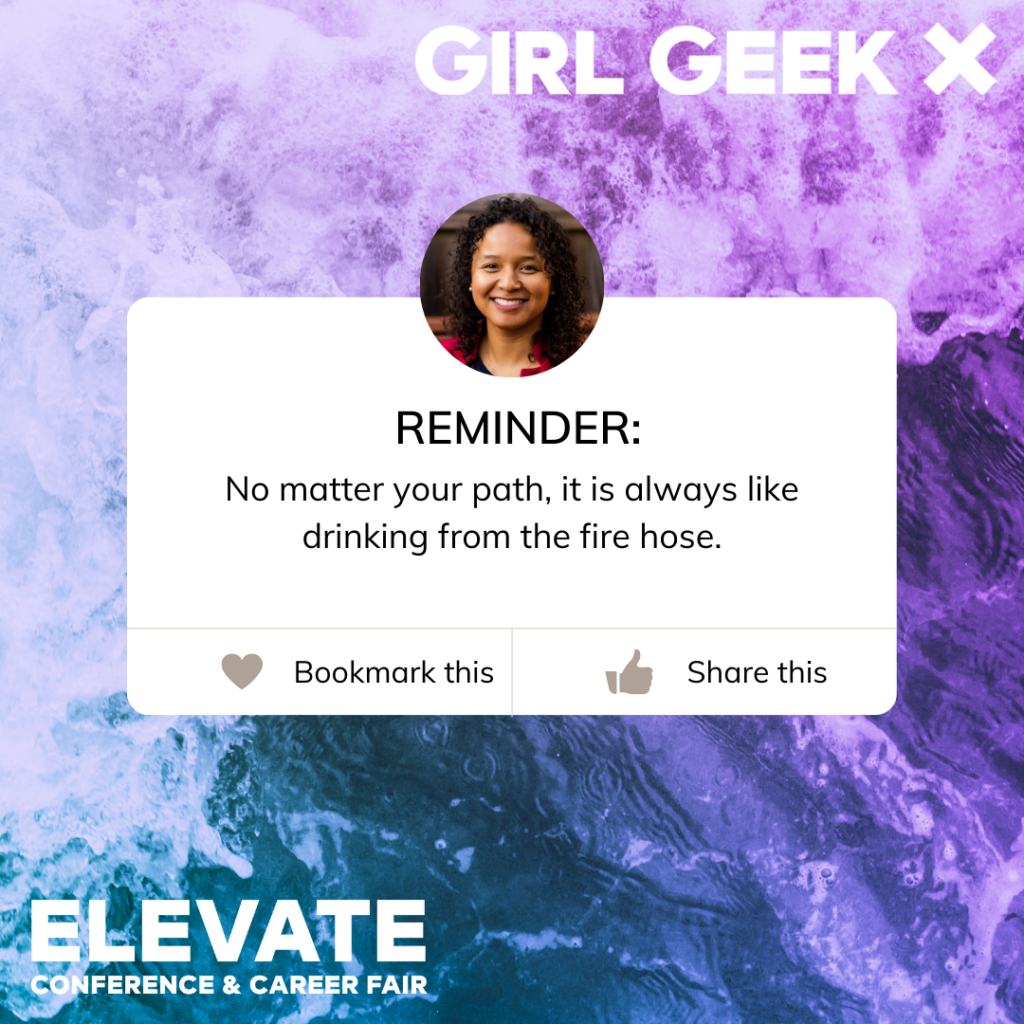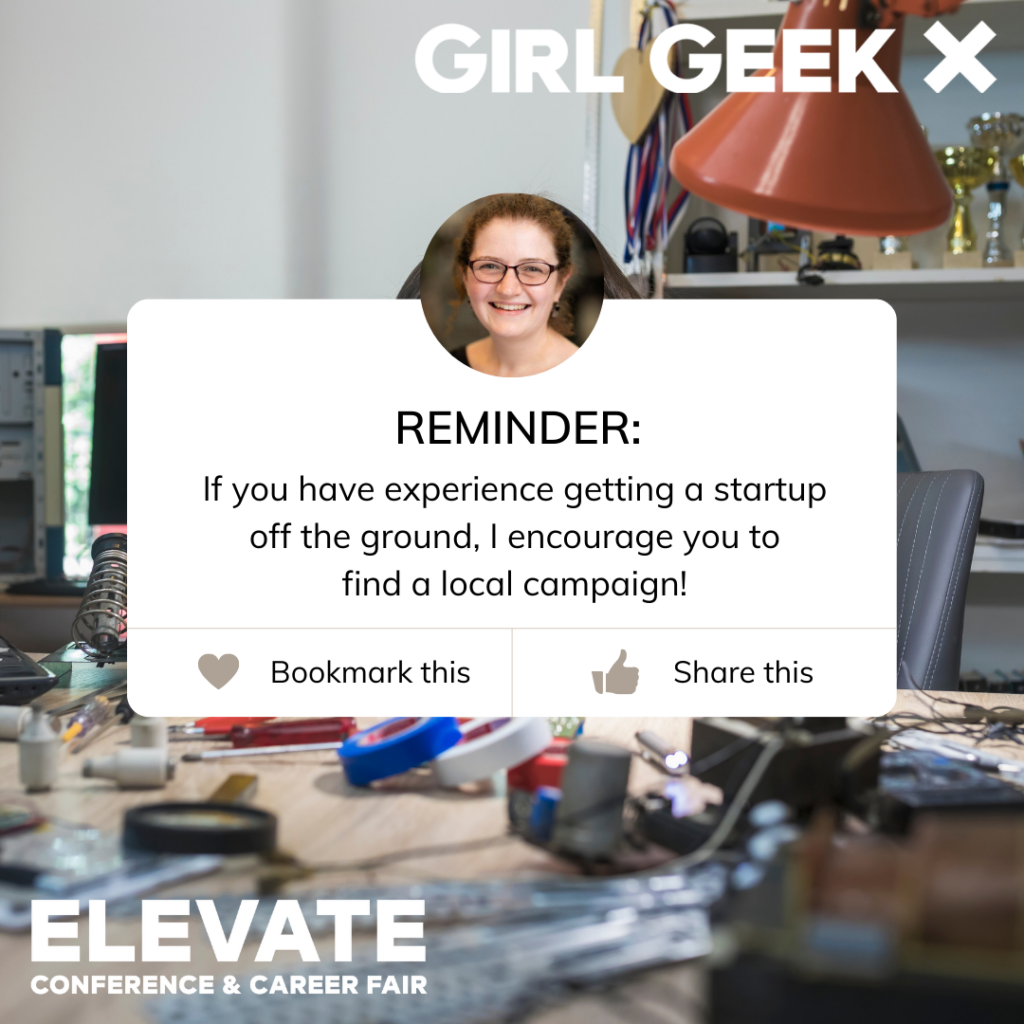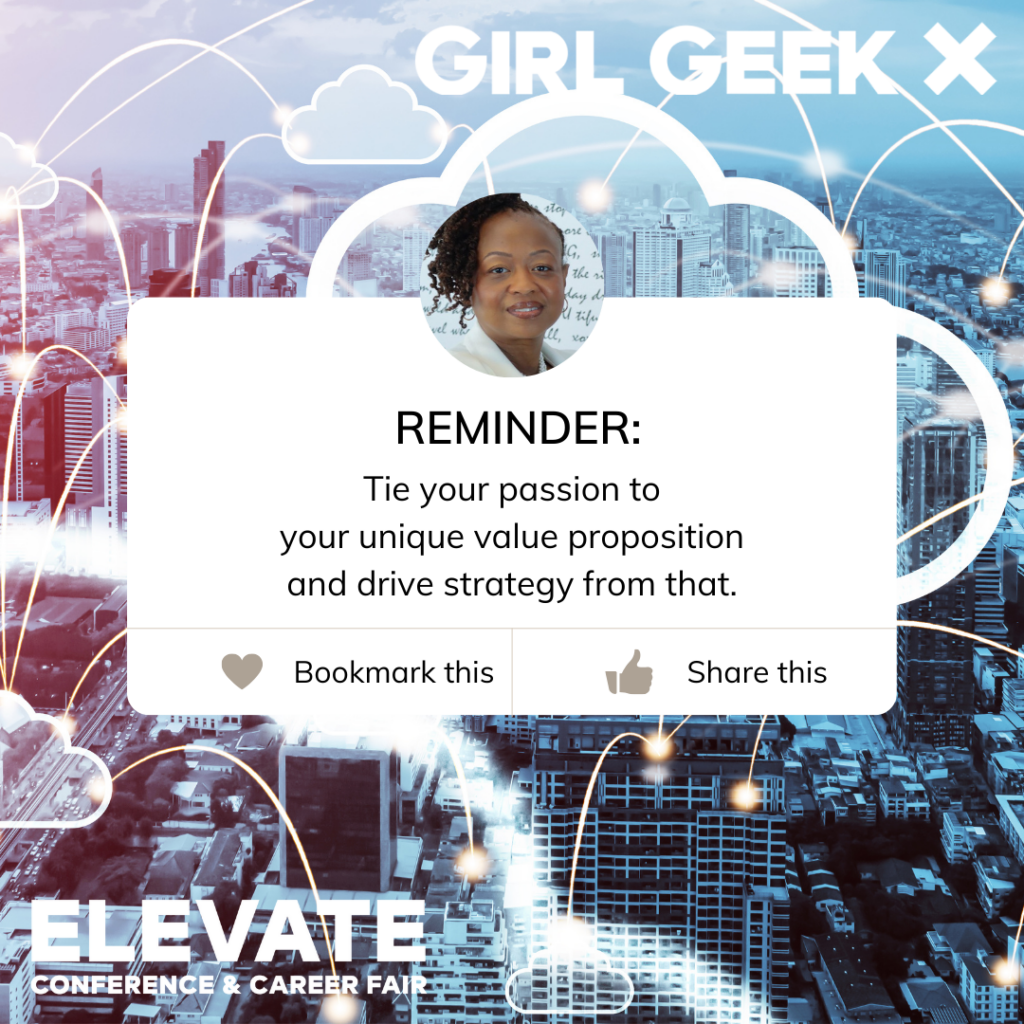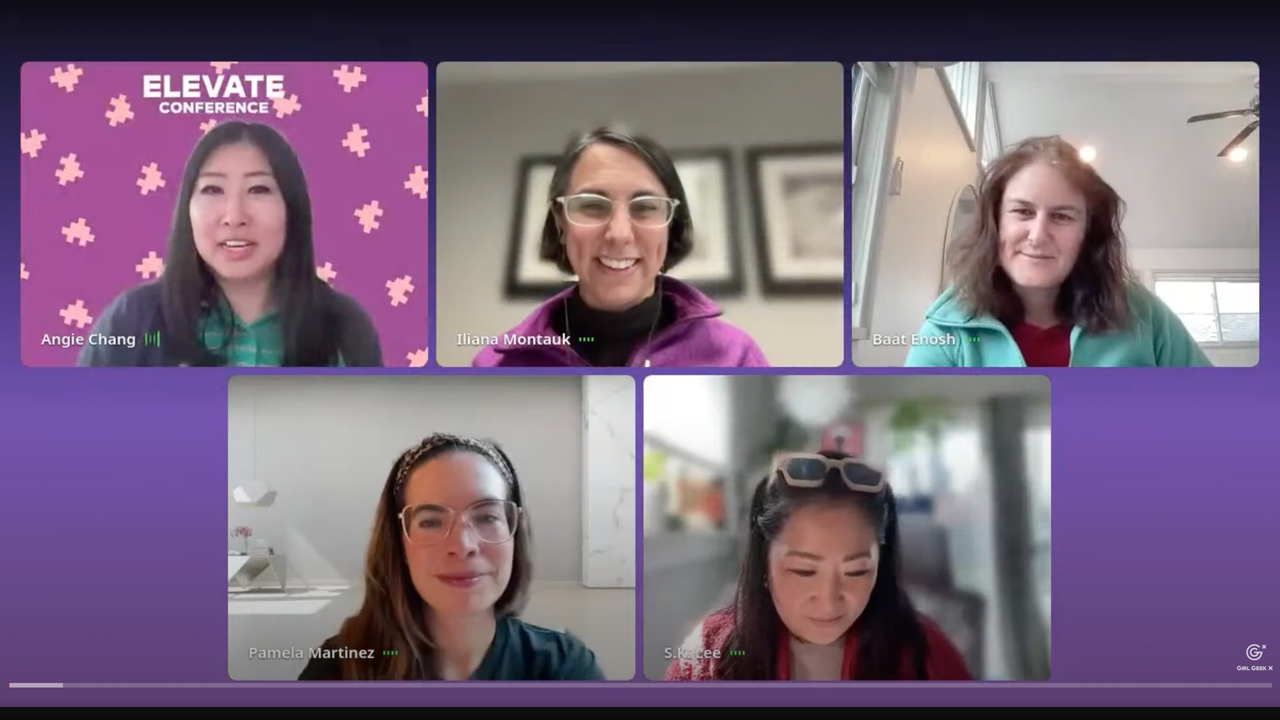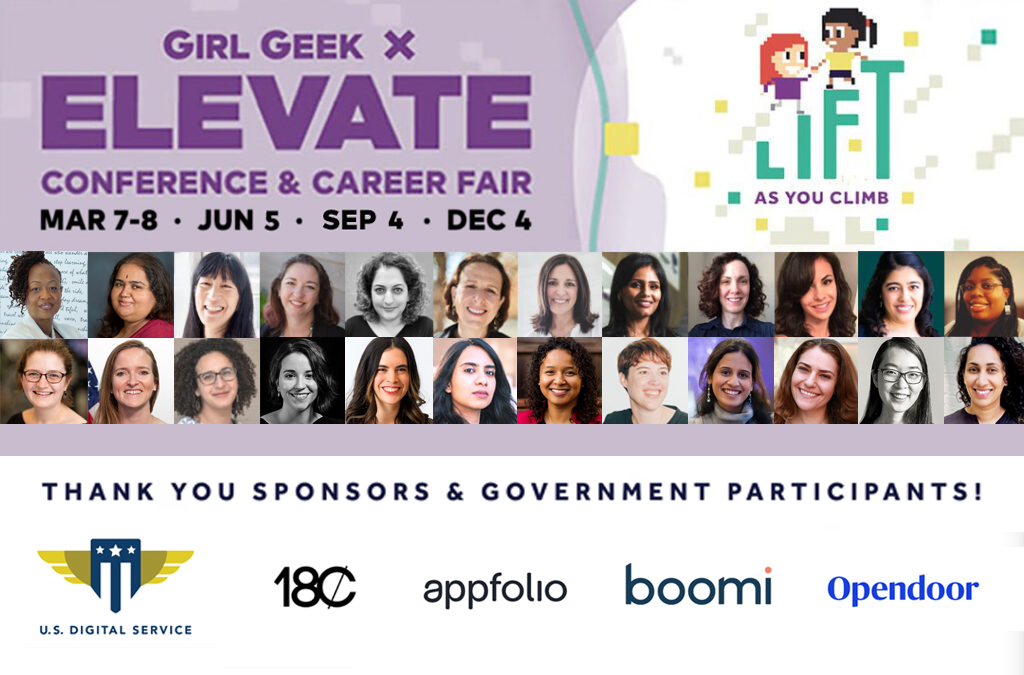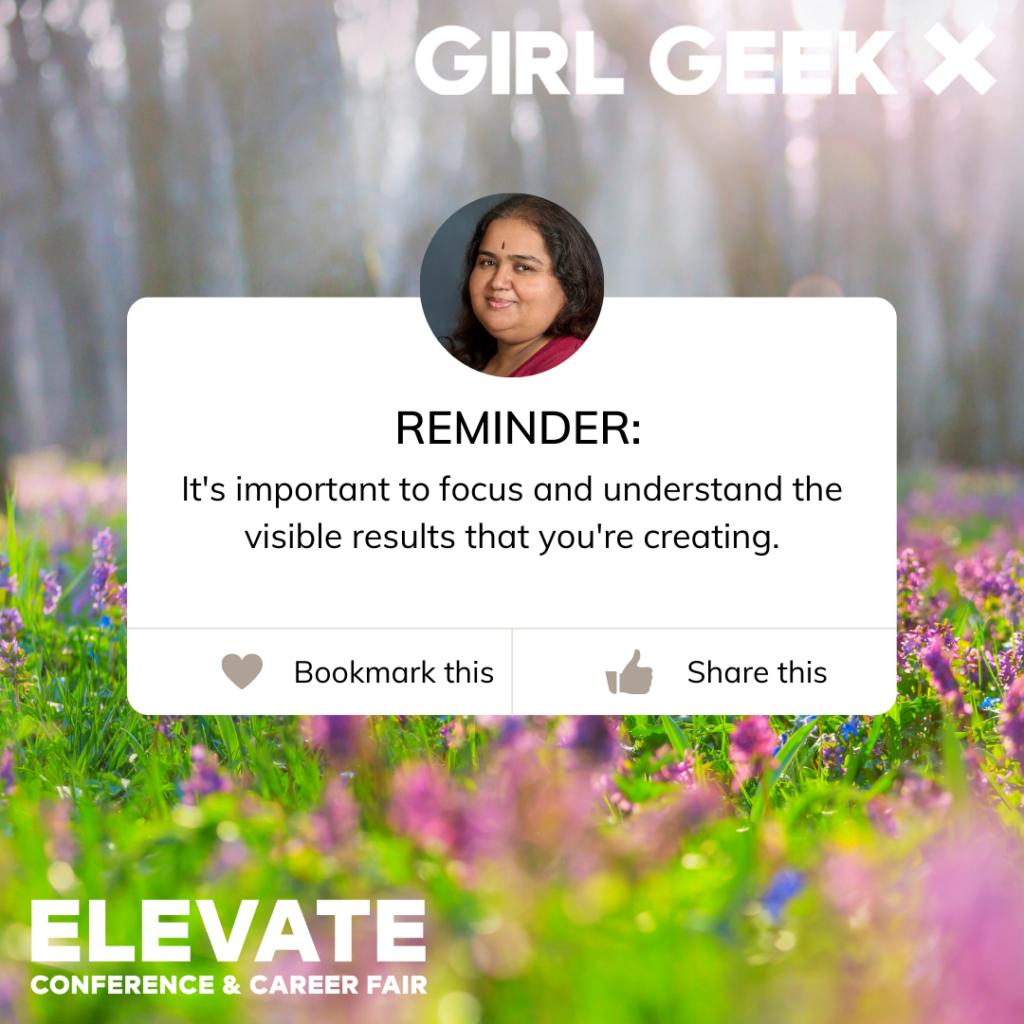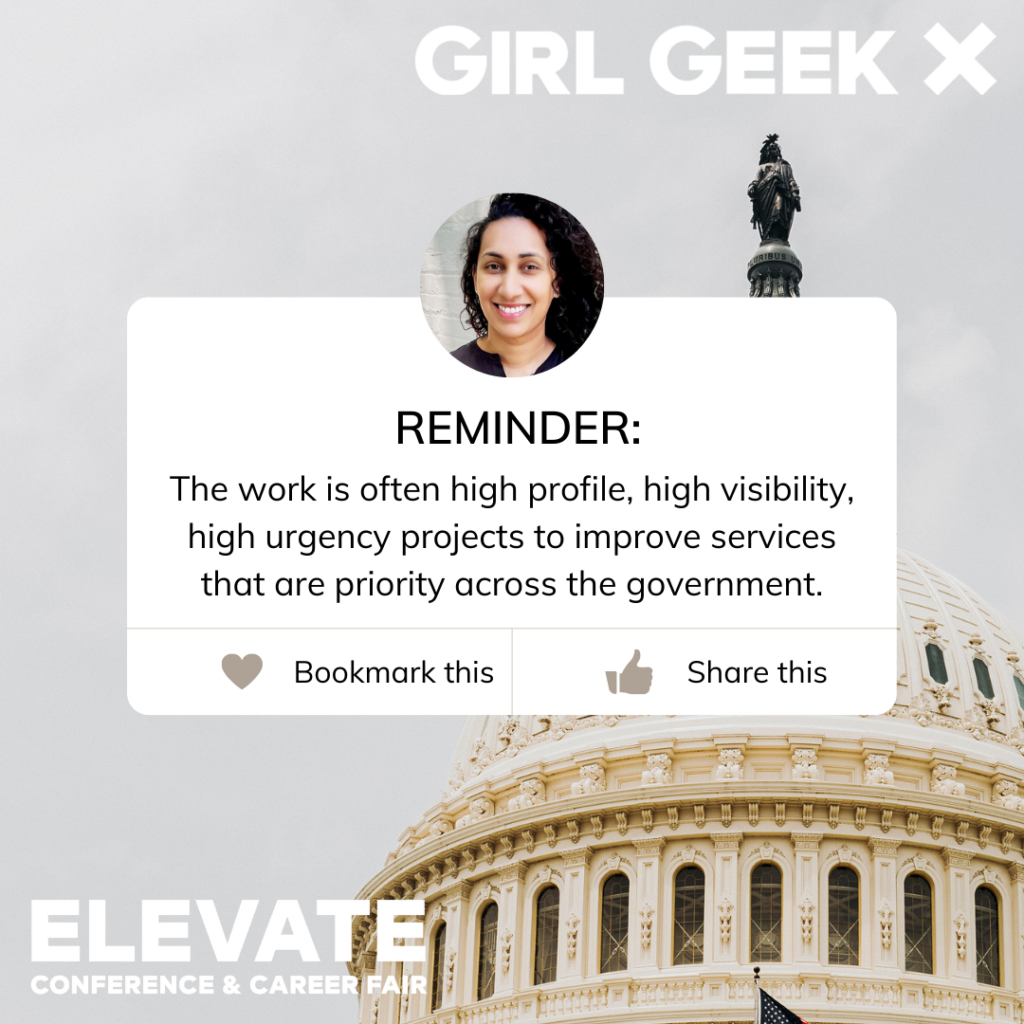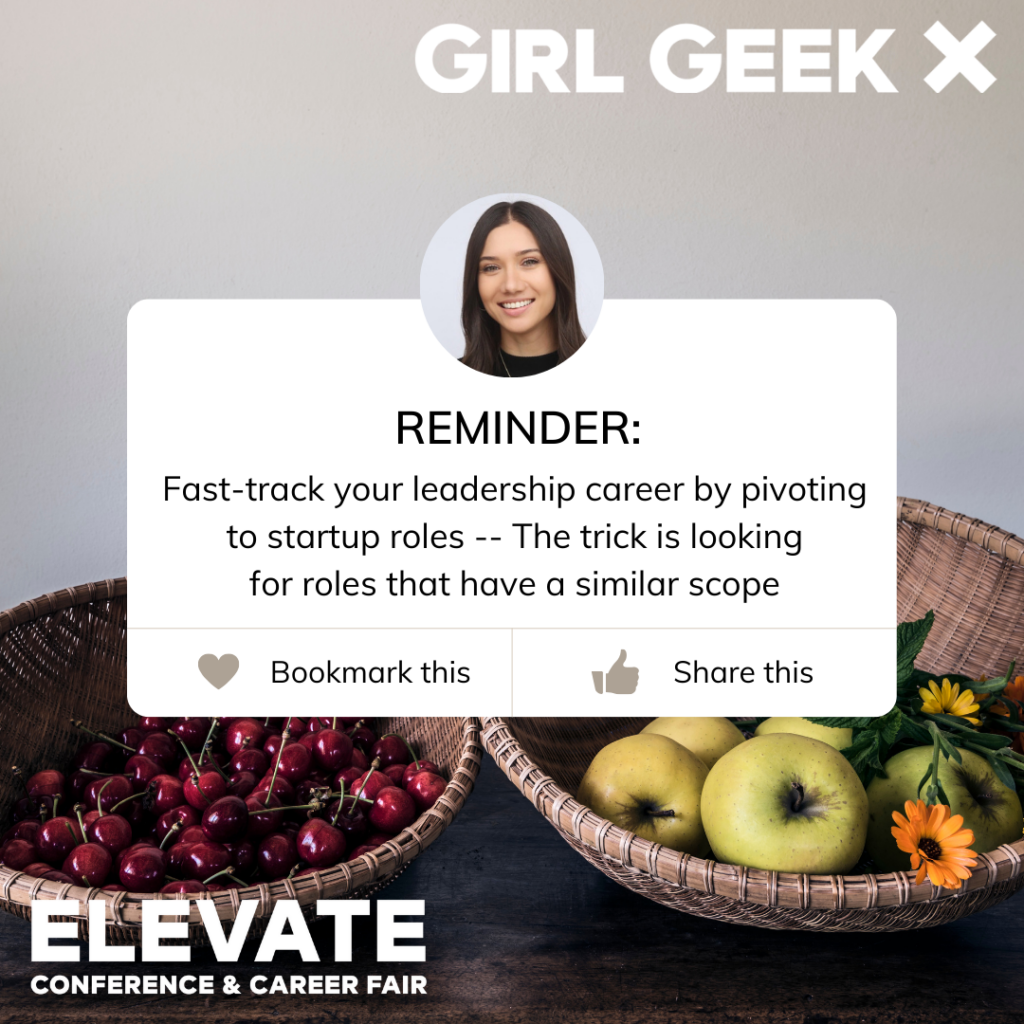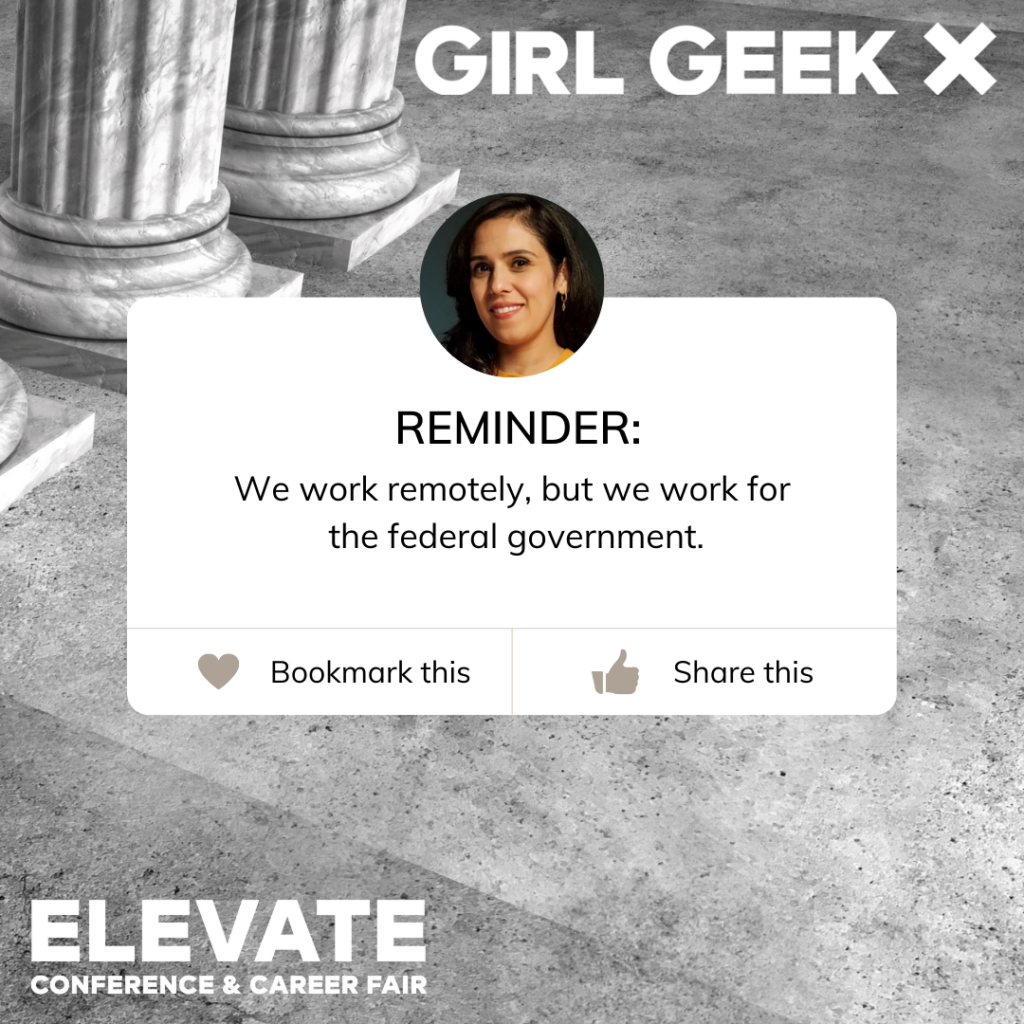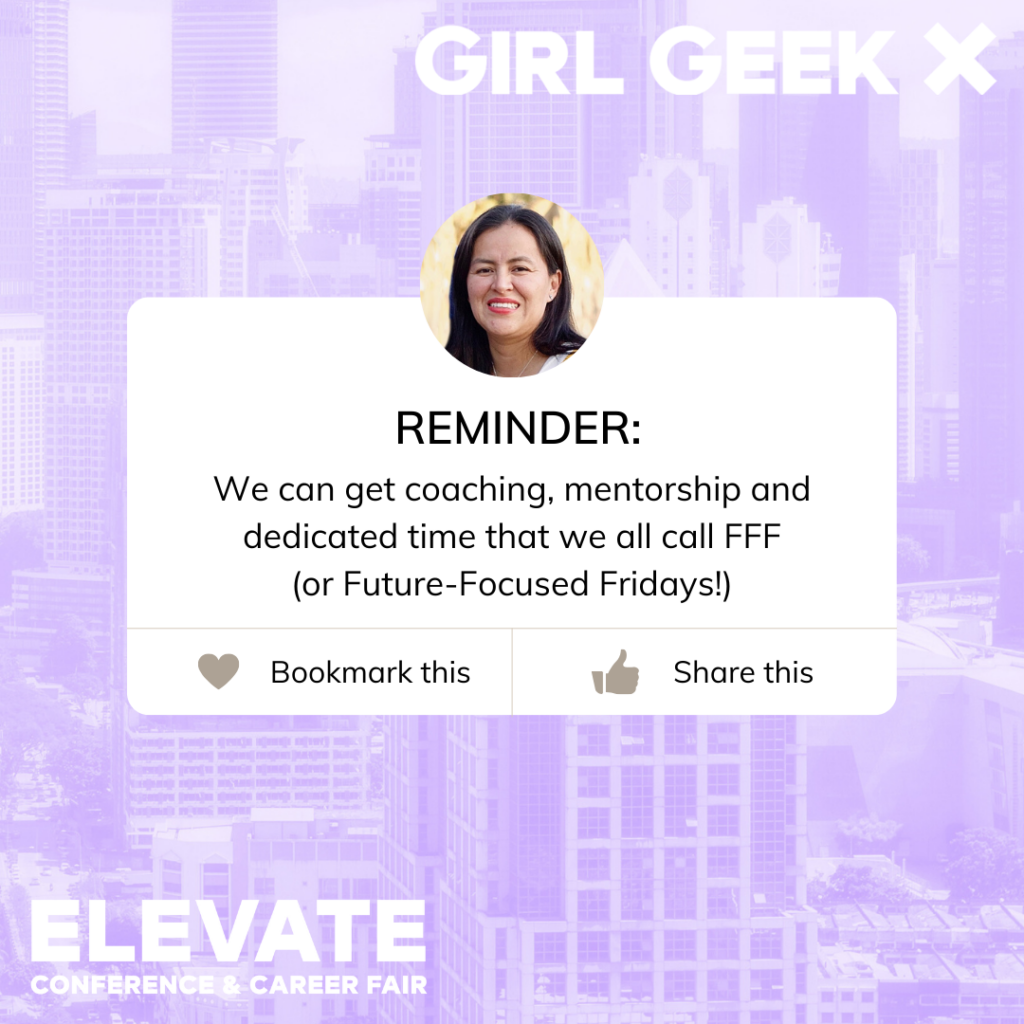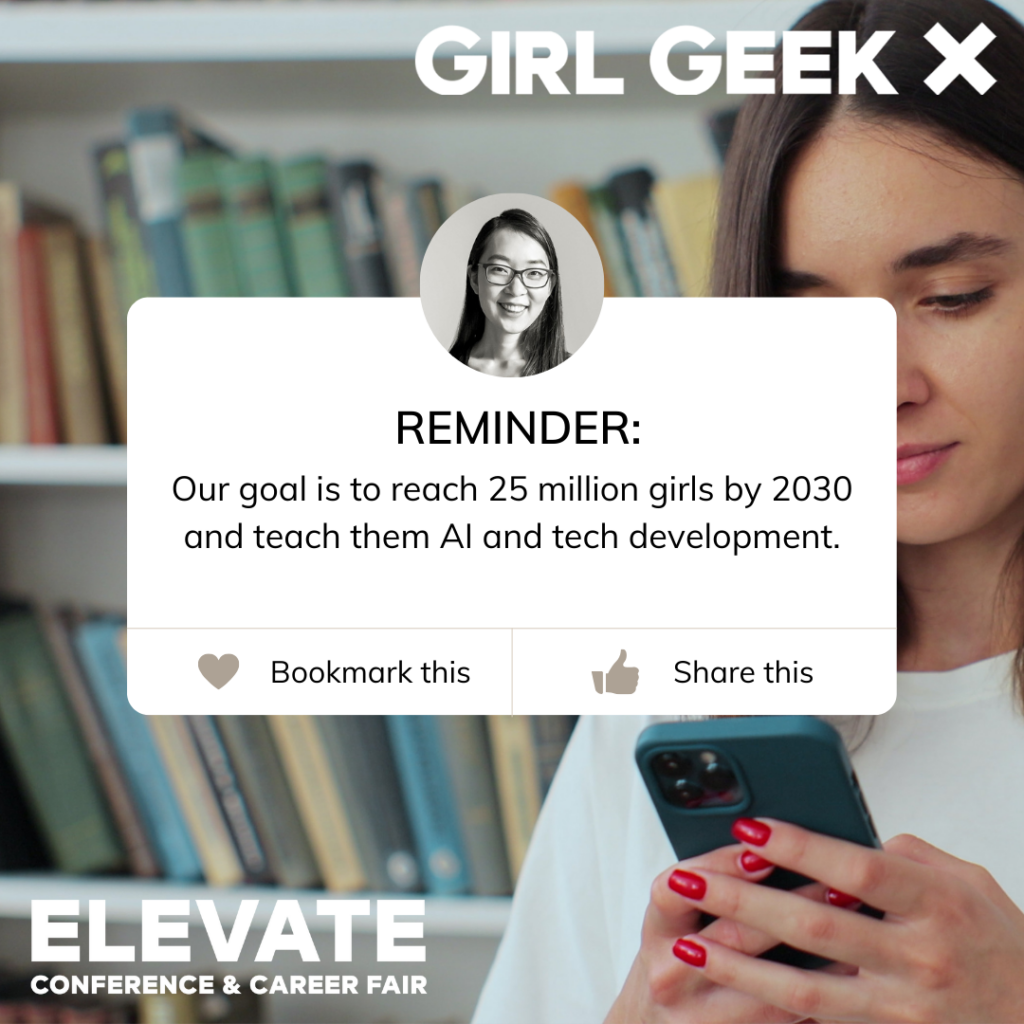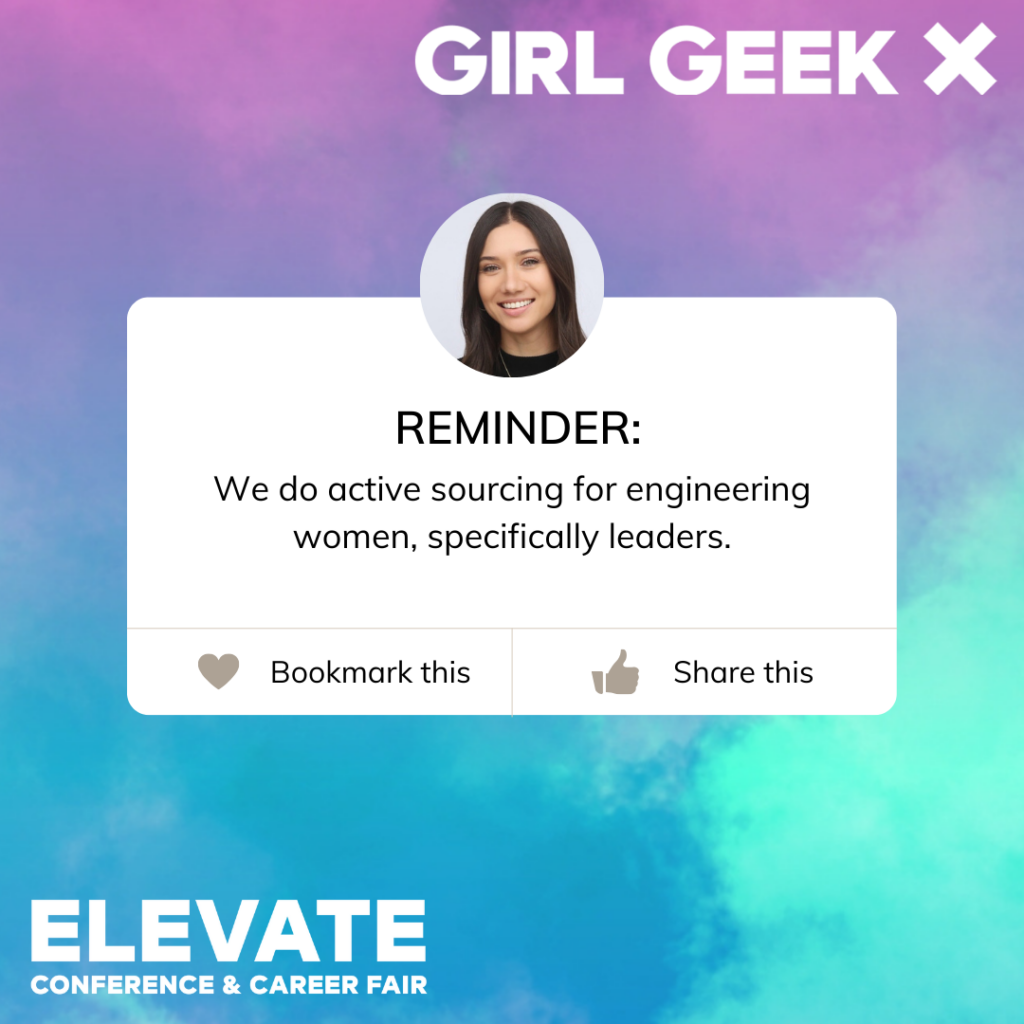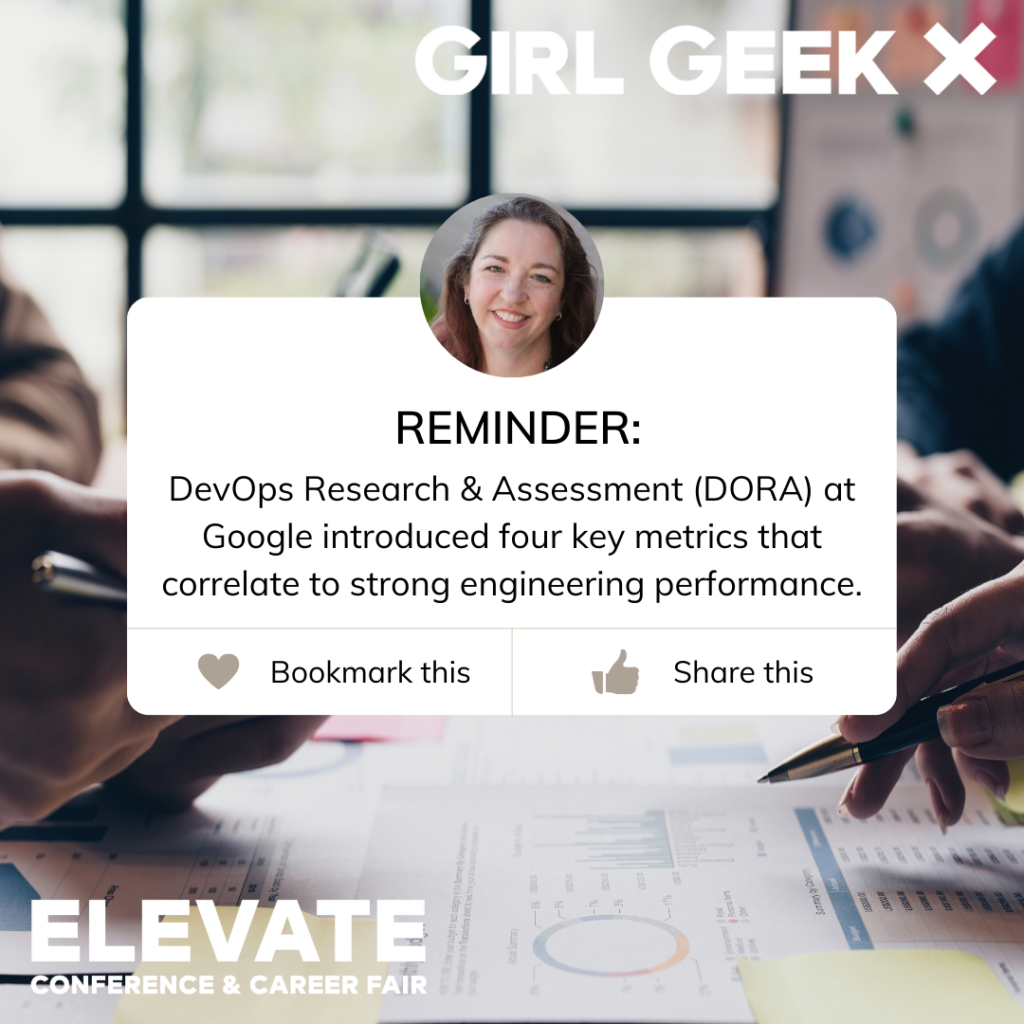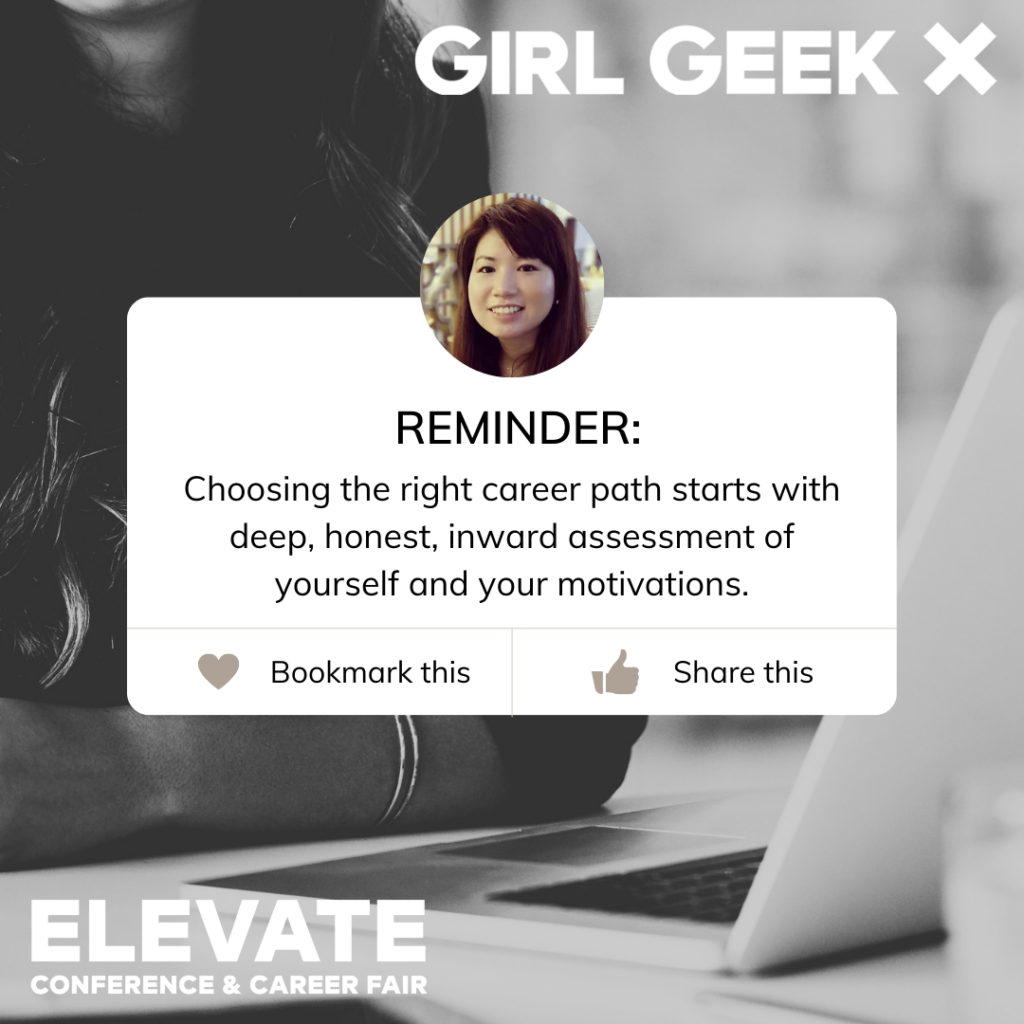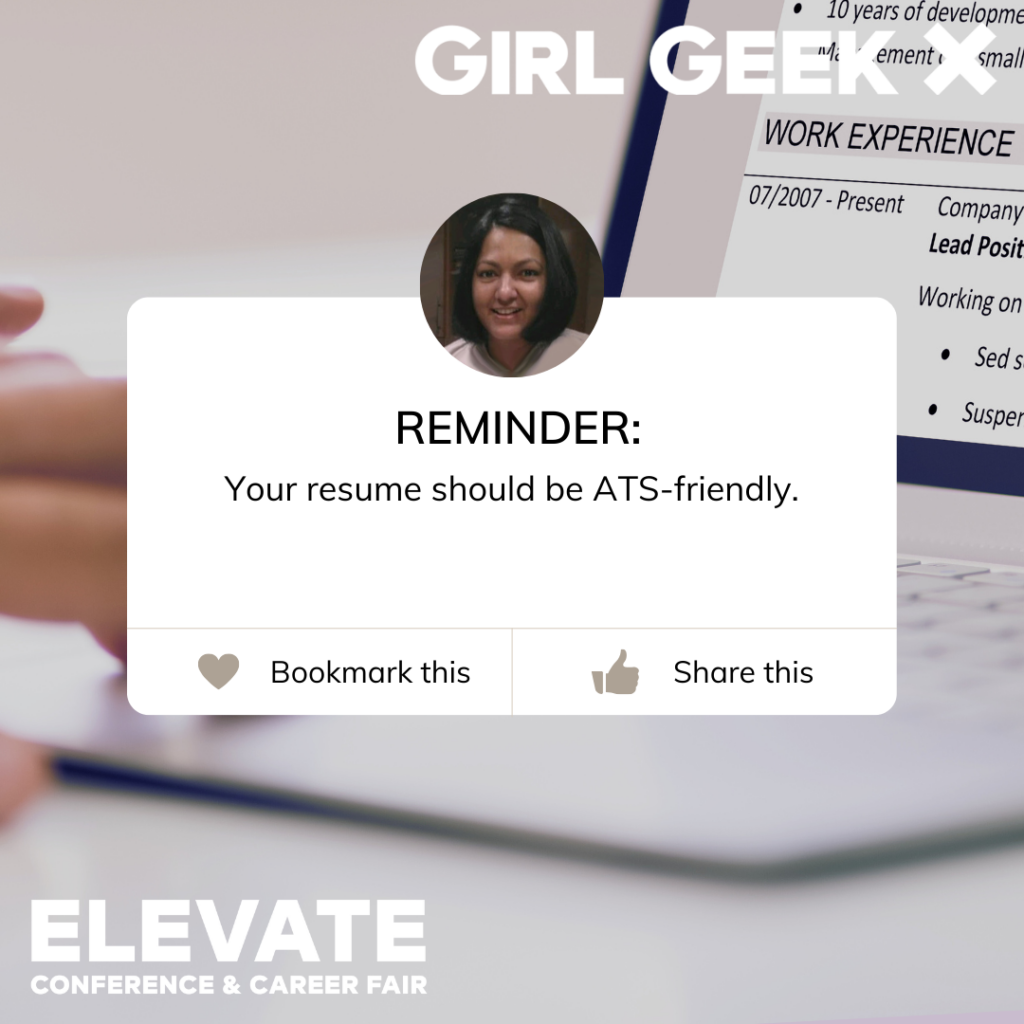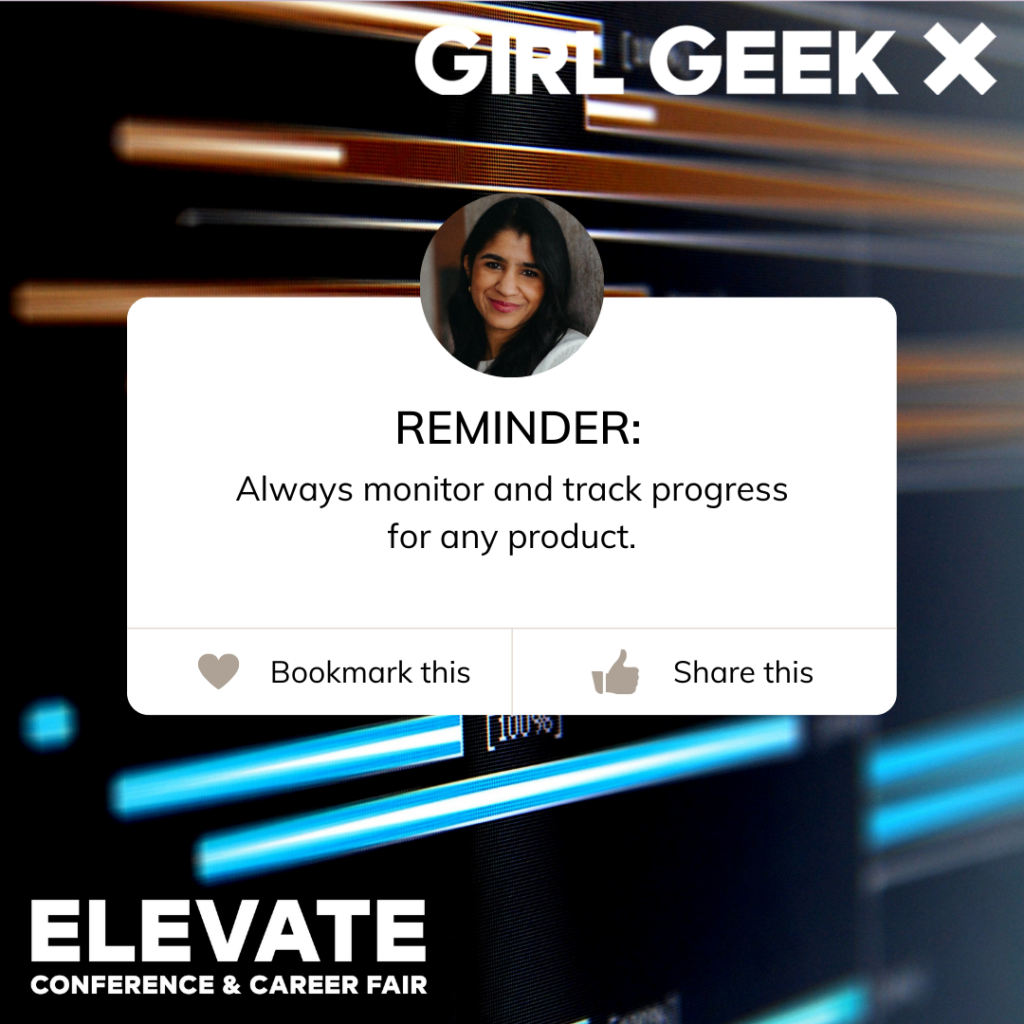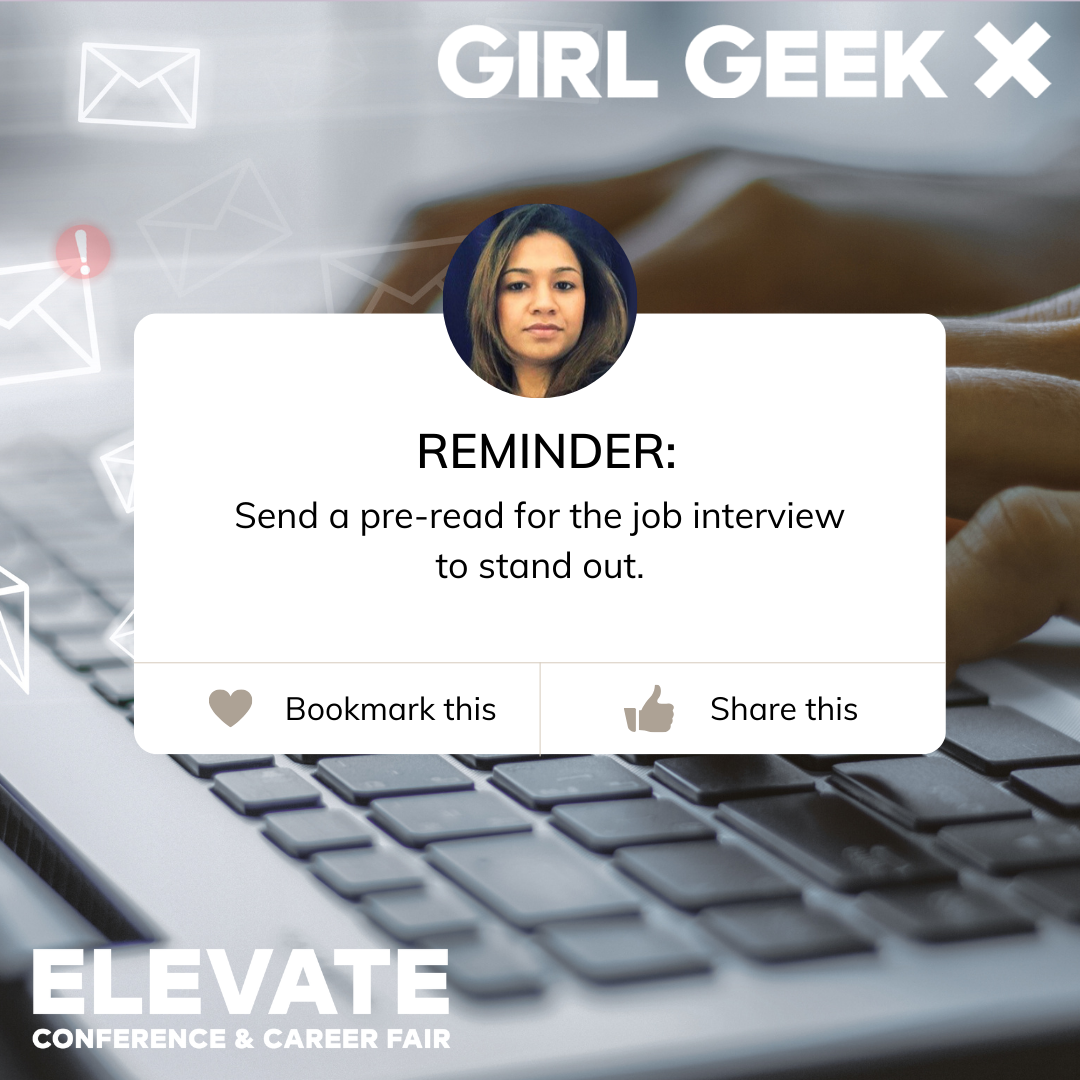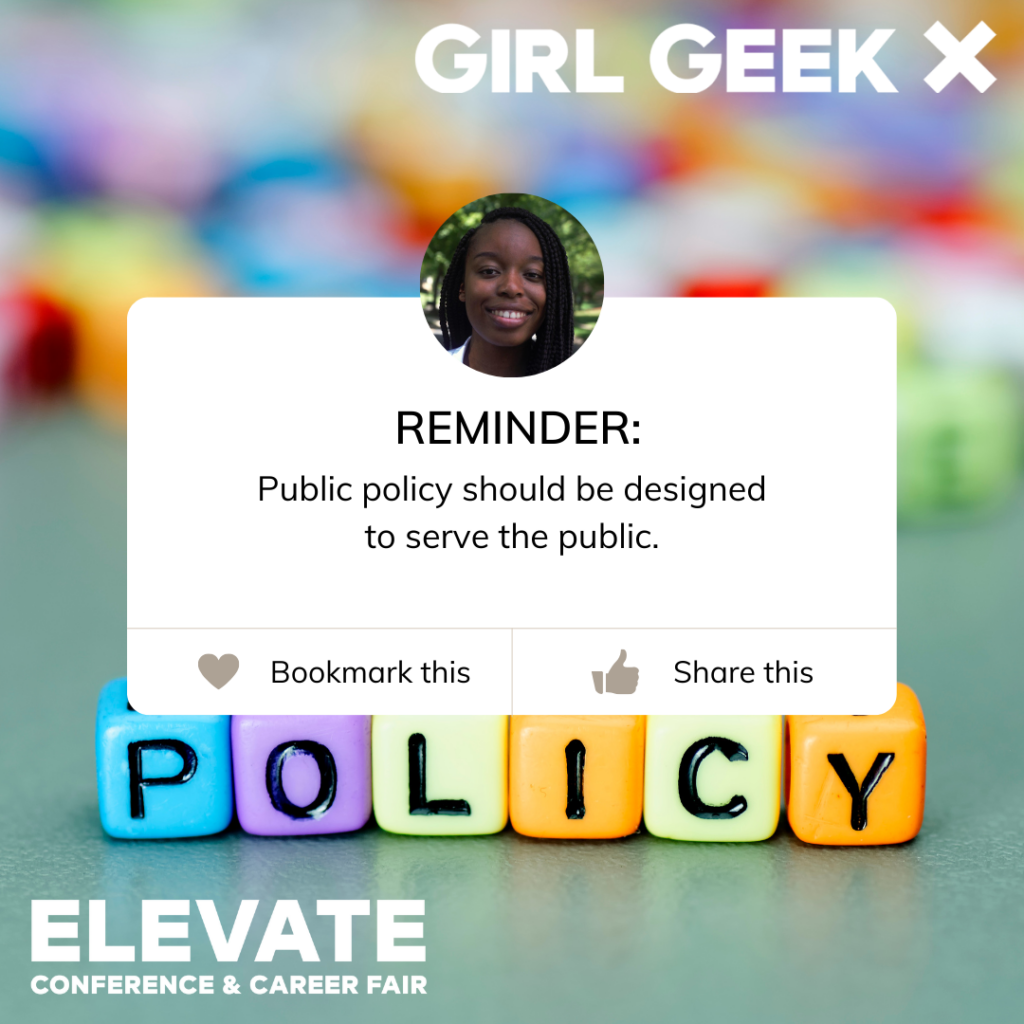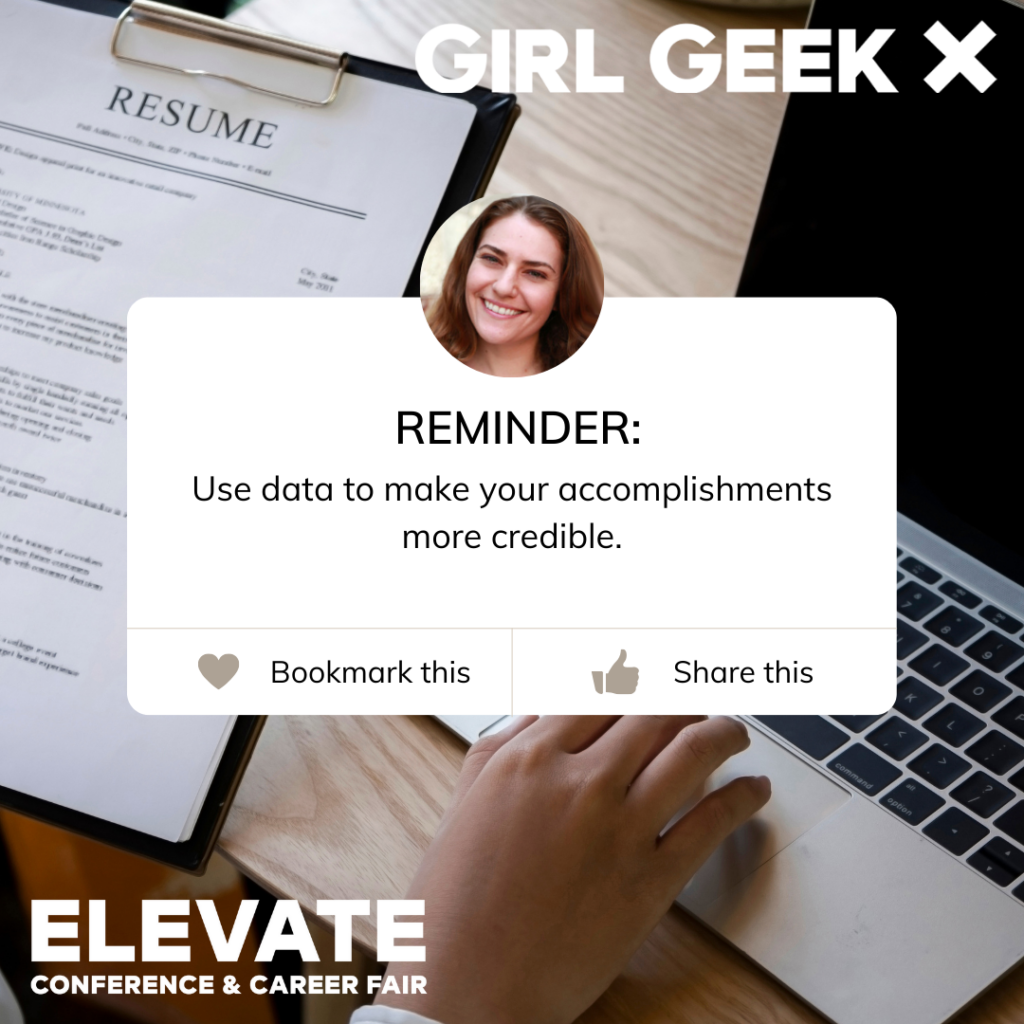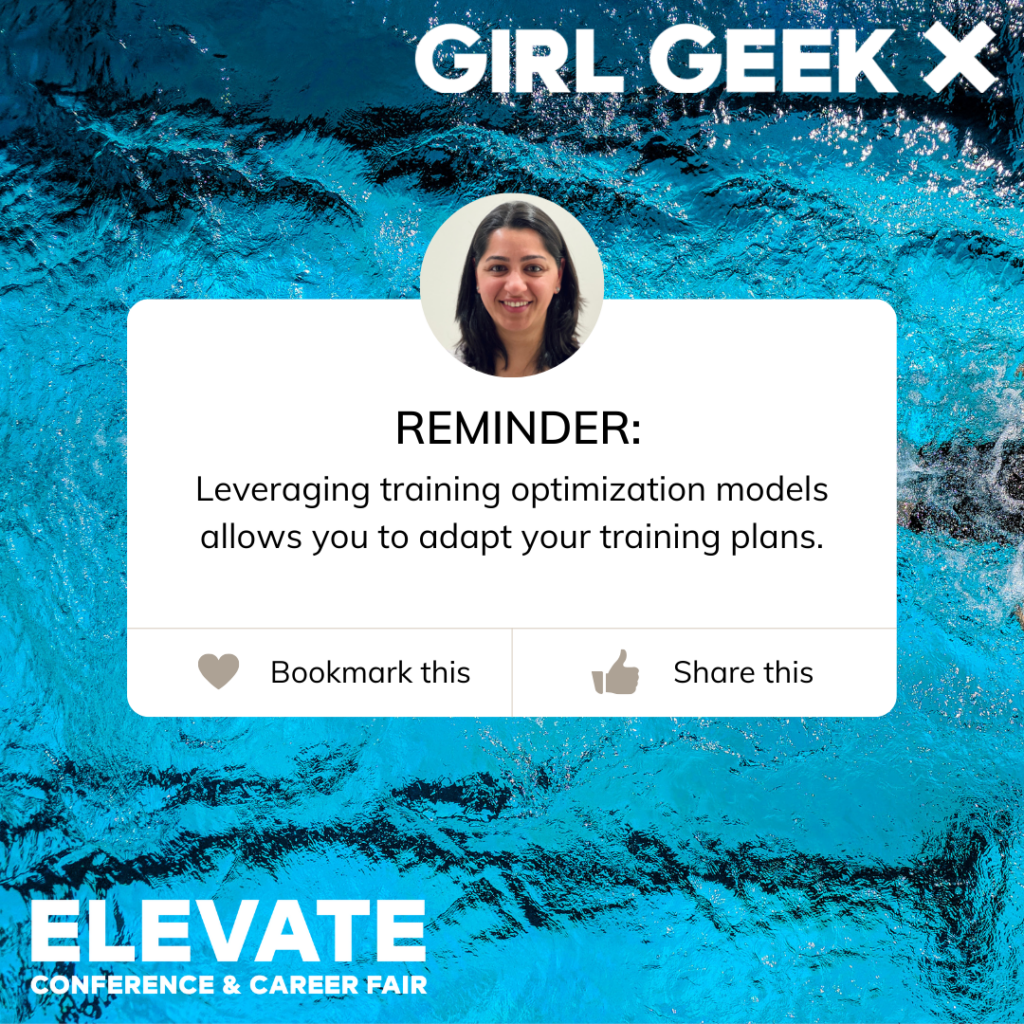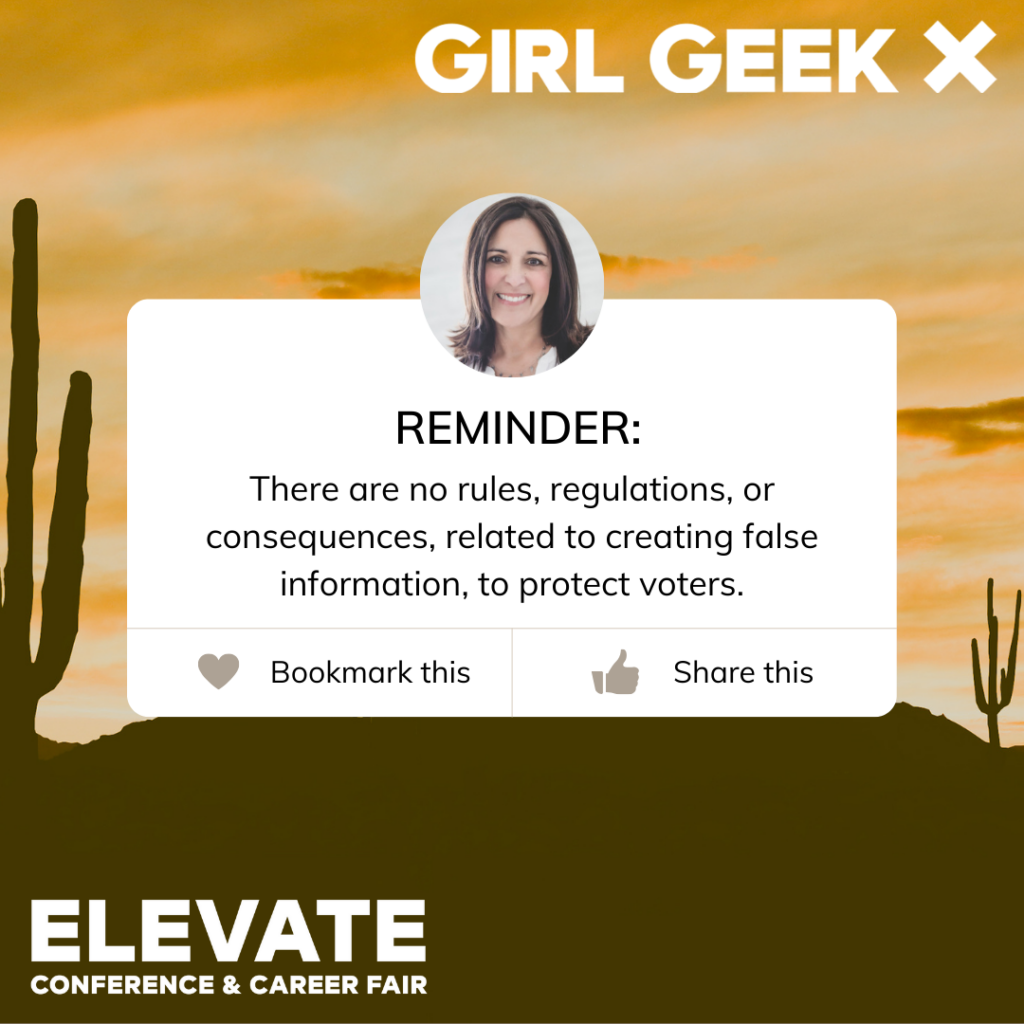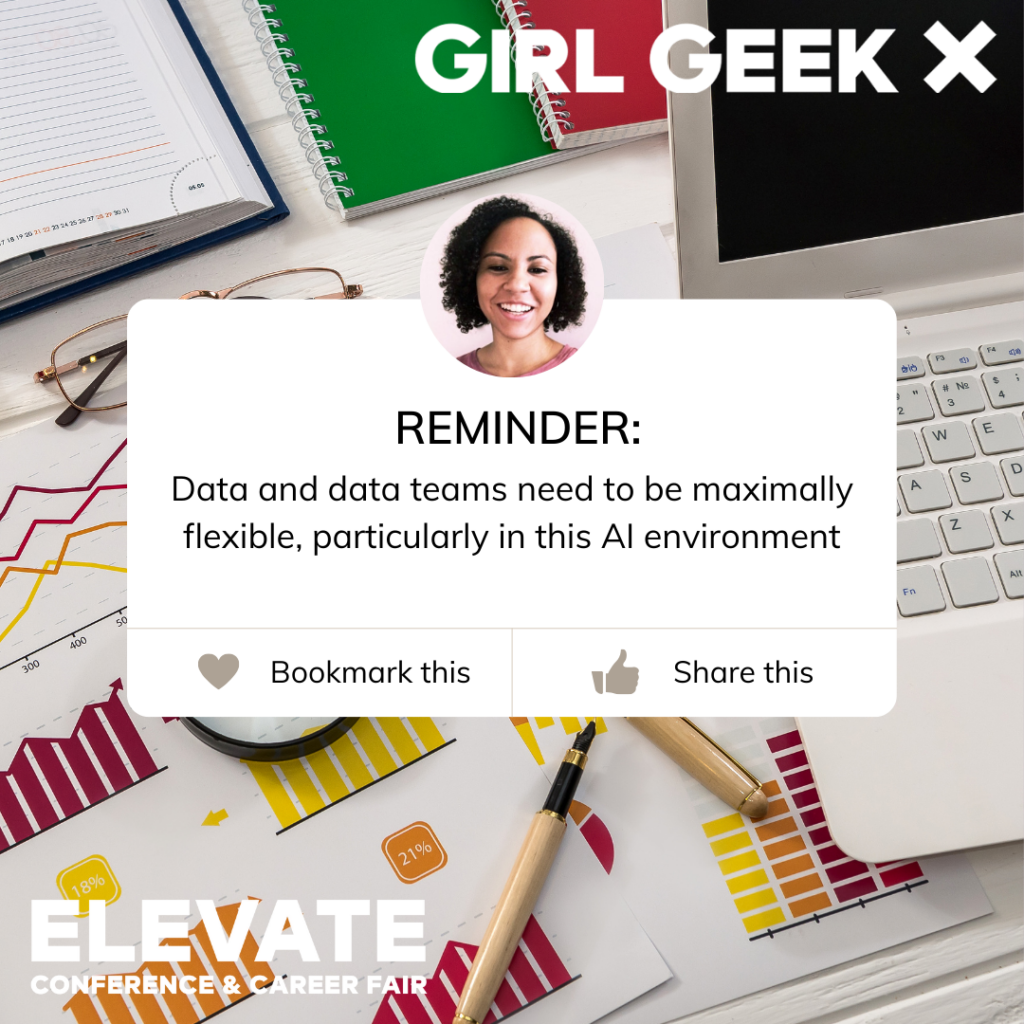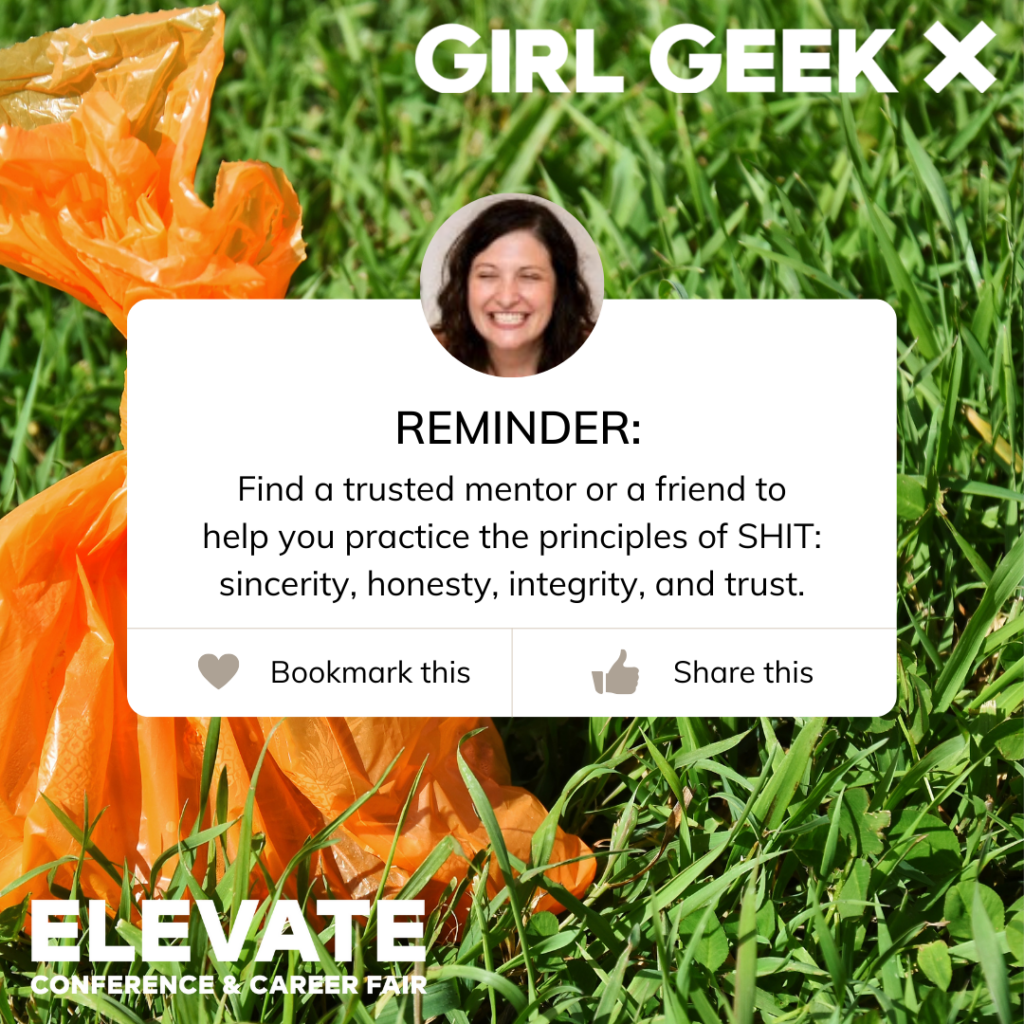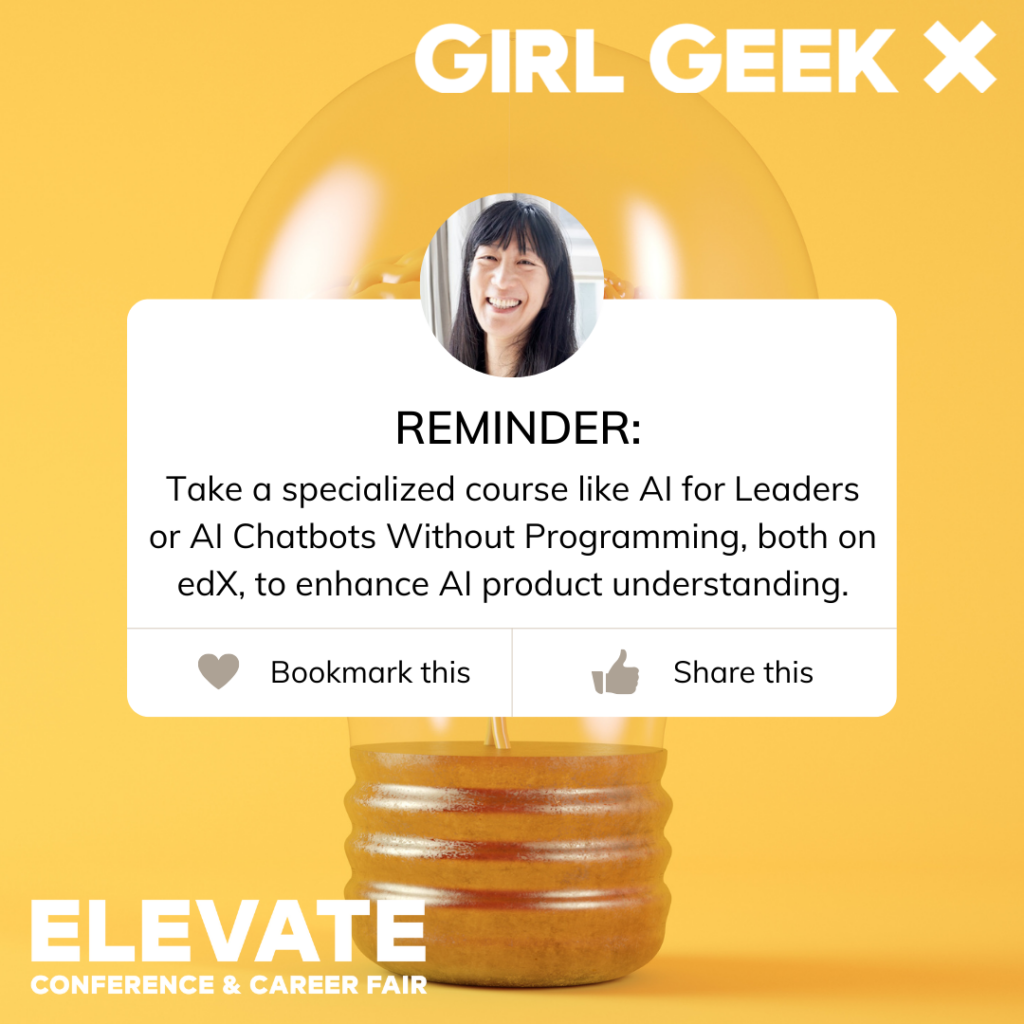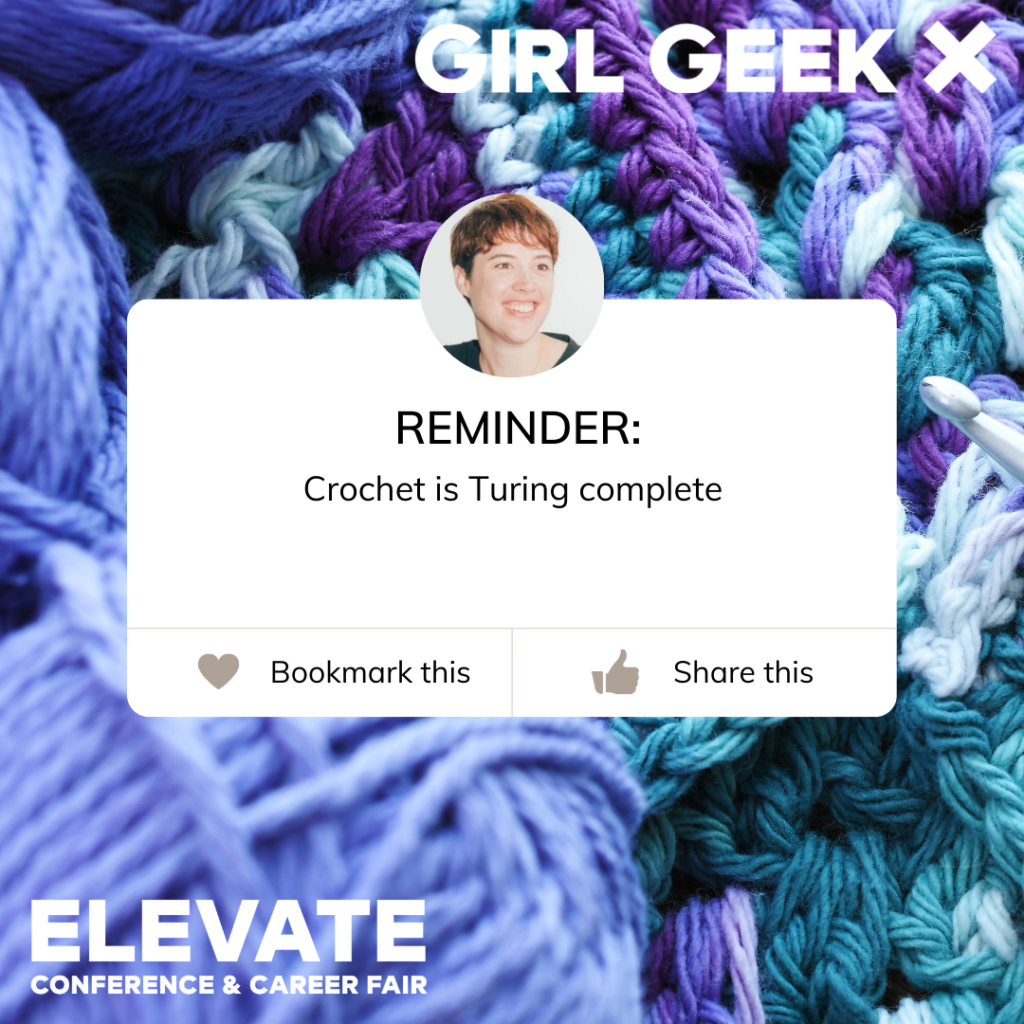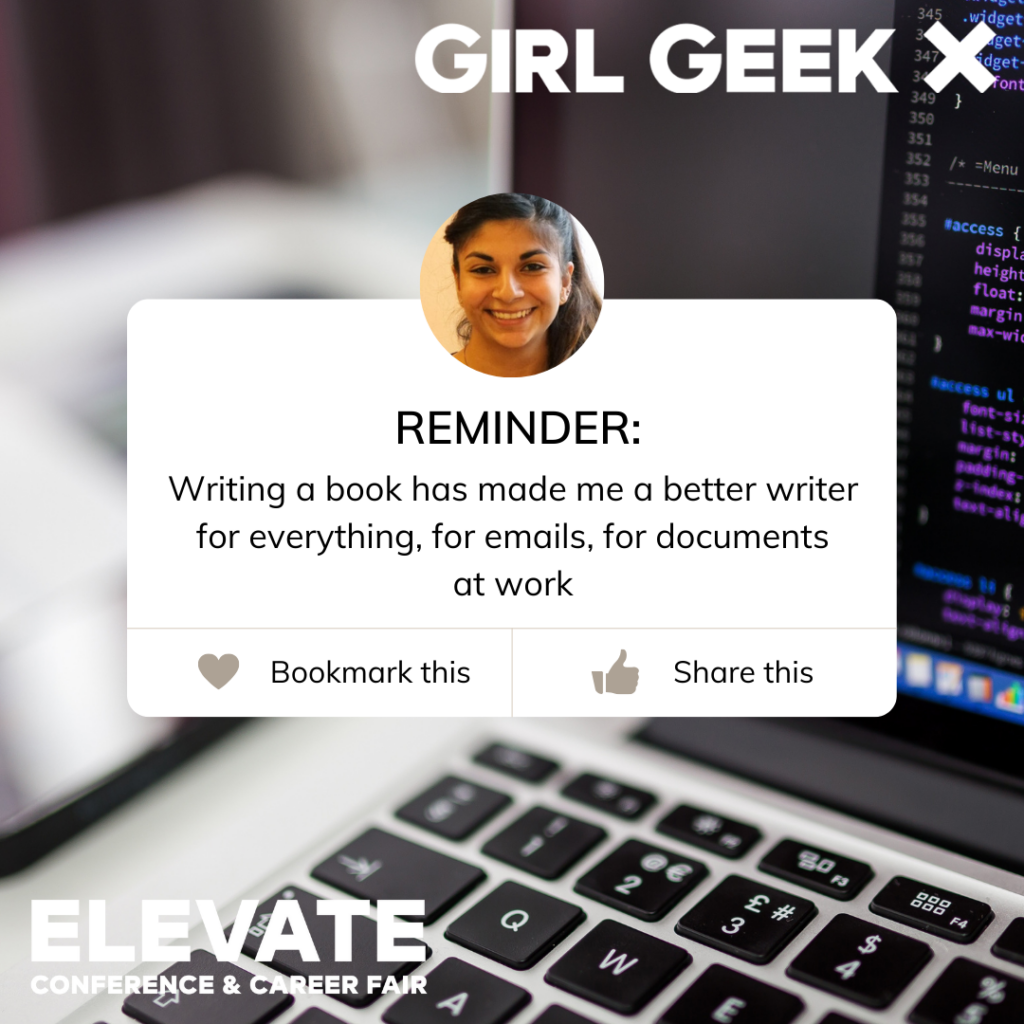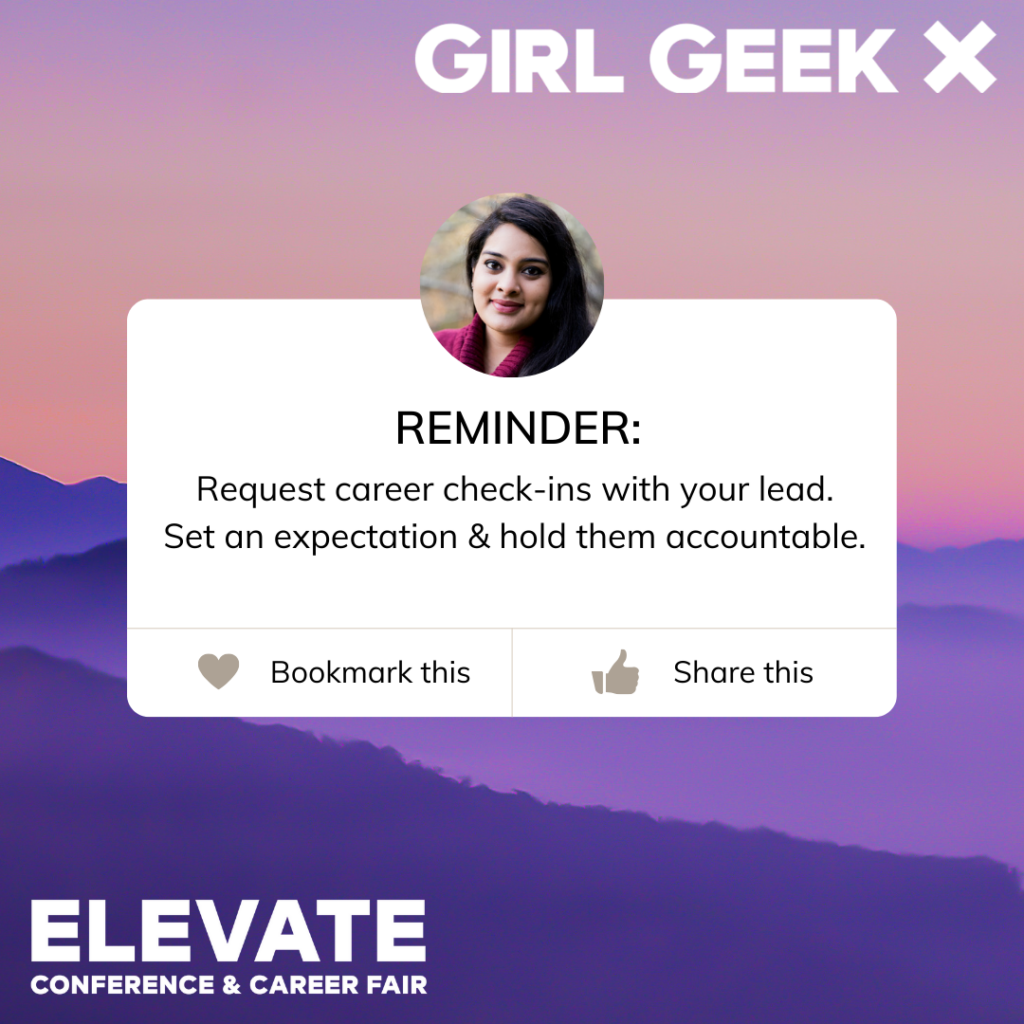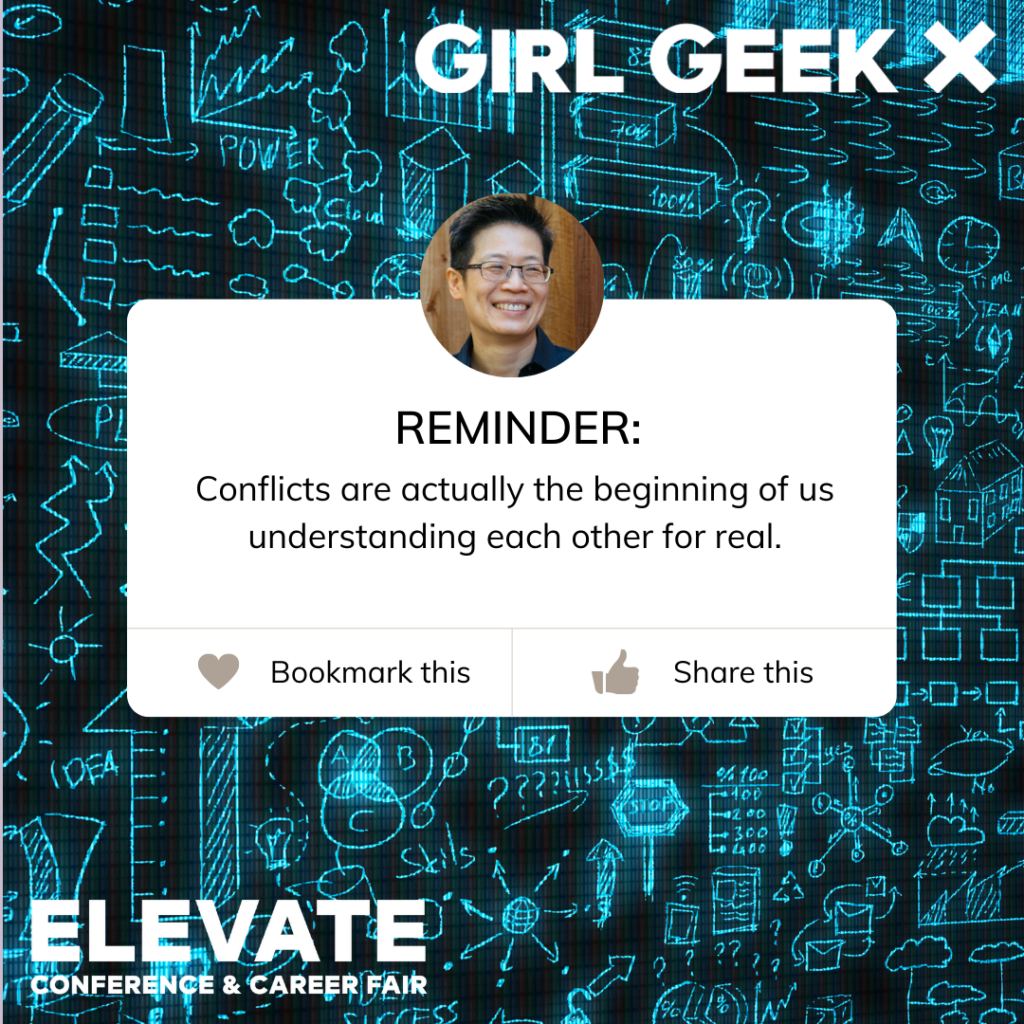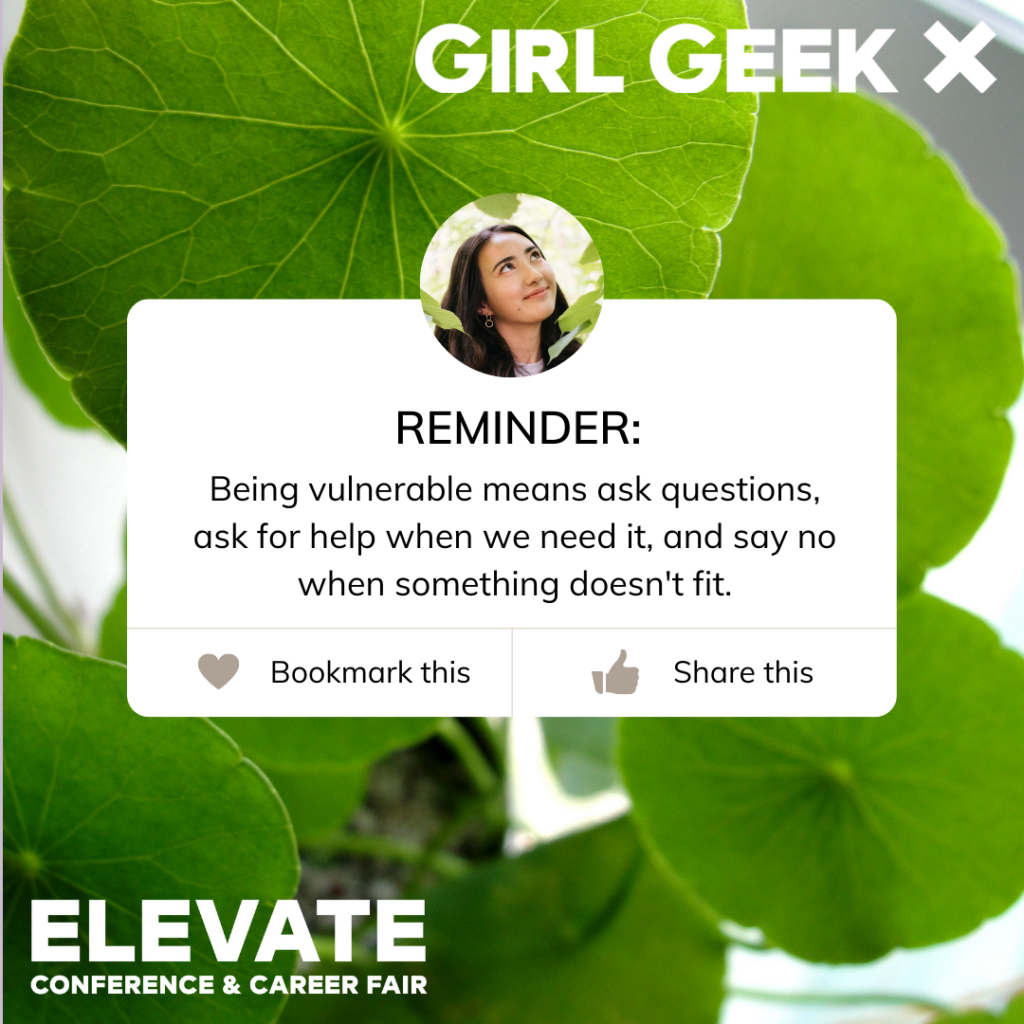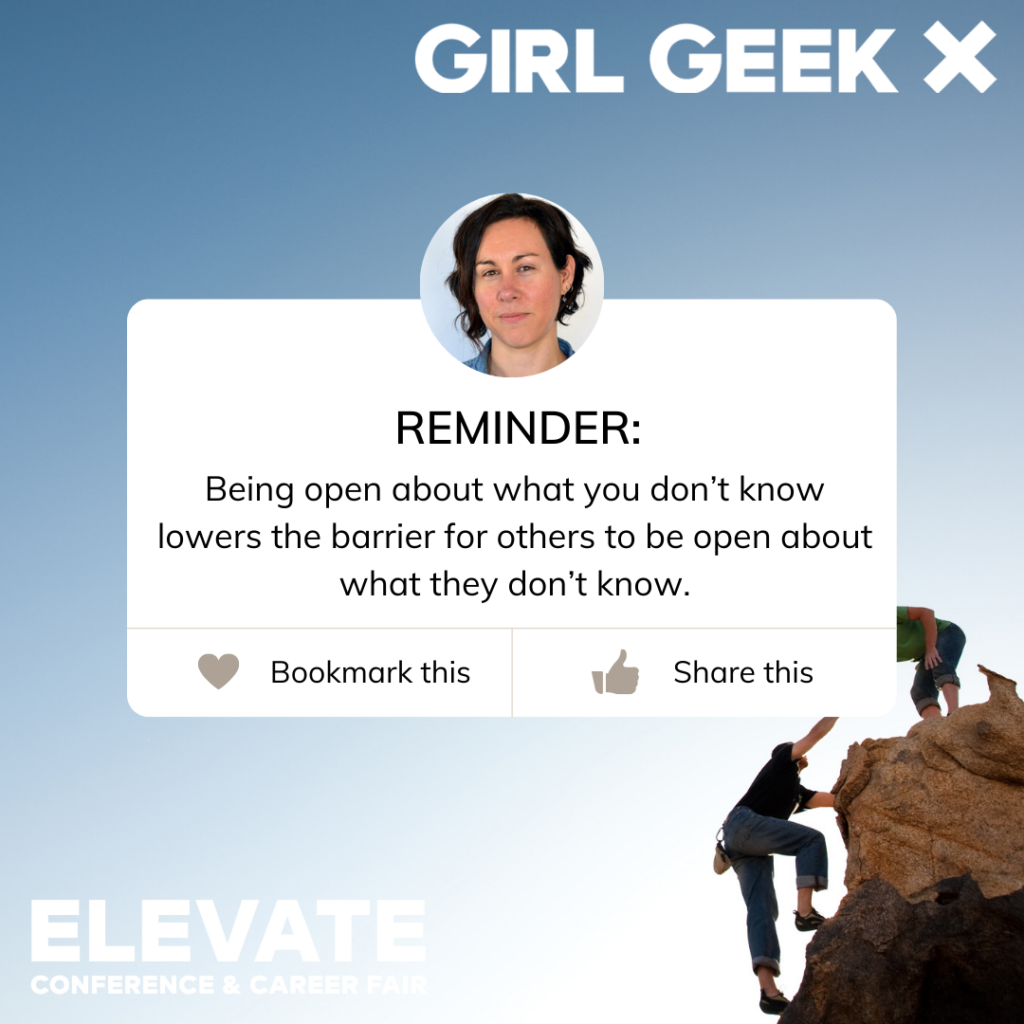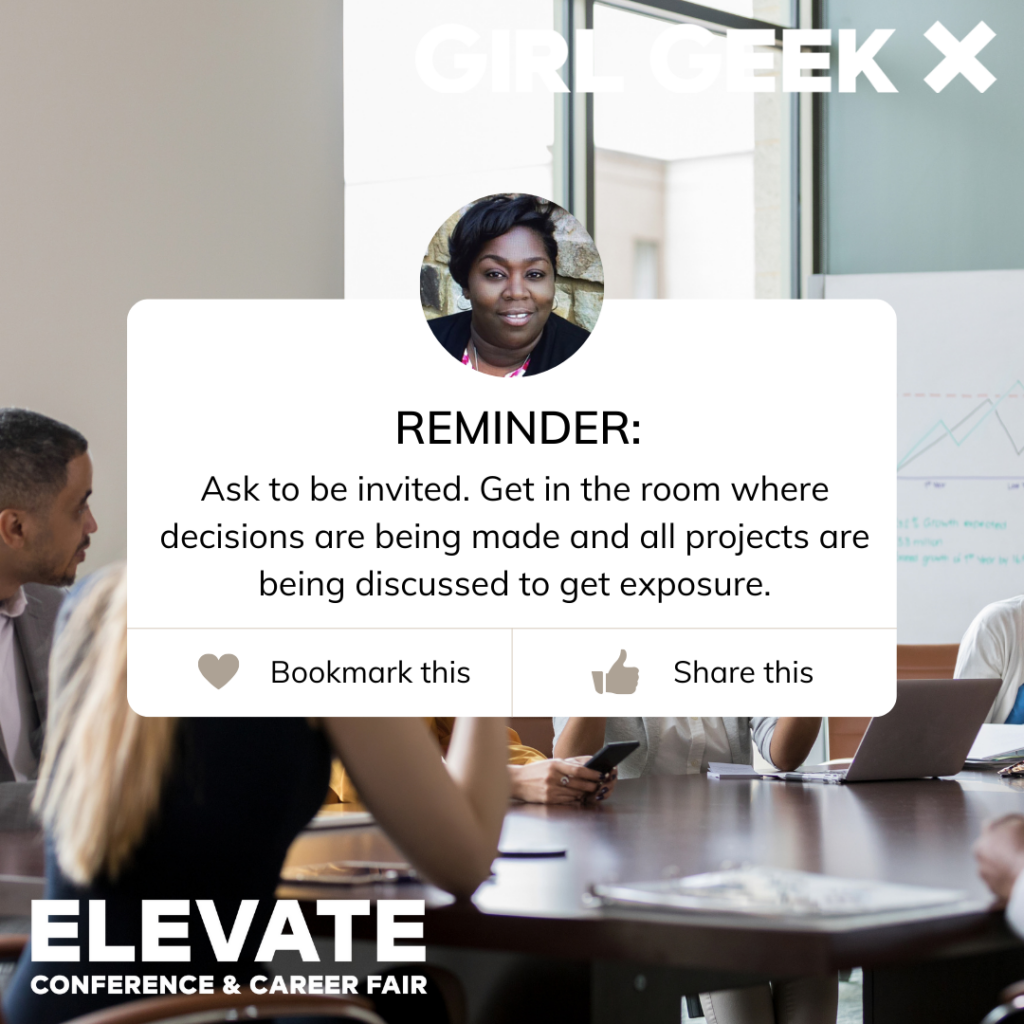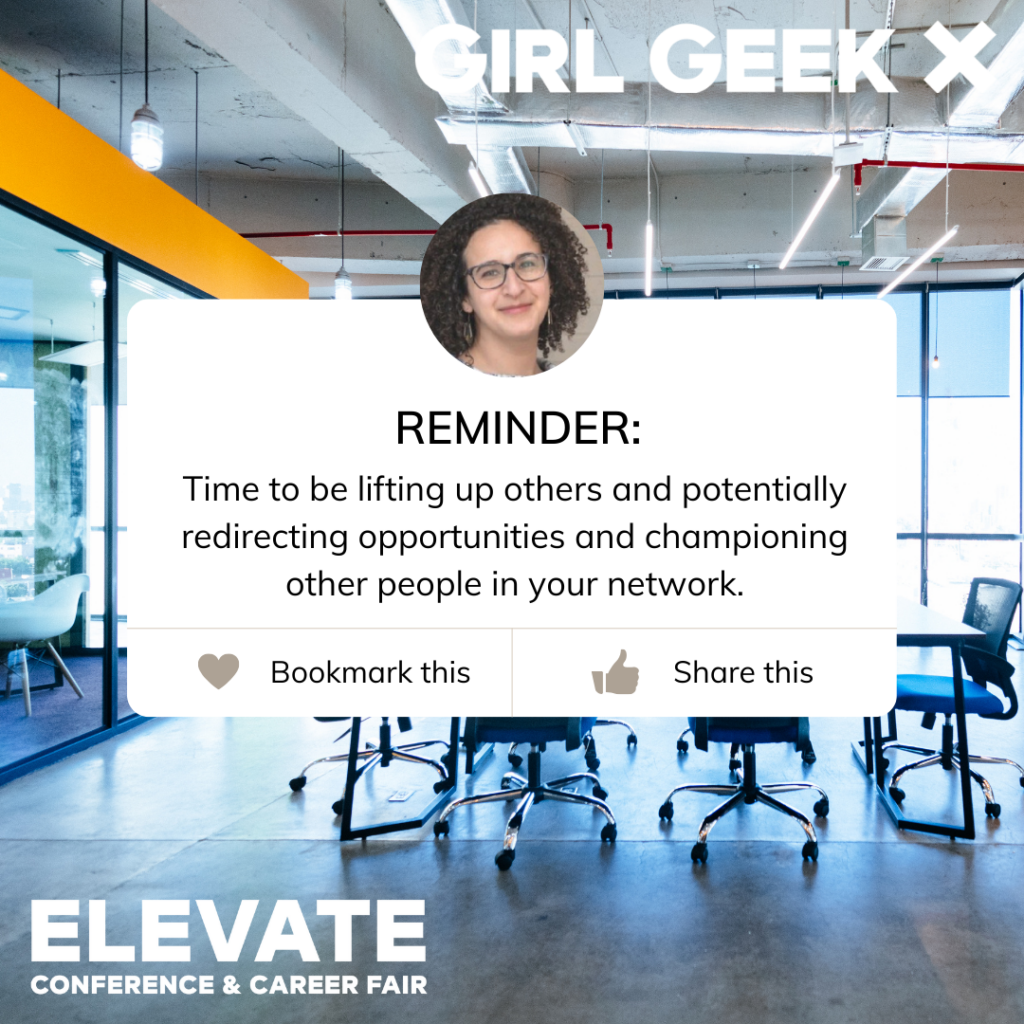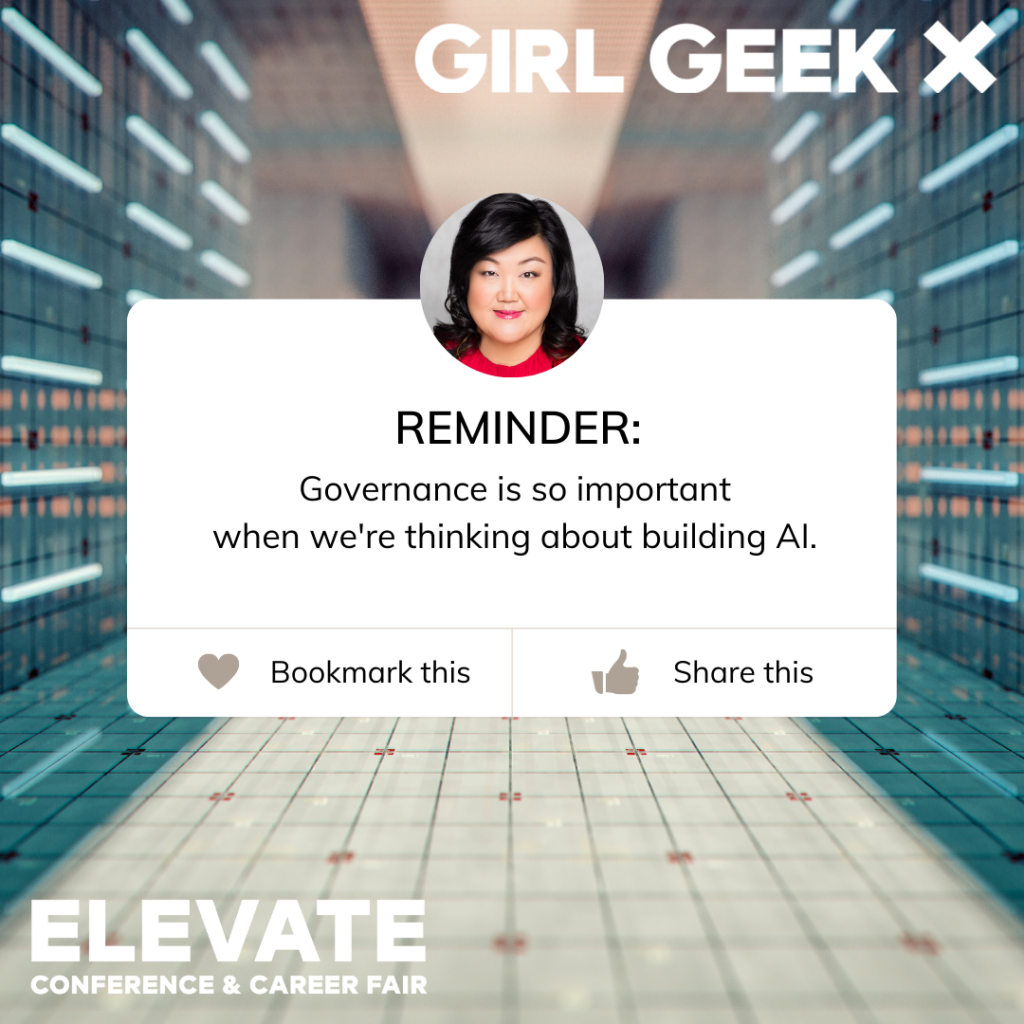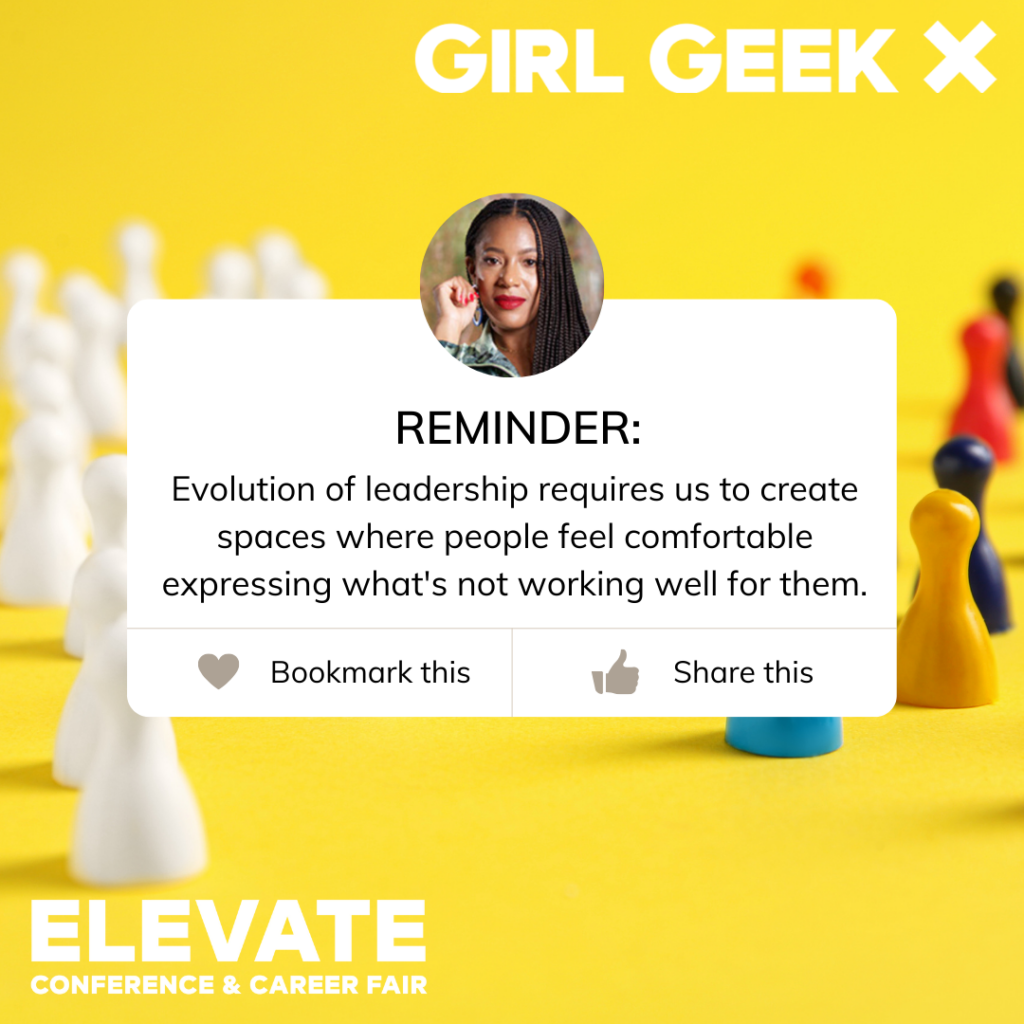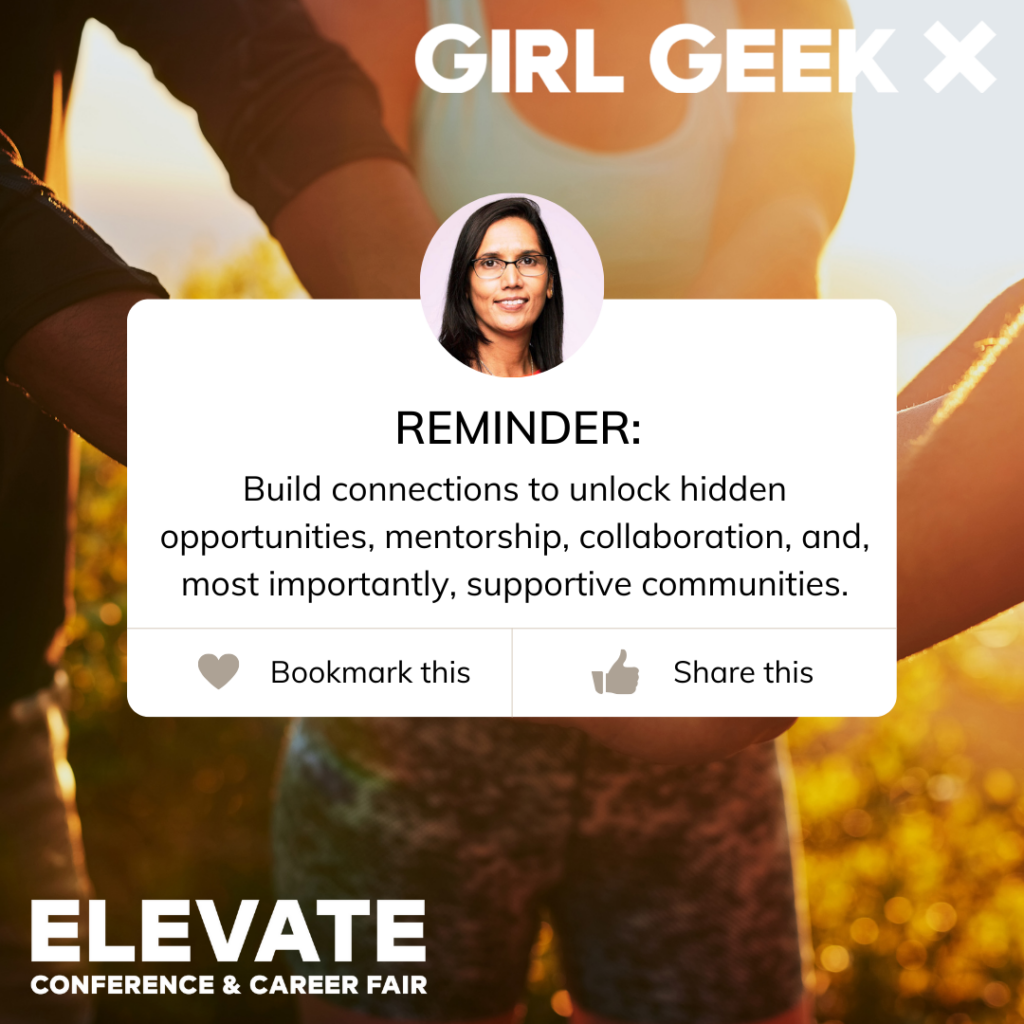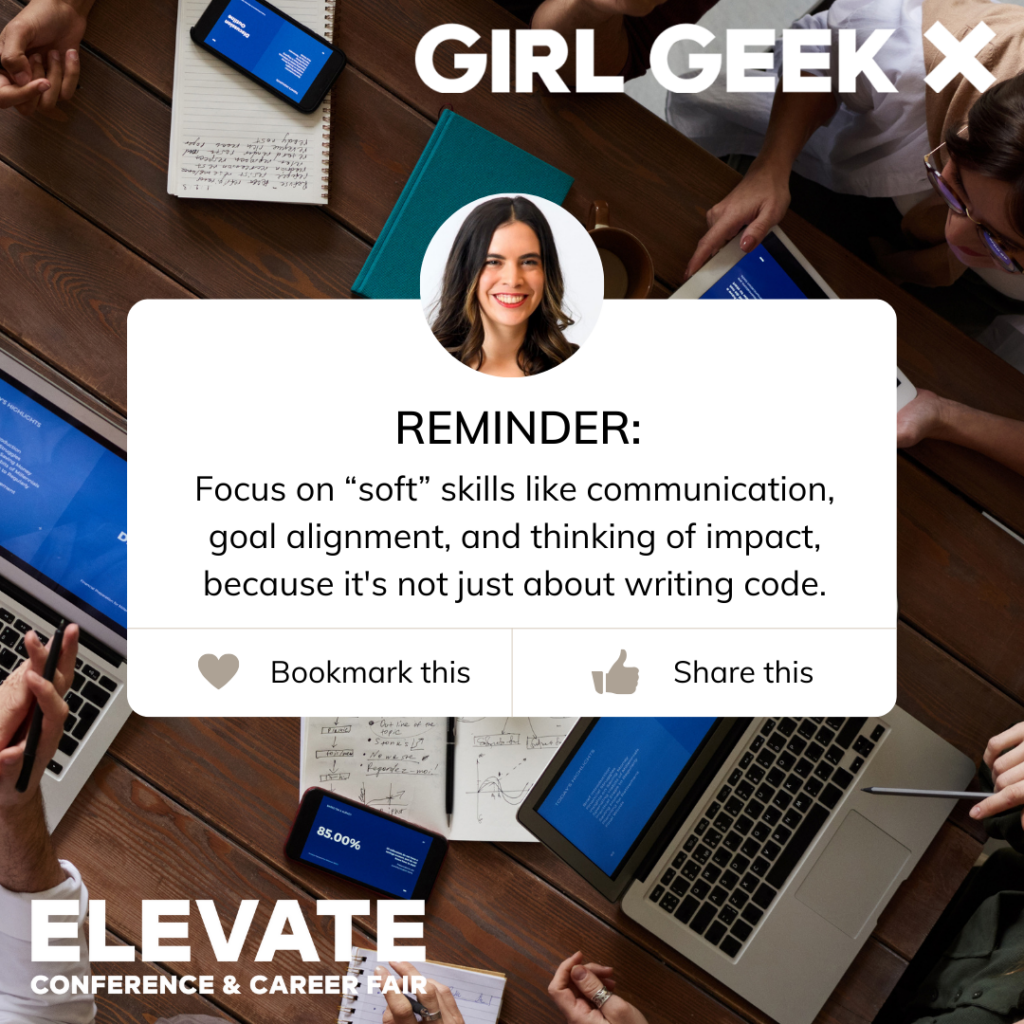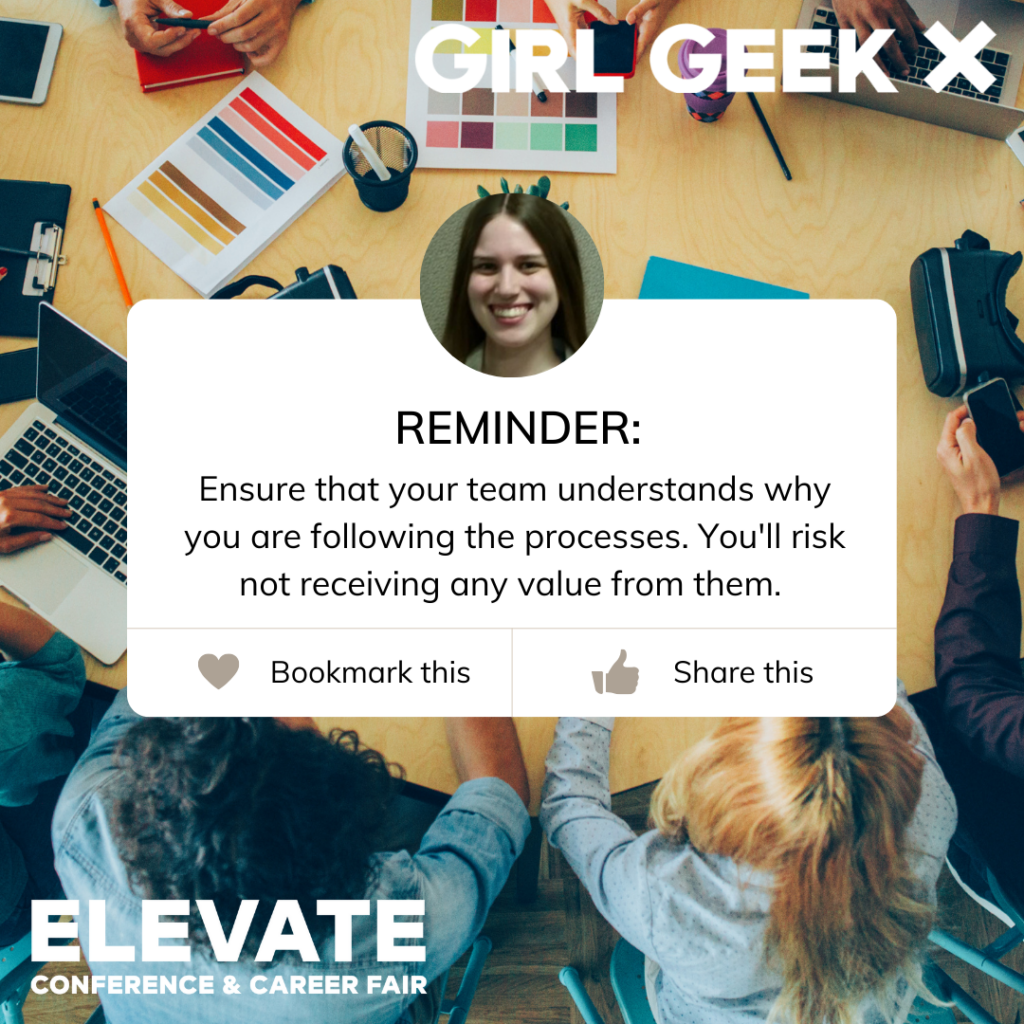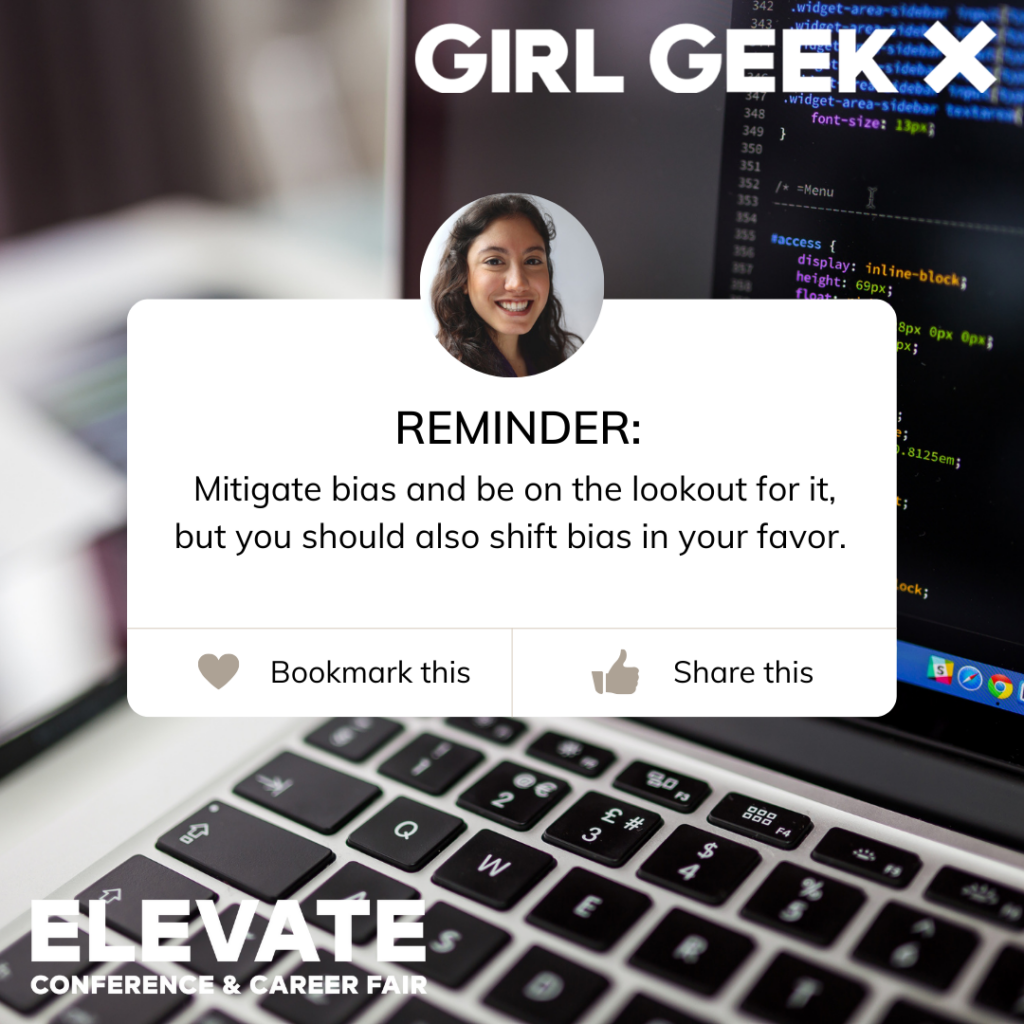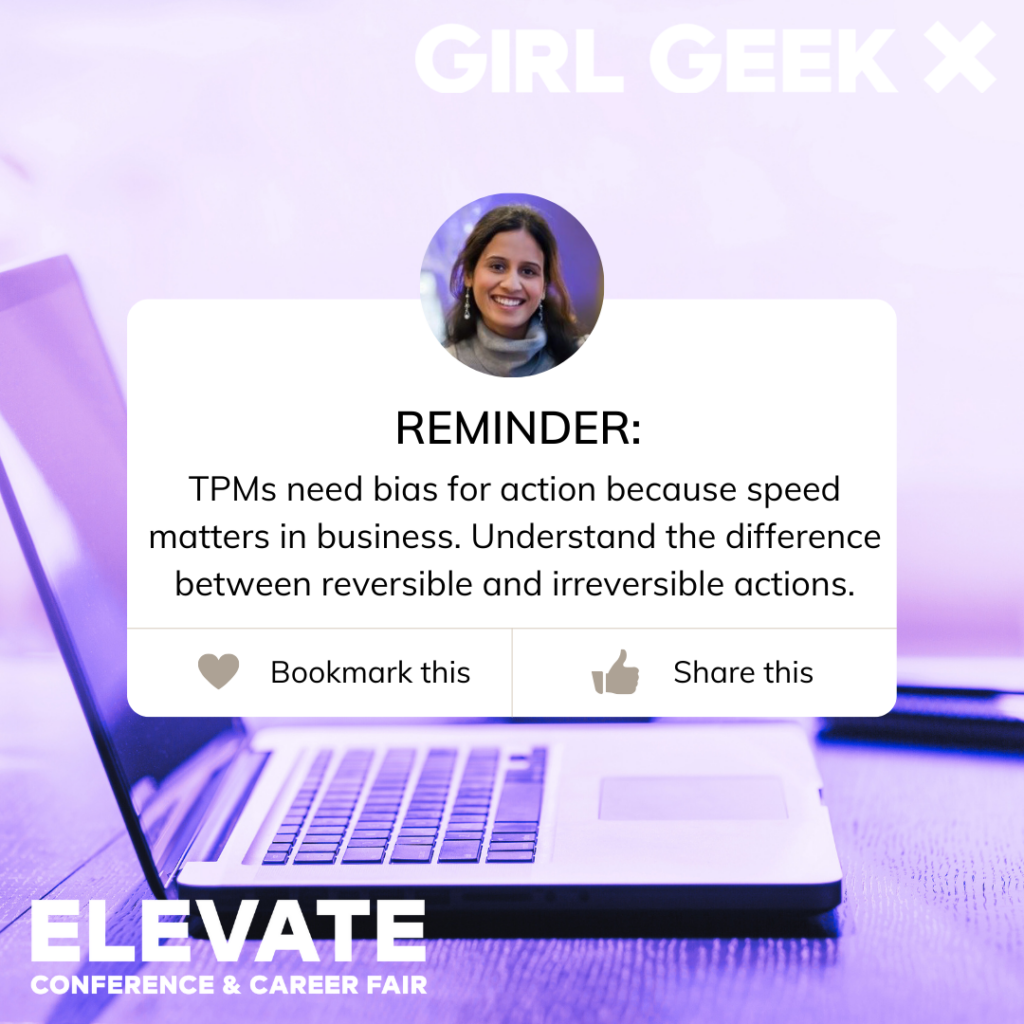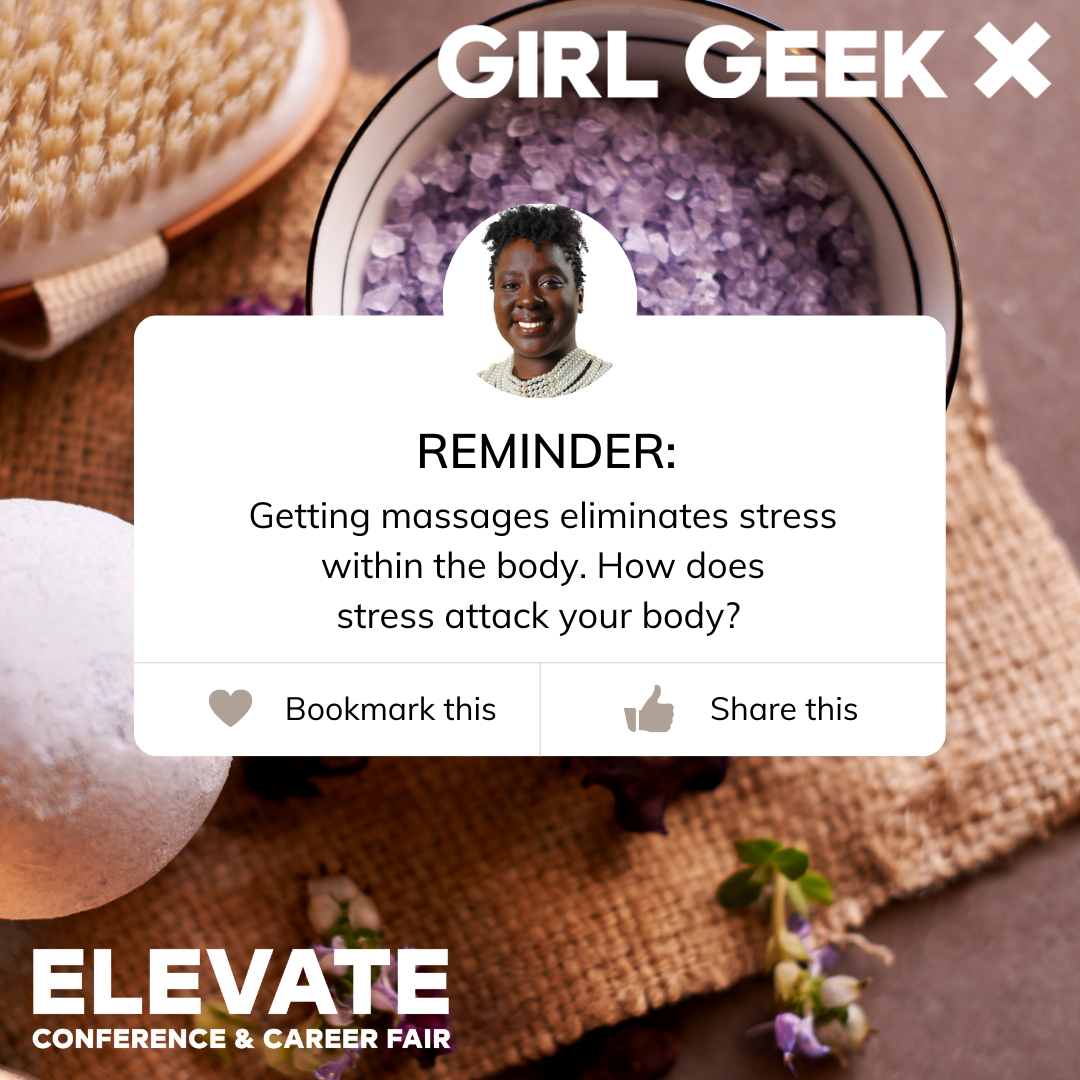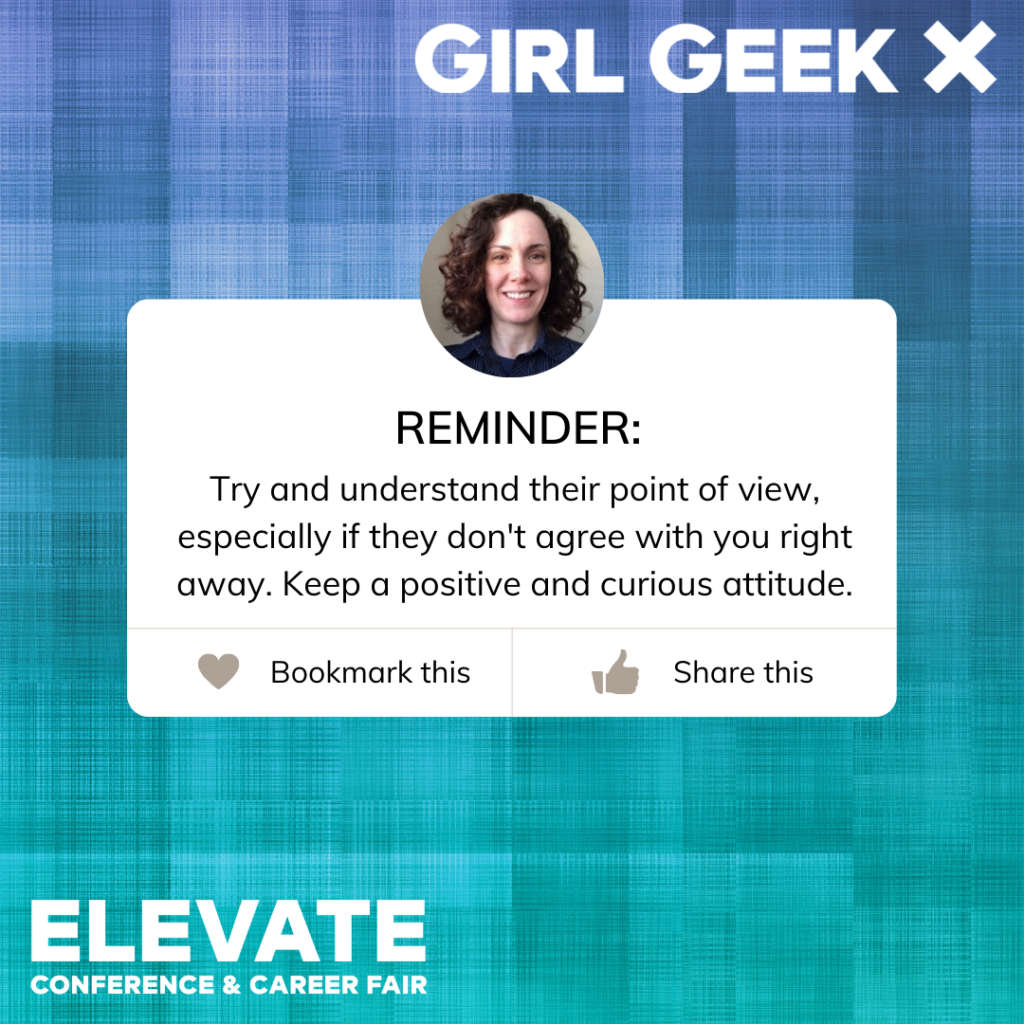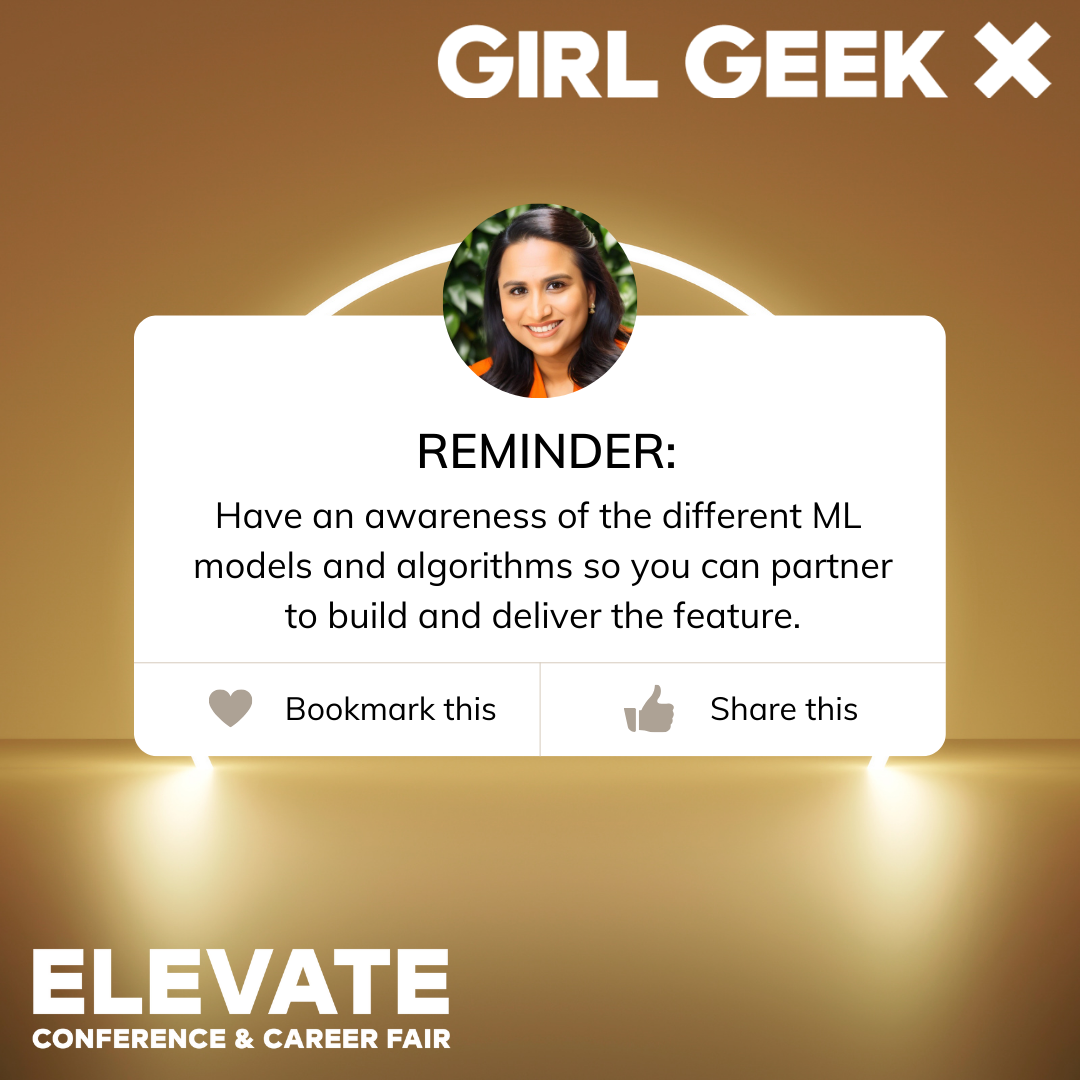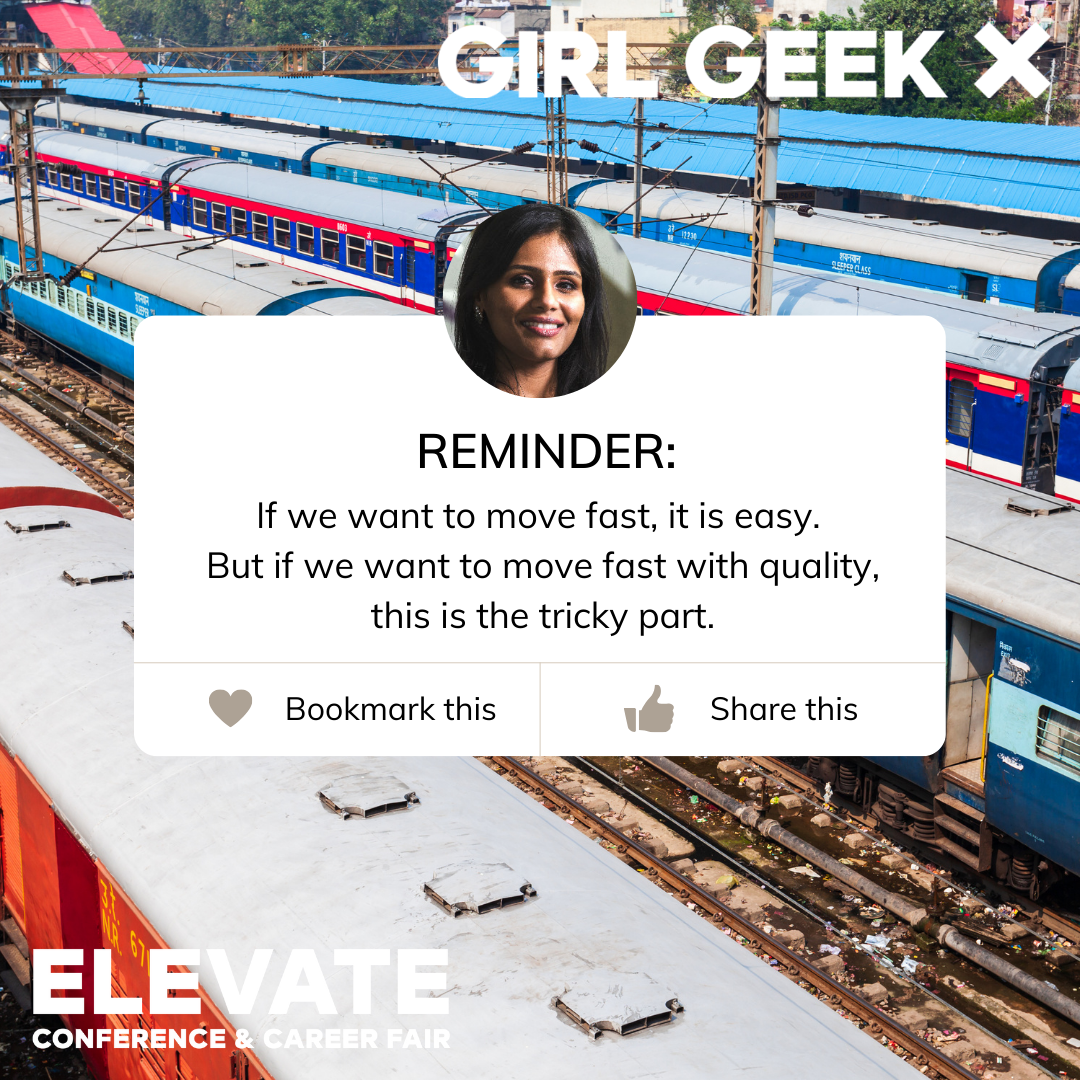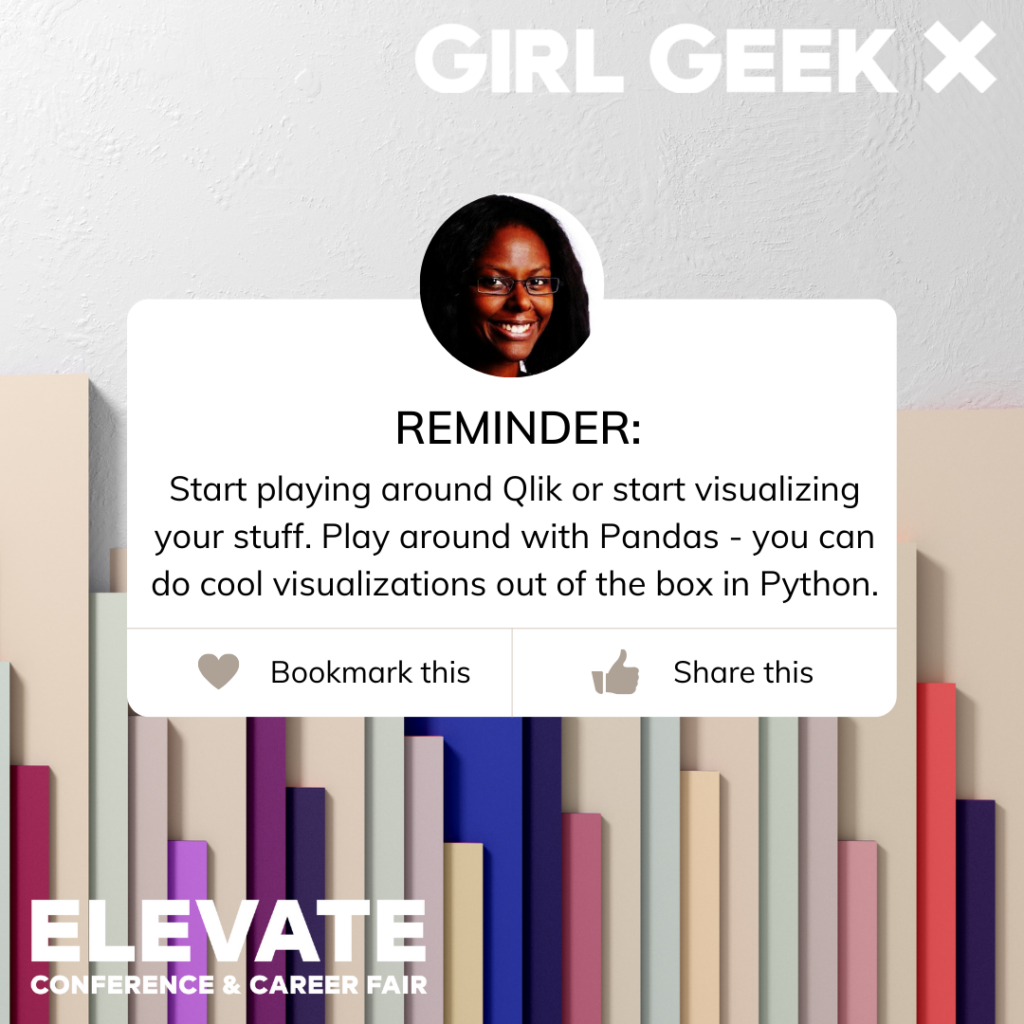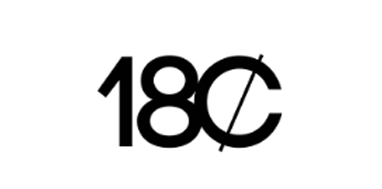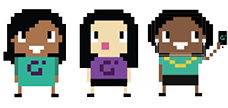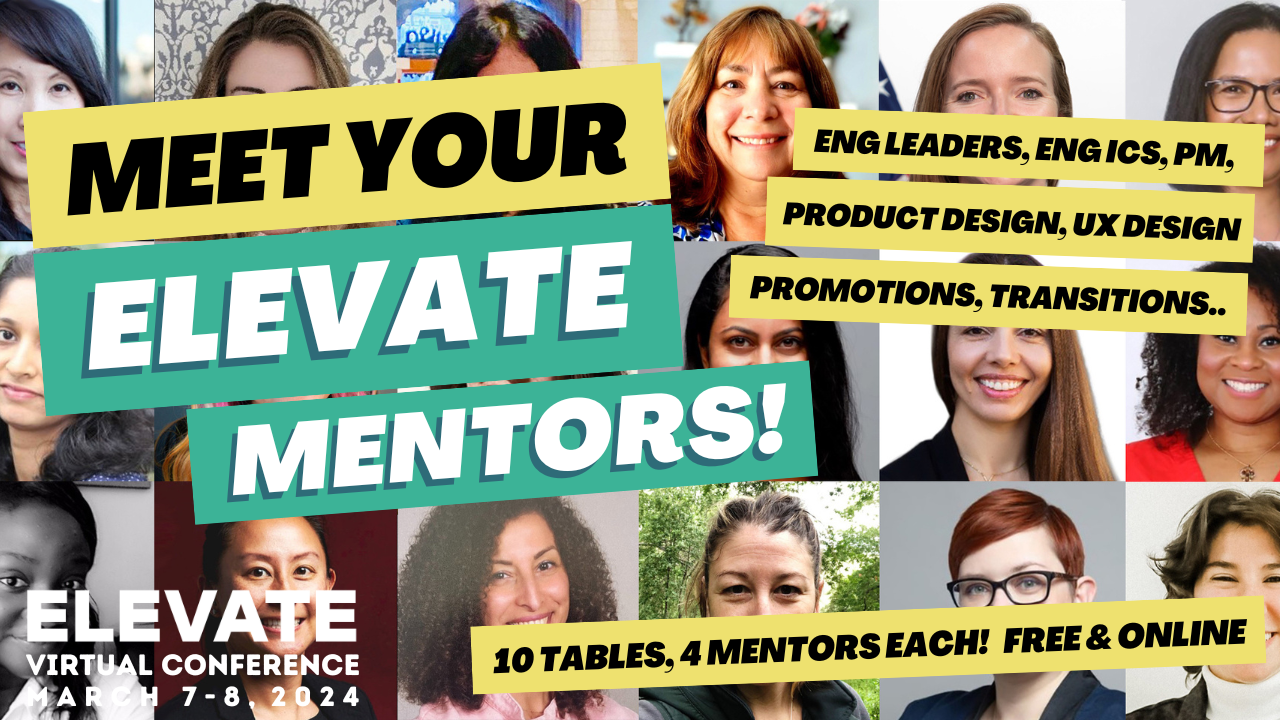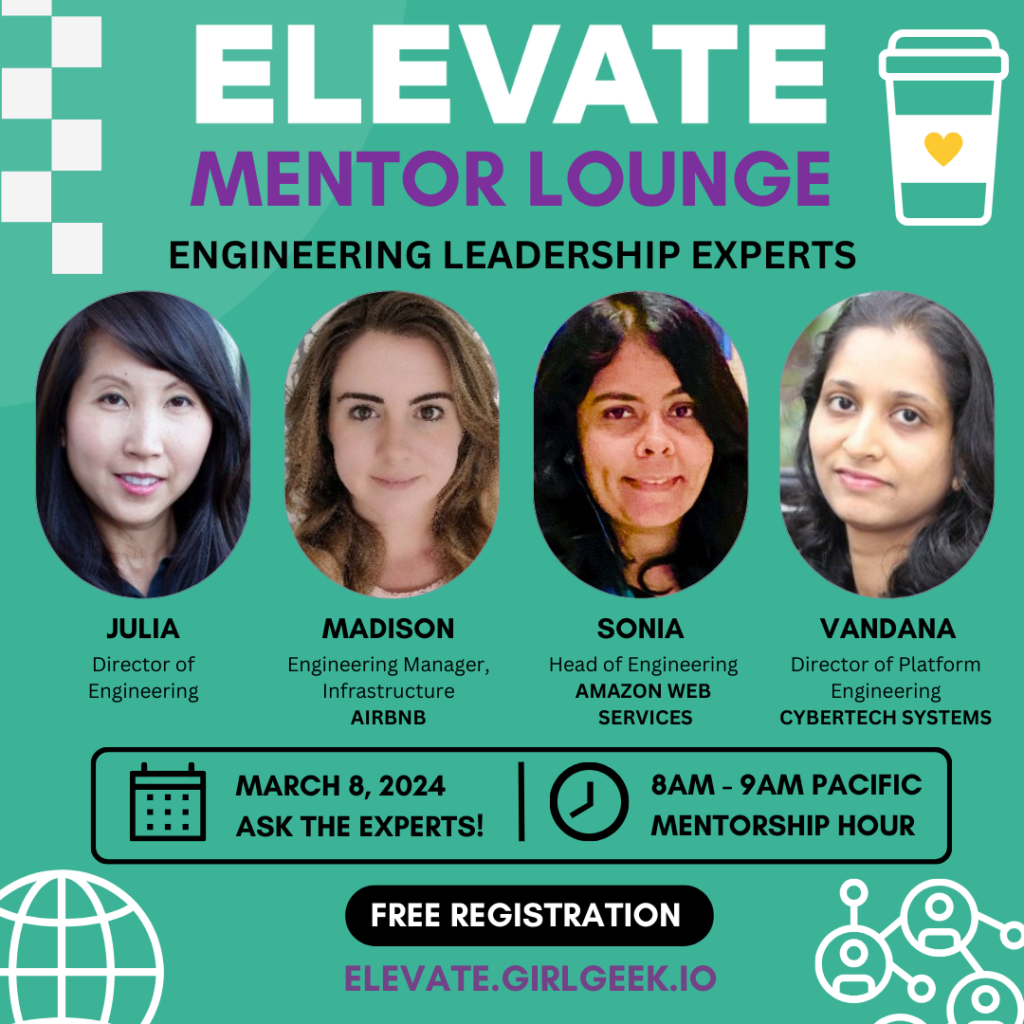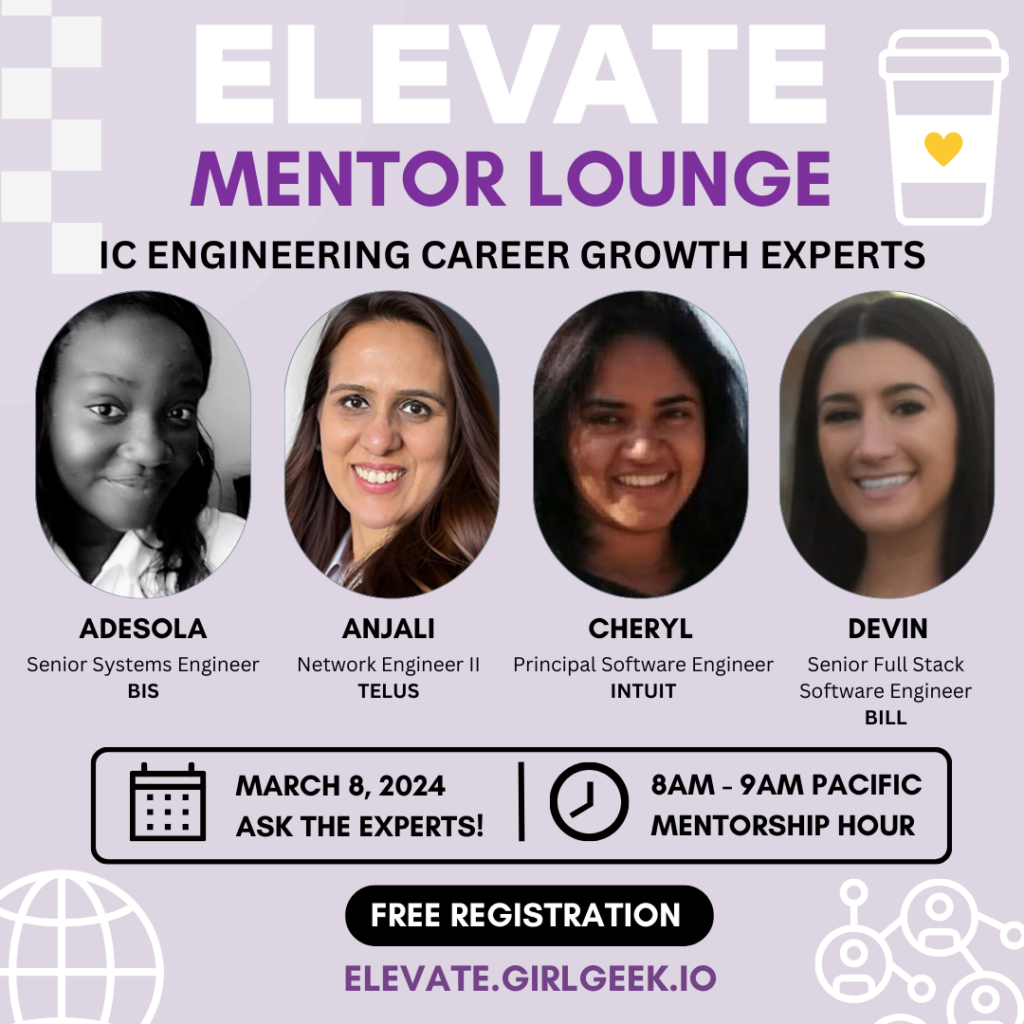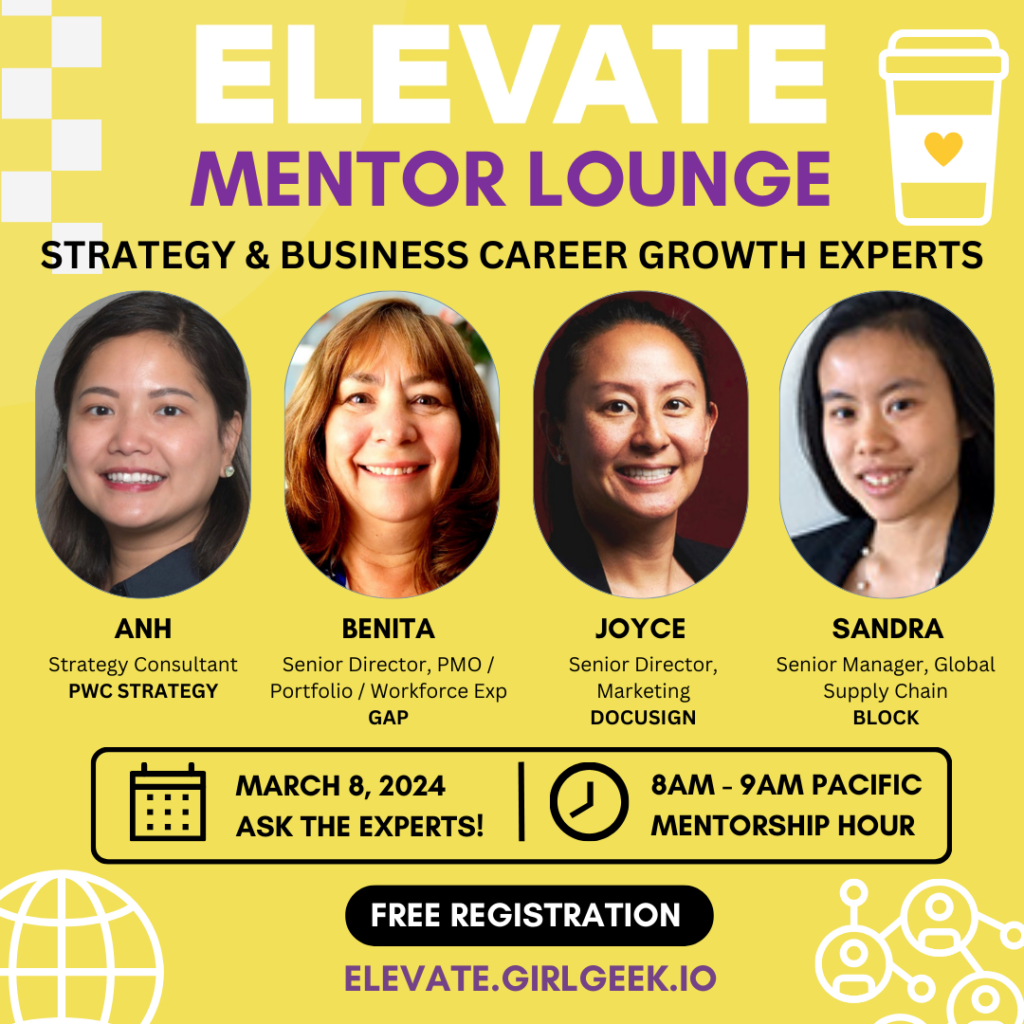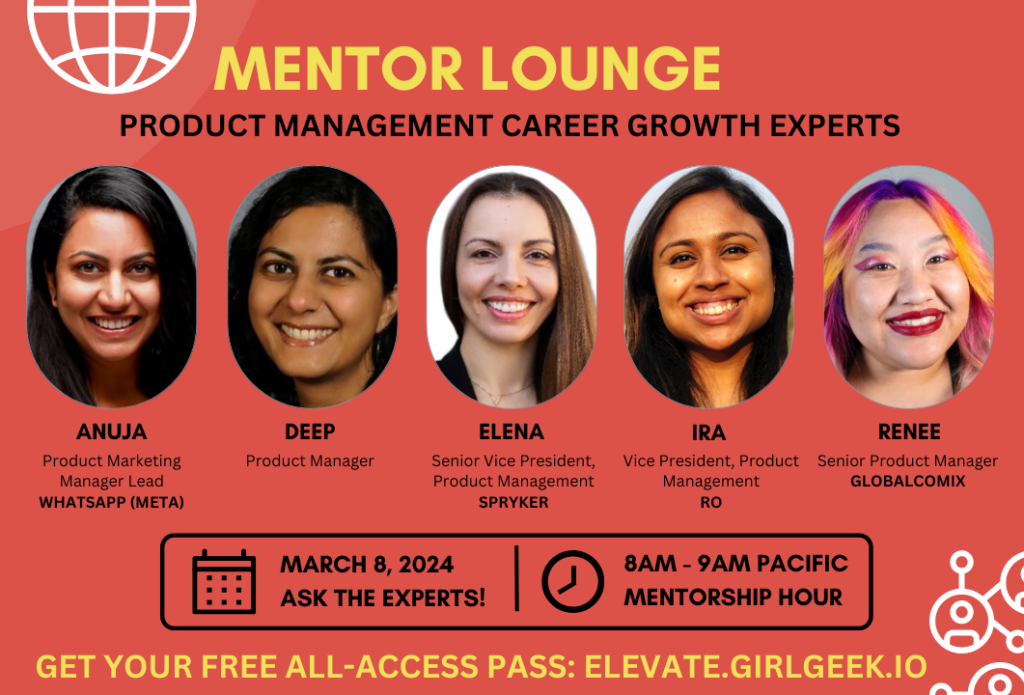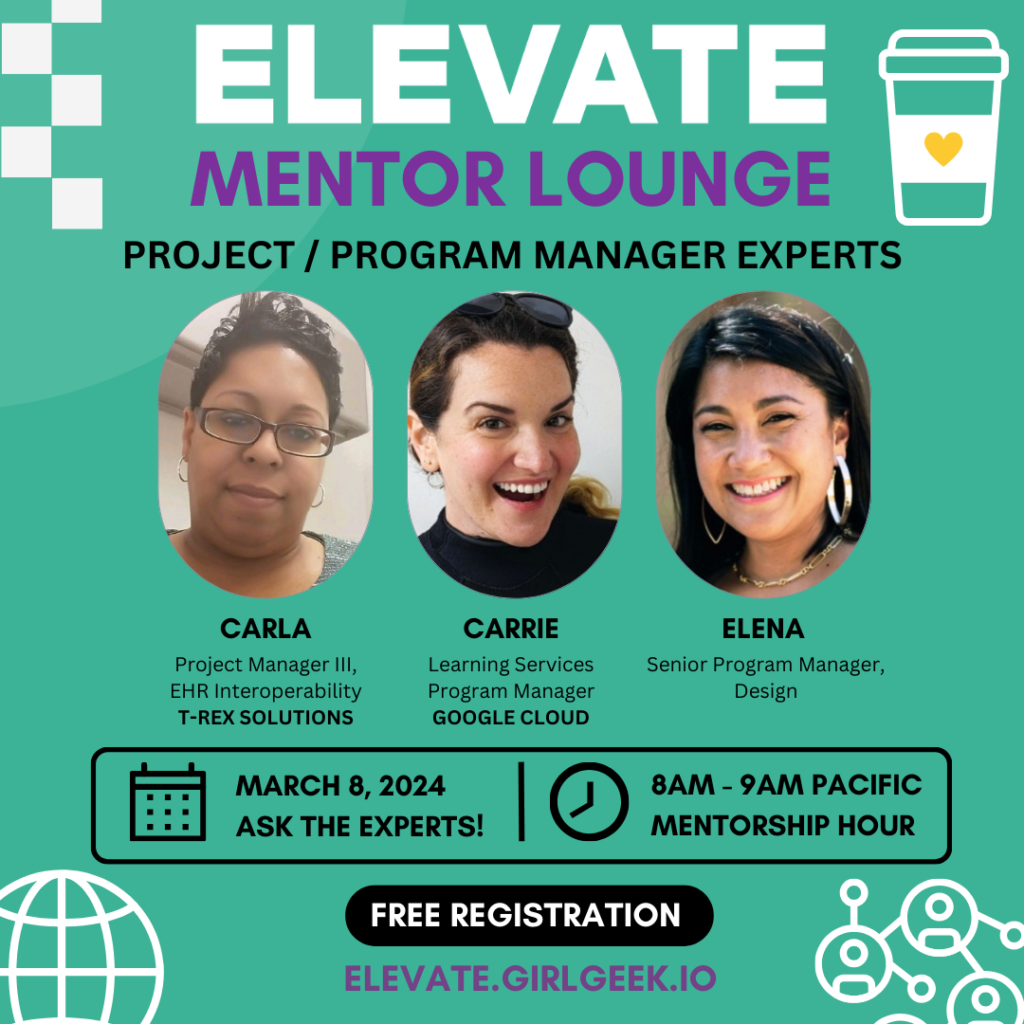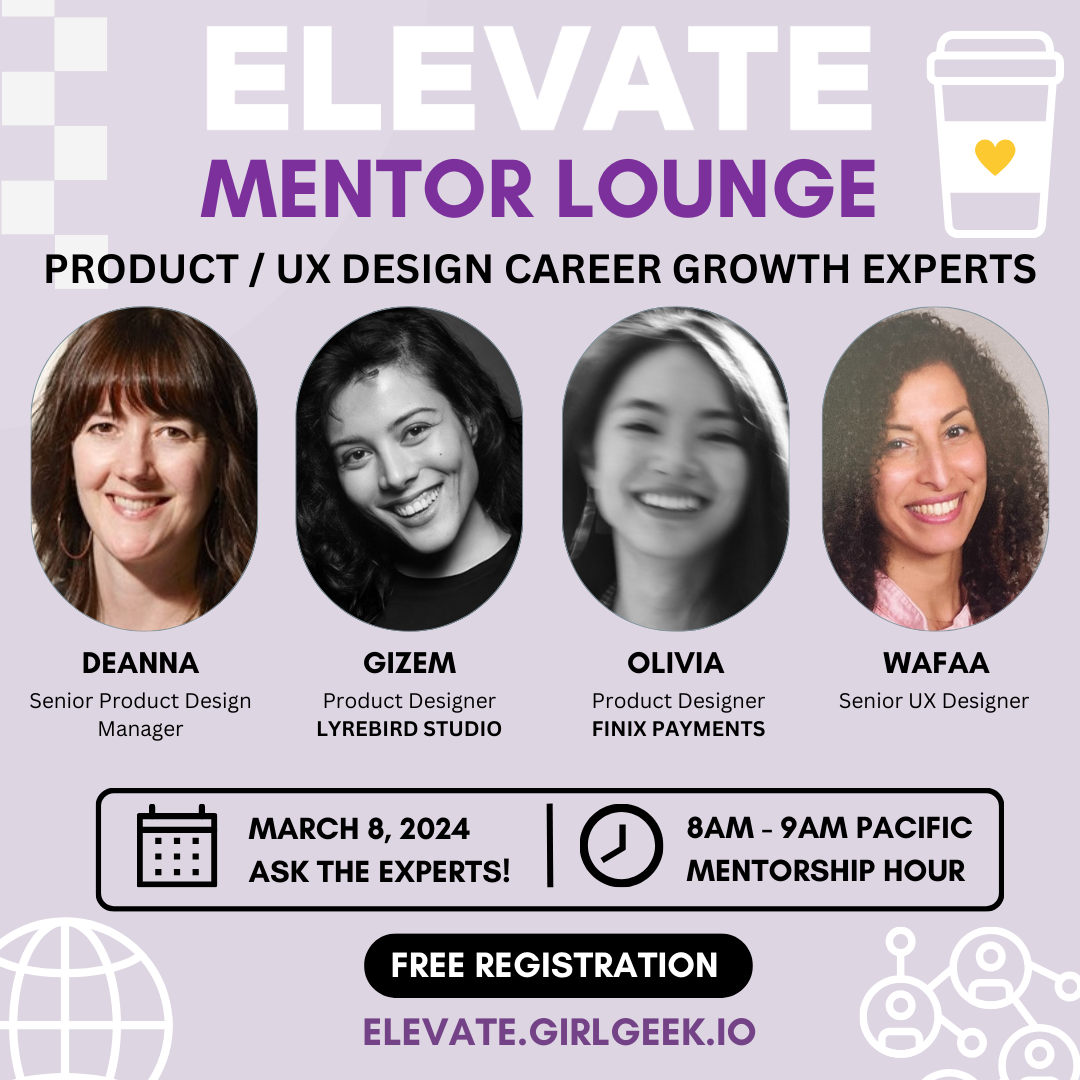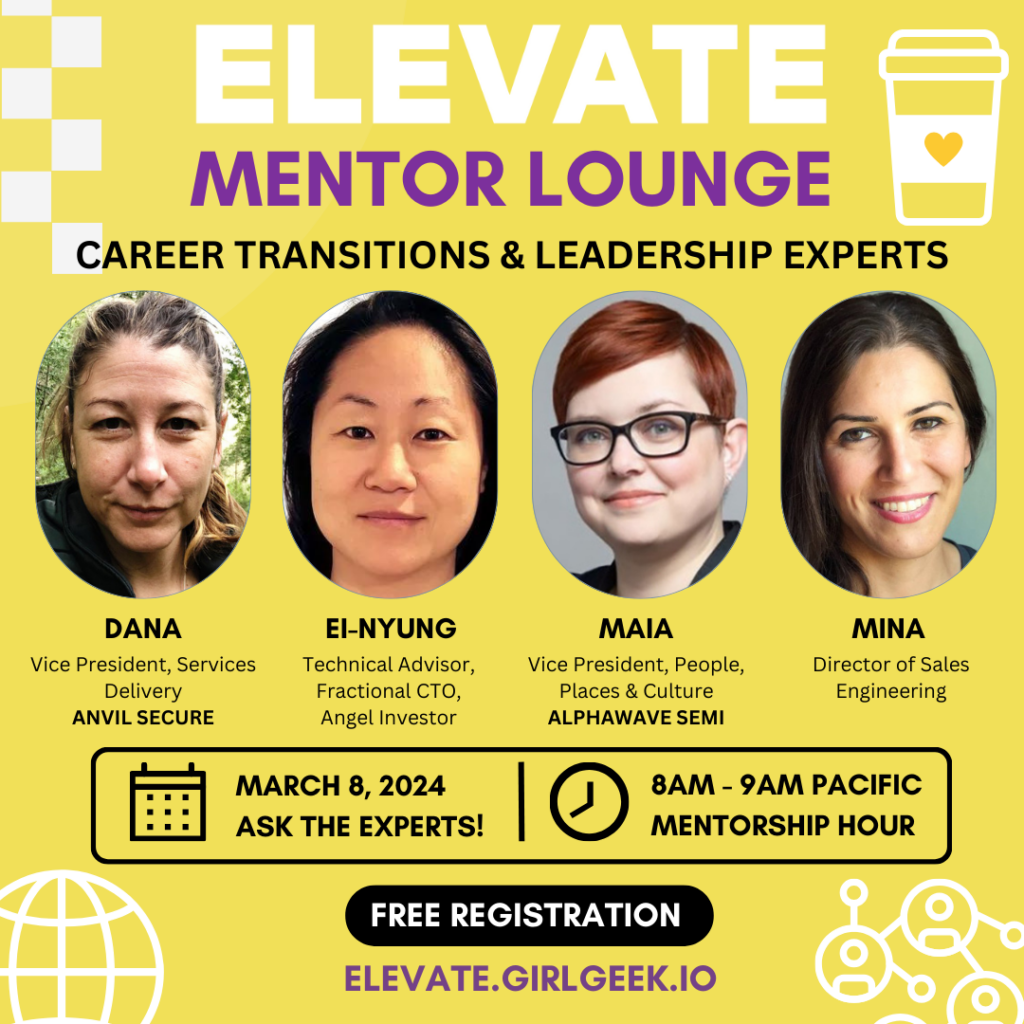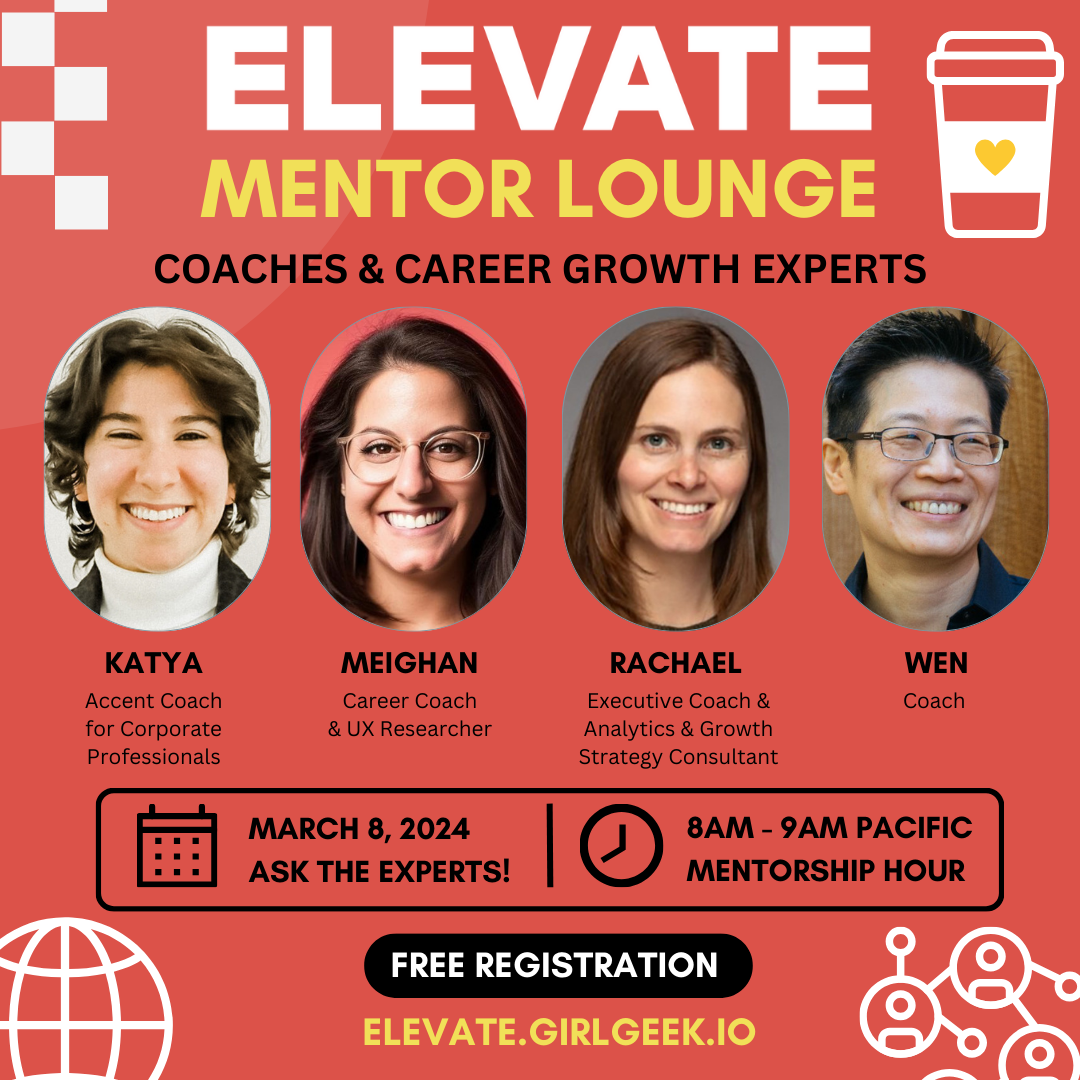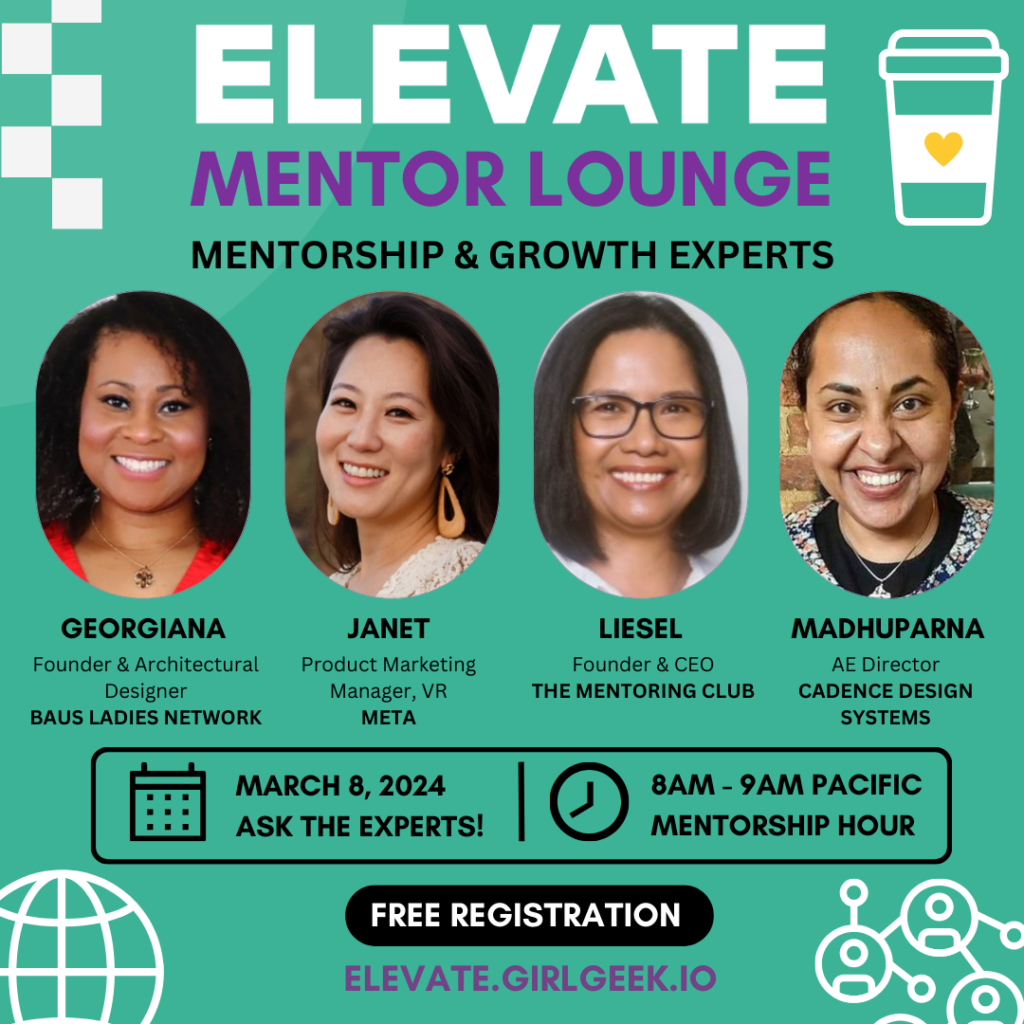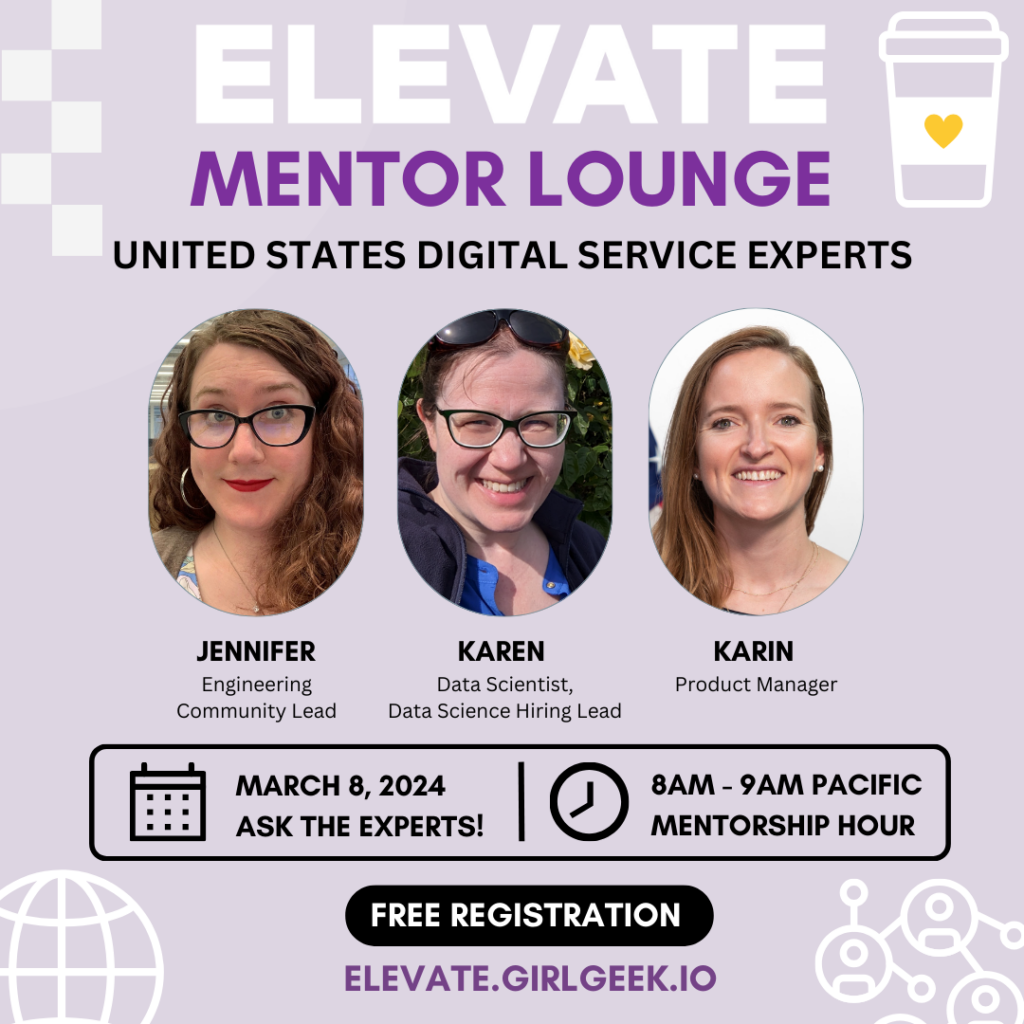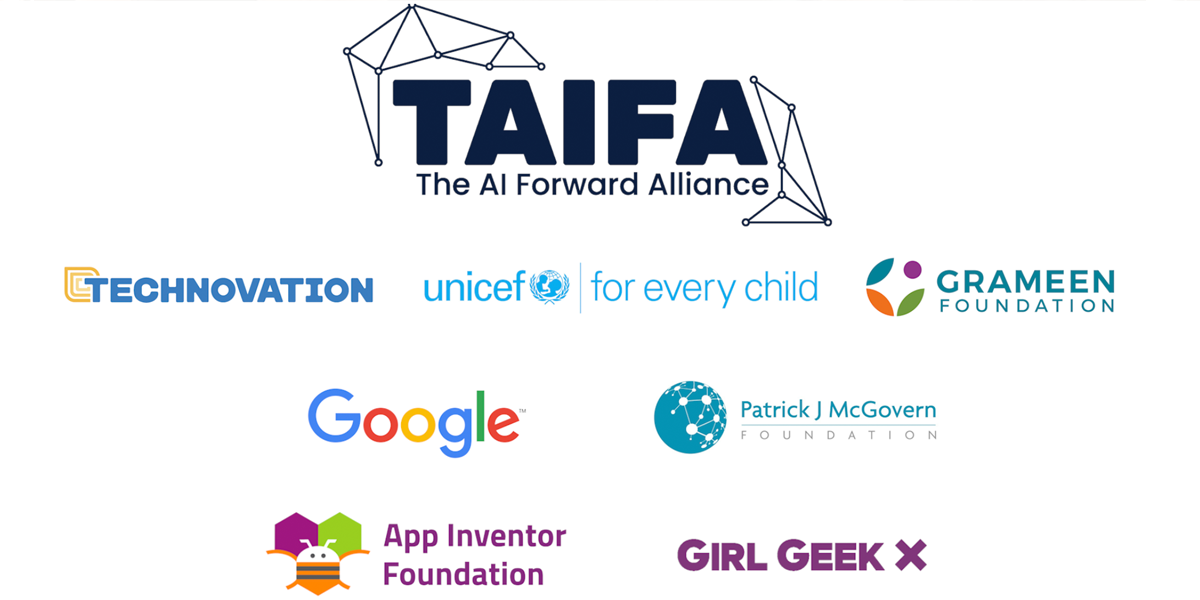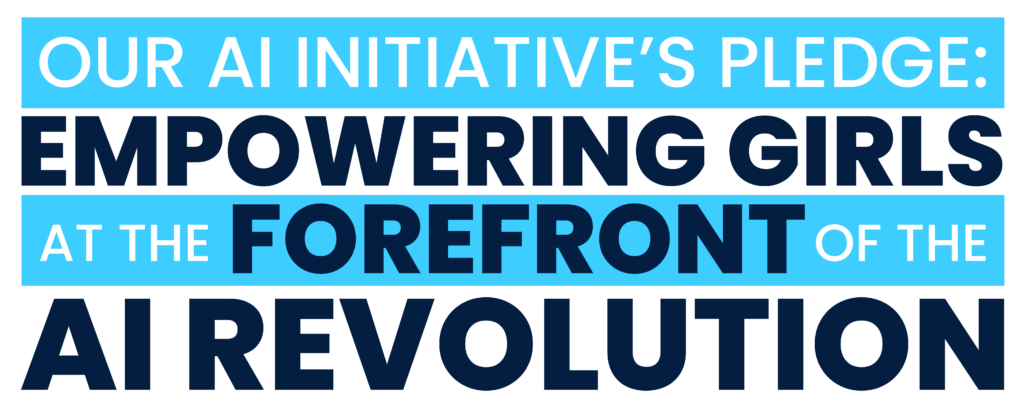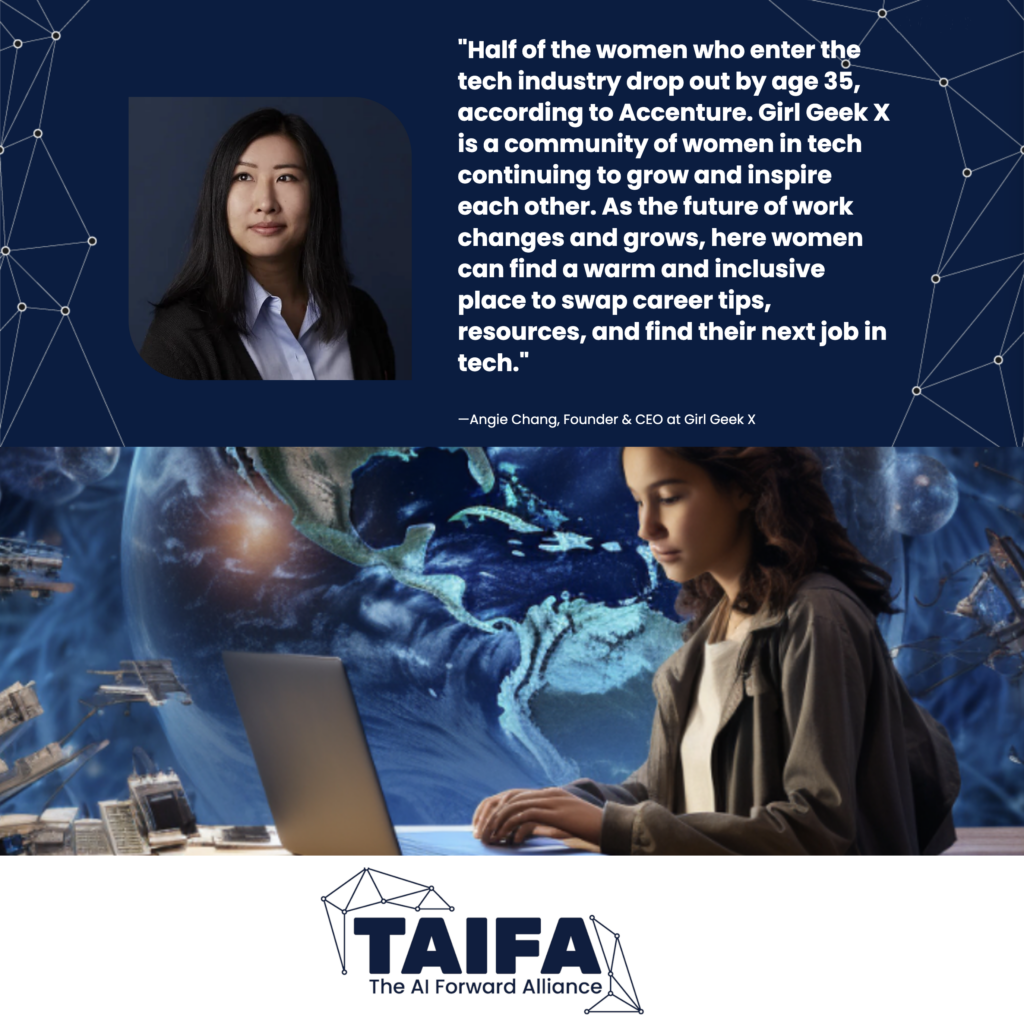Speakers:
Jennifer Hasche VP, Global Tech Recruiting, Rippling
Vanessa Wu General Counsel, Rippling
Tahlia Spiegel Senior Director, HR, Rippling
Kim Glatzer Director, Technical Account Management, Rippling
Munira Rahemtulla VP, Product Management, Rippling
Jennie Doberne UX Research Manager, Rippling
Diana Soare Senior Engineering Manager, Identity, Rippling
Kitty Kwan Director, Product Operations, Rippling
Maria Chavez Cantu Director, Engineering, Twitch
Nan Guo SVP, Engineering, Zendesk
Over 100 girl geeks attended the SOLD-OUT Rippling Girl Geek Dinner networking and discussions in downtown San Francisco, California on February 6, 2024.
Rippling women shared insights on “going to Western Union’ and career do’s, don’t, and a-ha’s. Rippling is hiring!
00:00 – Intro from Angie Chang, Founder at Girl Geek X
1:08 – Intro from Jennifer Hasche, VP of Global Tech Recruiting at Rippling
1:46 – What does “Go to Western Union” mean for Rippling team members?
3:20 – Cross-functional leadership panel discusses solving customer problems
8:10 – Rippling’s approach to engineering
22:29 – How Rippling handled the March 2023 SVB crisis
25:17 – Overcoming daily challenges
29:22 – How Rippling went global so quickly
36:07 – Audience questions
41:14 – Career Do’s, Dont’s, and A-Ha’s panel
50:00 – Nan Guo on pivoting from a medical career to a tech career
55:25 – Maria Chavez Cantu on overcoming imposter syndrome
1:00:20 – What managers look for when hiring at Rippling
1:03:34 – What to consider when moving from IC to manager
1:10:45 – Advice on handling a demanding tech job
1:14:44 – Audience questions
Transcript of Rippling Girl Geek Dinner – Discussions:
Angie Chang: This community has grown with us for the last 16 years. I’m glad that people are still coming and enjoying Girl Geek Dinners at really cool companies like Rippling.
Vanessa Wu: Show of hands, how many people know what Western Union is?
Munira Rahemtulla: That helped me take my thinking about my business to the next level.
Diana Soare: Figure out, “Why is the customer seeing this?” and just really help them understand how the product works.
Kim Glatzer: It feels good when you advocate for a customer. It feels even better when a customer says, “Wow, you just totally changed my quality of life.”
Jennie Doberne: Not just getting this out in record time for our customers but also bringing them something that kind of went beyond what they might’ve even sort of asked or anticipated.
Maria Chavez Cantu: If you can get a group of people that support each other, especially women, in an organization, it’s amazing.
Angie Chang: While you find your seats, I want to say hello and thank you so much for coming out tonight. My name’s Angie Chang. I’m the founder of Girl Geek X. I’m the person that emails you and says “Please come to these really great Girl Geek Dinners.”
I hope you make friends, and I hope you make some people that you’ll become friends with on LinkedIn, social networks, so that we can continue to inspire each other and lift each other up. Since this community has grown with us for the last 16 years, I’m glad that people are still coming and enjoying Girl Geek Dinners at really cool companies like Rippling. So I’m going to hand the mic over to Jen, who’s the VP of Global Tech Recruiting.
Jennifer Hasche: Thank you, Angie. We’re not quite sure why this is echoing, but I think if you turn it off and on, it’s going to take too long. We’ll figure it out. Hi. Hi. Thanks for coming. Angie, thanks for partnering with Rippling on this. I’m Jen Hasche. There’s a lot of people from Recruiting here, so if you have questions for Recruiting, just let me know, and I can connect you with a recruiter. Before we jump into the panel, I wanted our CTO, Albert, to say hello in the back.
Albert Strasheim: Hello. Thanks for coming.
Jennifer Hasche:
He’s amazing, he’s built a phenomenal Engineering team, and a great person to chat to about Rippling. Can everybody hear me?
Audience: Yeah.
Jennifer Hasche: Okay, cool, cool. So we have two panels tonight. The first panel is a cross-functional panel from Rippling, which I’m really excited about. And then we have our guests, Nan and Maria, who I’ll formally introduce later, who will be on our Careers Dos, Don’ts, and Aha panel. So really great. Hey, you guys are all adults. If you need to leave and take a break, go ahead and do that. We’re going to keep rolling probably most of the night to get into all this great content. Bathroom is around the corner. Wine is right here, water is there, and coffee is in the back, and tea.
Jennifer Hasche: Before we jump in the panel, I’m going to have Vanessa Wu, who’s our general counsel, tell us about this amazing Rippling leadership principle that’s called Go to Western Union. So you probably saw it on the event and like, “What is Western Union?” It is a great story, and Vanessa is going to tell us more about it. Enjoy, everybody.
Vanessa Wu: Show of hands – how many people know what Western Union is? Cool. And how many people have actually been to a Western Union? A couple, a couple. So the first time I actually went to Western Union, not known to be the most modern form of payment transmission, was on behalf of Rippling. And it was a really defining moment for myself and also a lot of the folks who were here at Rippling early on.
Vanessa Wu: It was about four years ago. It was in this building. I remember it because it was Labor Day, the Labor Day weekend, and we had just moved into the building. It was super hot, and our old office did not have any AC, so I remember being really appreciative of that moment. But what happened at Rippling, which is, among many things besides HR and IT and finance, a payroll company, is we woke up one Friday to a ton of alerts.
Vanessa Wu: People were writing in. They were saying they were not getting paid. As a payroll company, when your customers write in that they have not yet received their paychecks, that is a big problem. So folks all across the company immediately went into troubleshooting mode, and we encountered that our payroll, which was processing overnight, it didn’t go through.
Vanessa Wu: Folks were anxiously trying to rerun the payroll in order to try to get everyone on Friday paid. And what happened is we had a customer that had an accent aigu over the E in their name. It was the first time that we had a customer that had any sort of special characters in the name of the company, and it broke the processing of our payroll. And so everyone after that customer, I won’t name them, but it’s burned in my mind, did not end up receiving their paychecks that day because it broke, and it missed the same-day of payroll processing deadline.
Vanessa Wu: Folks would be paid the day after, that Saturday. But we knew that people… Some people live paycheck to paycheck, and some people have auto payments set up. And it’s really critical. What we do here may not always sound the sexiest, but it’s really critical and it impacts people in their day-to-day lives.
Vanessa Wu: What we did at Rippling, everyone just sort of galvanized together. Despite the hot weather, we all huddled in the conference room in the front. Some folks were like, “Could it get any worse?” And I was like, “It could. We could have no air conditioning.” So I remember the day. And thought, like, “What do we do?”
Vanessa Wu: Folks started getting on the phones, calling our customers to see if their employees would need their paychecks that Friday. Most customers were like, “It’s fine. It can wait until Saturday. That’s cool.” But there were a couple companies that said, “No, this is a problem. Our people, our employees rely on these paychecks. They need to get this cash today.”
Vanessa Wu: We then put our thinking caps on and like, “How do we get… Can we courier your money out? Can we go to the banks?” And it wound up with a bunch of us at Western Union trying to figure out how to open accounts, get money out, and just try to get the couple people who needed to be paid paid.
Vanessa Wu: The ultimate end of the story, and now I’m thinking about this value thing, is that the Western Union didn’t actually work because they blocked our payments for fraud. But the moral was like, “Hey, going through extreme lengths to do what is right by your customer is something that we are going to be really proud of and something that…” It didn’t matter if you were in legal like me or if you were in engineering or if you were on the sales team. We knew how important this was to the company, and we were going to do what it took and what we knew we could contribute to the table in that moment to get stuff done.
Vanessa Wu: That is our Go to Western Union value. It is something that I am really proud to say I feel with everybody I work at this company. We have had sort of big events, I think the panel’s going to talk about some of those, that have happened since our Western Union Day. Just to know that there is a value and an ethos at this company, which is, “We’re going to do right by our customers, and we’re going to be creative, go to payment institutions that we know nothing about, unfortunately, and just try to do right by our customers.” So that is the Go to Western Union story. You have a mic.
Tahlia Spiegel: Yeah, I think that one is for the audience. Cool. Hi, everyone. I’m Tahlia. I’m from our HR team. And I’m going to be moderating this awesome group of Rippling leaders that you see here in front of you today.
Tahlia Spiegel: Today, we have Jennie from our Design team. We have Kitty from our Tax Ops team. We have Diana from Engineering, Munira from Product, and Kim from our Technical Account Management team. So highly, highly cross-functional team, but I think the common theme here is that we all go to Western Union together. I’ve been here for a year and a half, and I have to say…
Tahlia Spiegel: Rippling, compared to other tech companies I’ve been at… You normally see this tension between tech teams and business teams and whatnot. I can honestly say you do not see that here. We are just way too busy for that. There is so much going on, and we know the only way that we can really do this is together. And I think today, we have some really cool stories to share with you, a little bit behind the scenes of how we go to Western Union every day.
Tahlia Spiegel: I thought a good place to start would be customer problems. Kim, you’re on the front line there. Do you want to share with us a little bit about solving customer problems?
Kim Glatzer: Yeah. Can you guys hear me?
Tahlia Spiegel: Yeah.
Kim Glatzer: I lead Technical Account Management at Rippling, and we get to work with our largest customers and our most strategic accounts. And one of my favorite things is when we uncover needs that we don’t yet support. The reason I love that is because of this panel and so many other people at Rippling that I get to partner with because when I’m at Rippling, if I uncover a customer need and really get to the bottom of it and find that it’s something a lot of customers need, we get to build that out. And we do it pretty quickly.
Kim Glatzer: Typically, we see a customer need trickle in, we see maybe one or two customers have a problem, and then sometimes it explodes, where suddenly, it feels like every customer has the same problem right now. And that’s awesome because we’re growing and we’re seeing problems that come with that scale.
Kim Glatzer: One of these needs happened recently. We had a lot of customers who hire an employee, terminate the employee, hire them again. Maybe they’re seasonal. It’s part of their business model. And it was really painful for them in Rippling for a while. They had to track different profiles of different employees. And the reporting wasn’t seamless. It wasn’t as easy for them to manage administratively.
Kim Glatzer: I talked to Munira about it a lot, and we got it on the roadmap. And we got it for, like, in several quarters. And that was-
Munira Rahemtulla: Q3.
Kim Glatzer: Q3.
Munira Rahemtulla: Q3 this year.
Kim Glatzer: Well, from the time that I brought it up, and that was awesome. But then, suddenly, customers needed it now, and we started having customers who just actually… It wasn’t sustainable for them to use Rippling if we didn’t support this. So I went to Munira again and partnered with her and with Jennie over there, and we got this really complex solution built out pretty quickly for our customers.
Kim Glatzer: The best thing about it was… I’ll let them talk about the process, but it feels good when you advocate for a customer. It feels even better when a customer says, “Wow, you just totally changed my quality of life.”
Kim Glatzer: After we were able to roll this out, we presented it recently to our customers at a customer advocacy group, and everyone was like, “Whoa, this is exactly what you needed. You hit the nail on the head. Thank you.” And I couldn’t believe in the record time that we did it. Munira and Jennie can talk a little bit about the process and all of the work that went into actually discovering what that need was.
Munira Rahemtulla: Kim sort of gave away the ending, but back at the beginning, we had no… I had no idea that it would turn out well. Because she came to me and said, “These customers want to have a…” A profile is the page that shows all of the information about an employee, right, like your name, your compensation, when you were hired, when you left. We were creating a new one every time someone worked at the company.
Munira Rahemtulla: We had a company that had multiple employees with more than six profiles. And when they needed to find a piece of information about that person, they would have to basically dig through these six profiles to find out if that person had ever signed an employee handbook document or taken their training or course or whatever.
Munira Rahemtulla: This was actually a very… The reason we had originally put it as a Q3, several quarters out, kind of roadmap item was that what people said to us was that they needed a single profile for a person, “A person should have one profile.” So you can probably imagine that that would require a re-architecture of the way we stored our underlying employee data in a way that would also require a migration from the multiple profiles to a single model. And it would be very complicated and a very long project.
Munira Rahemtulla: This is where you start to invent and come up with ways to find creative solutions to problems. And so I had this idea that maybe there would be a way that we could consolidate things at the UI layer rather than all the way down at the data layer. So I wasn’t really sure if the solution would fly, and so I turned to Jennie, who leads our research group, to ask her if she could talk to some customers and get a better understanding of, what was it that they really needed? They were saying that they wanted a single profile, but what actually was important?
Jennie Doberne: Yeah. This is a really fun project because one of the, I think, unique things about our product research team is one, that we get to partner so closely across the organization, but two is we don’t just talk to our customers. So when we get to really thorny issues like this, we need to go outside the building or go to Western Union and find, say, an HRIS system admin guru type of another product, maybe like a larger enterprise HR, payroll system, who can go deep into the weeds with us and really get into, “How does rehiring work in other systems? What can we learn from that? Can we explore this idea of a unified, say, on the surface layer but the profiles being separate? But also, can we get beyond that?”
Jennie Doberne: I think one of the things we quickly saw is like, “Yes, the solution that we’re kind of heading towards is very similar to what our top competitors do as well,” but we also learned a whole lot about problems that people have in other systems, so kind of preempting ways we might have to go to Western Union in the future, so things like, how should you model the data? What’s downstream of a start date or a rehire date? Could it be problems like benefits eligibility or equity and compensation, right? So all of those things we got into the weeds of.
Jennie Doberne: We also saw ways we could really differentiate, like when you rehire… I think Munira saw some really easy just like, “Oh, here’s things we can really pull forward so that an admin can have all this rich context that is in Rippling.” So I think where we ended up is not just getting this out in record time for our customers but also bringing them something that kind of went beyond what they might’ve even sort of asked or anticipated.
Munira Rahemtulla: The solution that we ended up with was one where we basically let you page through all of the profiles, and we take you to the most recent profile. And then we sort of give you a Previous and Next button so you can just see. And you can pick any tab, so if you’re interested in documents, you can look at the Documents tab and just page through the six times… The six profiles.
Munira Rahemtulla: We know that there’s six profiles, right, but to a customer looking at it, it’s like, “Oh, there’s just six pages of this data,” right? Or you can go to their Learning Management page and see what courses they took, and again, just page through the six profiles that they have.
Munira Rahemtulla: I felt like we were cheating. This really felt like a huge cheat, and especially because we were able to get it out for Rippling in about four weeks, which is… So we dogfood all of our… All of our products, we get to play with ourselves. And it worked pretty quickly out of the box. And so, just three weeks later, we had a beta launched to customers.
Munira Rahemtulla: I was super nervous, actually, to show this to the same customers that were like, “We need a single profile.” I kind of wanted to hide under the desk and be like, “So I have a solution for you.” But customers… Well, I don’t know, maybe I’ll turn it over to Kim to talk about what customers thought.
Kim Glatzer: Every single customer has said it meets their needs entirely. And I think that’s one of my favorite parts about finding customer needs and then seeing it come to a solution is we do our best in Technical Account Management to understand the needs and translate it to product, but having Jennie do all of the deep-dive research she did, and then when you’re actually building out a solution that I wouldn’t have thought of that addressed actually the needs that they had, they were blown away.
Kim Glatzer: We still have customers right now clamoring to get on the beta and give feedback. And everyone at this event that I was talking about with our customer advocates raised their hands to try it out. And so it’s super gratifying when we’re able to ship something so quickly, it meets their needs, and we see it actually impacting customer quality of life really quickly.
Tahlia Spiegel: Something that’s really special about us is… or about Rippling, is no matter where your role is, you cannot not be customer-centric. It’s not just a sticker on the wall at Rippling, right? It is literally deeply embedded. I think Diana, even on the engineering side, you… I think it would be interesting to tell the team, to tell everyone up here about how Engineering gets involved in supporting our customers.
Diana Soare: Yeah. Hi, everyone. I just want to plus-one what Tahlia just said. It’s everyone’s job here to support our customers. And so, from an engineering perspective, we do get involved, and we get involved quite a lot. And to be honest, this is something I really appreciate about Rippling, where we have this value of putting customers first, but Engineering is not on the sidelines.
Diana Soare: The main touch points for us in working with customers are through partnering closely with our Support team. We work on customer support tickets as part of our on-call rotation but we also do more ad hoc customer calls where we might help a customer debug or fix an issue in real-time. And sometimes we also do scheduled, more intentional calls, where Engineering just shadows with the goal of understanding how customers use our product and build empathy, ultimately.
Tahlia Spiegel: Yeah. HR for HR software is also a customer, so engineers have to talk to me all day long, which I’m sure they don’t like. Do you have an example you want to talk about?
Diana Soare: Yeah, sure, I would be happy to share. and this actually directly impacted my team. To set a context, we had a customer, they were going through implementation. This is the process where you set up your company and your employee base in Rippling. And they were targeting to go live with Rippling for their company in a few days. As part of implementation, they were hitting a few issues. And so this admin that the implementation team was working with, they were becoming increasingly frustrated, and they were at risk of churning from Rippling.
Diana Soare: One of the main issues they had was directly related to a product feature that my team built. And so, naturally, when it got escalated, I got pulled in. The context there was we built this product feature and launched it, and we were expecting or assuming customers would use it in a specific way. And this customer ended up using it in a totally unexpected way and, frankly, a way we didn’t want to support. However, we didn’t block it, so it wasn’t really the customer’s fault. And we also couldn’t go back to the customer and tell them, “Hey, use it this other way,” because they were already escalated.
Diana Soare: A few things happened as part of this escalation, and this was, again, a few days before they were going live. Within my team, trying to figure out, “Okay, what do we need to do? How can we solve this customer problem and really unblock this use case that they wanted to use in a timely manner?”
Diana Soare: I worked closely with the on-call engineer and another engineer on the team, kind of, again, going back, putting our thinking hat on and figuring out a solution. I think separately, and this speaks hopefully to going to Western Union, since I was the one that engaged with the implementation manager and the customer themselves, a lot of the other issues kind of fell onto me.
Diana Soare: I also went ahead and tried to find all the owners for these issues to either get an explanation or figure out, “Why is the customer seeing this?” and just really help them understand how the product works. And I worked cross-functionally and across time zones for this.
Diana Soare: Overall, I think a day before they were going live, we ended up fixing a lot of the most critical issues, and they were able to go live. And honestly, a lot of their employees didn’t even see these issues. So, yeah, all in all, I would say it was a success story.
Tahlia Spiegel: Very cool. So you’re all probably thinking, “What goes on at Rippling? What is all this chaos, this customer escalations and engineers on the front line talking to customers?” I think something I’m curious about is, how do we build product? How do we do it differently to other engineering orgs and product organizations that might have a different approach to building?
Diana Soare: Yeah, I mean, the one key difference I see is we don’t only say, “We care about product, and we want to build a quality product.” We actually do it. And so, whenever we have to shift things around or make a trade-off, it’s never the product quality, or product quality is the ultimate thing that gets traded off. We usually figure out scope or, to Munira’s example, figuring out the customer need and see if there’s a way we can provide that with more limited scope or time. Kind of going back to appreciating this value is we’re being flexible, we put customer first, and sometimes that means we have to scramble or move things around, but ultimately, it serves the customer, and it helps us build the product that we want to.
Munira Rahemtulla: Another really interesting thing that’s different about the way Rippling builds products is that we are a multi-product company, which means that we have Spend, we have Payroll, we have HRIS, we have Learning Management, we have Applicant Tracking. I could go on. I don’t know, does anyone know how many applications we have at this point?
Tahlia Spiegel: Plus 25?
Munira Rahemtulla: 25?
Tahlia Spiegel: Yeah.
Munira Rahemtulla: Yeah, I don’t know. There’s a lot. 50-plus? So this has very big implications on the way that we develop products because in order to develop that many products successfully… And each of these products is trying to compete successfully with the best-in-class competitive product on the market. These are not low-end, entry-level MVP products that we’re talking about. We’re trying to compete at the highest level.
Munira Rahemtulla: I think one of the biggest… The most important approaches that we take that enable us to do that is to rely on a platform layer that every product benefits from. At the platform layer, we have Reporting, we have Permissions, we have Approvals, we have Workflow Automation, and all of the other building blocks that all of the products that we are building need.
Munira Rahemtulla: That enables us to have small and scrappy teams that are able to go understand customer needs, understand what the best-in-class product looks like, and crank these out very quickly by relying on all of the underlying infrastructure. I think that makes it a super fun place to work because we can very quickly turn things around for customers.
Tahlia Spiegel: Yeah, it is.
Munira Rahemtulla: We build new products for them.
Tahlia Spiegel: Yeah, all hands on deck, all the time. Kitty has been unusually quiet. She is one of our top Slack users at Rippling. She has a lot to say and I think something that would be really interesting for you all to hear about. You may have read about it in the news, I don’t know. It was a pretty big day for us last year in March, SVB. Kitty, you’re the perfect person to tell us a little bit more about what happened.
Kitty Kwan: It is true. I am the second-highest Slacker at the company all time.
Tahlia Spiegel: No pun intended.
Kitty Kwan: No pun intended. For context, Silicon Valley Bank is a regional bank based in California that disproportionately banks for startups and VC firms. Because all bad things in payroll happen on Friday, on March 10th, 2023, SVB was actually shut down by federal regulators. On that day, funds that were held at SVB were frozen, including money moving in and out on that day.
Kitty Kwan: The impact to customers is quite clear, right? As a startup, you need access to your working capital to pay bills, to fund payroll. The impact to Rippling was actually very unique and it was unique because we are a payroll provider and as a payroll provider, we move funds on behalf of our customers in order to pay out their employees and we use Silicon Valley Bank, SVB, to both debit our customers as well as pay them out. You can imagine SVB is almost like a bottleneck in our entire payroll funds flow.
Kitty Kwan: On March 10th, we had a serious crisis that was actually very similar to the story Vanessa told on actual Western Union. On that day, we had no access to the funds that we needed to make payments for that day’s check date as well as frankly the foreseeable future because we had no information on what would actually unfold over the next 72 hours.
Kitty Kwan: That really led to the first instance of our company going to Western Union. Our CEO made a very quick and decisive decision to use corporate funds to fund $119 million in payroll to pay out employees that day so that they could be paid, because that is the golden rule in payroll is you always pay on time and in full.
Kitty Kwan: Now, that was no easy feat and a ton of people at this company had to then further go to Western Union to make that happen and heroics were performed across the board. For example, in engineering, they had to pay out $119 million, same day, using an entirely different banking system. To make that happen, they essentially compressed an entire quarter’s worth of work into 24 hours. Essentially moving our entire banking rails from SVB over to JPMorgan. In addition, yeah, serious collapse. By the way, Albert wired, I think over a million dollars to the IRS using code. I don’t know.
Kitty Kwan: In addition to the engineering team, we had probably upwards of a hundred people in support and customer success, phone calling, texting, emailing our customers so that they knew what to expect because everyone was scared. No one knew what was happening with their money or whether or not their employees would be paid. Legal also did some pretty incredible stuff around researching FDIC insurance for our customers and our leadership team actually raised half a billion dollars in 12 hours so that we could be ready to make employee payroll next week if it came to it. Thank goodness it did not come to it. I guess SVB, the whole experience is very similar to the actual go to Western Union situation and it pulled really everyone at the company together and frankly is an unforgettable day.
Tahlia Spiegel: Yeah, we might want to consider saying go to Western Union and JPMorgan Chase.
Kitty Kwan: And USPS.
Tahlia Spiegel: And USPS. For sure. I want to keep things moving. I know we have about 15 minutes left on this panel. I know SVB was a day that no one will forget. There are lots of challenges that we overcome daily. I’m going to jump, I think to you, Kim. I think, can we talk about an example of a really challenging request that we pushed forward just to support one of our upmarket customers, which is obviously a huge focus for us this year.
Kim Glatzer: Yeah, so when I joined Rippling three and a half years ago, I was the only TAM because we didn’t have that many customers that needed a TAM. My org is now 75 people because we’ve gone up market so fast, which is awesome and obviously we uncover a lot of new requests. One of the coolest ones is that our customers are now acquiring and merging with one another. There’s enough customers on Rippling that they may go through mergers and acquisitions with each other.
Kim Glatzer: Munira mentioned, imagine a single customer with 40 SKUs on our platform. We started facing this ask of, hey, now we have two companies that are this complicated. Can you combine them for us seamlessly? Combine all this employee data, make sure there’s no payroll ramifications, benefits are seamless. We started scoping this out and then suddenly two of our largest accounts needed to go through mergers relatively quickly. My team really looks at customer retention and this was a deal breaker for them. Can you merge our accounts and make it seamless or not?
Kim Glatzer: We brought the ask to Munira and actually to every, it’s the most cross-functional project I’ve worked on. Every single product leader had to be involved and bought in to understand what we would need to do and we’re in the process of making this happen. Right now, we’re at the tail end of this massive set of mergers that have helped us retain some of our most upmarket accounts.
Kim Glatzer: My favorite part about this has been the teamwork between our CX team and our product team. It has been nights of going to Western Union. I’ve personally been on late night midnight calls with engineers trying to get the data in the system the way that we need it. So it’s been a really fun mix of us doing a lot of hands-on work, but then also product actually building out solutions so that we don’t have to do it next time. We’re going to Western Union right now, but we’re also productizing this so that we’ll be able to do it in the future seamlessly for customers.
Munira Rahemtulla: I just checked on this and we’re down to one last task before we’re completely done. The fun thing about this problem was it was less about timeliness or urgency. It was that these companies needed to merge, but they didn’t need to merge tomorrow or next week or even next month. They just wanted a plan.
Munira Rahemtulla: The complexity here, as Kim said, was the number of teams that had to be involved and so coordinating across the entire organization was going to be the big challenge here. The way that we did this was first of all explaining the criticality of this problem to our customers and also sort of highlighting the fact that this year, 2024 is expected to see one of the highest velocities of mergers because of the economic conditions. This was a problem not just that our biggest customers were facing, but also a problem that we’re expecting to see over and over again.
Munira Rahemtulla: Then the second thing that we did as we reached out to all of these cross-functional leaders across all of these different products was encourage them to think along two lines. One is what can you build into your product that will automate this? The second is, what do you already have in your product maybe that could be reused for this or maybe changed slightly to be able to support this?
Munira Rahemtulla: I went back to Kim and proposed a solution that would not be a push button solution. Usually the things that we build at Rippling are like a hundred percent automated and there’s no manual involvement. But for something like this, I suggested that maybe we make an exception because this is not something that companies are likely to go through many, many times. It’s usually a one and done or more occasional situation.
Munira Rahemtulla: Especially for these first two, I proposed maybe we could come up with a hybrid approach where we had people on Kim’s team sort of patching together the rough spots where it was going to be too burdensome to automate things all the way across all of the different products and platform. I came back with a proposal, here are the things that we can automate for you. Here are the tools that we can use for the things that we can’t automate, and here are the things that are going to be hardest because we’re just really not quite there. Can we make this work?
Kim Glatzer: And so we did. Like Munira said, we’re wrapping it up right now and it’s really amazing. I’ve never been at a company where so many people when we ask them to do a late night call or ask them to do something incredibly challenging, they just say yes. And we’ve seen it again and again. Whether it’s SVB or something like a massive undertaking, merging accounts, everybody just wants to dive in and has this extreme sense of ownership. We’re making it work. We’re going to continue to make it work and keep making it better and it’s been a fun partnership along the way.
Tahlia Spiegel: Yeah, for sure. Don’t let those late nights scare you. Especially when you’re doing it with others, cross-functionally, globally, cross time zones. It’s always 3:00 PM somewhere in the world. Kitty, you are on the forefront of global. I think, I have been here a year and a half, we were in four countries, mid ’22. We checked this morning and we’re now in 19. How did we turn on 15 countries in 18 months?
Kitty Kwan: Yeah, it’s an undertaking. Rippling historically and currently is a company that serves primarily US-based companies. But two years ago, we made the decision to go global and start building payroll related products that serve a global workforce. The goal really was to build a platform to make hiring and managing and paying a global workforce really easy.
Kitty Kwan: The definition of global has actually changed a lot since two years ago. In fact, it changes weekly, but at its core, what we do today is we have natively built payroll and tax calculation software, in nine different countries? In nine countries. We have EOR services in another 11 countries.
Tahlia Spiegel: Employer of Record.
Kitty Kwan: Yes, Employer of Record. Essentially a shell company that hires employees on behalf of others. We do contractor payments in 50 currencies across 70 countries.
Kitty Kwan: Global has really expanded really our reach here at Rippling. To be honest, I think what is most impressive about global is the breadth of people that it touches here at the company. Just to rattle off a few examples. Legal gets in super early to essentially set up our entity in each country as well as research what employment risk there might be so that our EOR can be compliant. We have product managers and compliance people who are essentially serving as in-house accountants and defining every country specific rule that there might be so that we can build the software to be compliant. Trust me, they wear many hats along the way, and you’ll be surprised exactly how much a country’s taxes reflects the country itself.
Kitty Kwan: Other examples, you have engineering, obviously building the actual product. There’s a huge role around payments and our treasury function really to both set up a local bank account, that’s step one, but also researching what are the ways we can compliantly debit and move money on behalf of our customers from one funding destination to another payout destination. It ends up being much more complicated than you think.
Kitty Kwan: Global is one of those initiatives that touches everyone at the company. We’ve been, so we’re now live in 19 countries, but we are also launching two to three every single month. So it’s both, I think our platform capabilities, but also everyone finally knowing the roles and responsibilities that make it possible.
Tahlia Spiegel: Yeah, for sure. Obviously not one stop kind of fits all. Jennie, I think you’ve been imperative in figuring out how do we launch in all these countries that have very different requirements.
Jennie Doberne: Yeah, I think one thing I can share about this effort is that really early on, I think the focus was on building out global payroll and EOR. Really thinking about essentially full-time employees as part of a global workforce. On the research side, as we sort of dug into this really large problem space, talking to customers, talking to non-customers, talking to people who work globally, we kind of had this insight. We realized actually contractors are a huge part of this ecology, but we’re not thinking about contractors. Our focus initially, early, early on was on employees.
Jennie Doberne: With that insight, we realized that there’s kind of a funnel effect. Actually, in a lot of cases, contractors are converted into full-time employees, so there’s somewhat of a risk if you go to market without considering how contractors fit in. At the initial launch, we did have ways to pay contractors, think payroll for contractors, but we also realized that there’s a lot of different kinds of freelancers out there, whether they work for project-based milestones or time-based.
Jennie Doberne: One of the most exciting parts of this project that’s yet to launch, but very soon, was a close collaboration with product, with design, engineering and research. A lot of iteration and was kind of a brand new product that focuses on paying and invoicing for global contractors. I think this will be really exciting when it launches and just shows, I think, that in all of these ways that we go to Western Union, it’s not just for Rippling, but it’s really for all of the employees in this much larger workforce that we’re supporting.
Tahlia Spiegel: Yeah, absolutely. All right, we have about five minutes left. We would love to jump to questions. We have a mic that will be going around, and we have a bunch of very passionate Rippling leaders here, so ask away. Yes. Jen’s coming around.
Maureen: Thanks. I’m Maureen, and I had a question for Munira and also the whole panel. I loved your point, Munira, about how your platform enables product velocity. I’m curious how you folks decided what to get right at that platform layer. Was it lessons learned? Is it product expertise? How do you enable that platform layer to help you with product velocity?
Munira Rahemtulla: Yeah, that’s a great question. I think that there are a couple of things that we quickly, and when I say we, I’m going to give the credit here to Parker. When he founded the company, sort of recognized was going to be core to many different products. The first is the employee graph just at its core, but then also every product just has these commonalities. I think he just recognized this pattern of like, oh, every product has reporting. You want to report on all of these things. All of these products have permissioning, and as part of permissioning, they need to know about the employee graph. They need to know who your manager is. They need to know who your HR business partner is. They need to know, there’s just this commonality of things they need to know. I think the first part of it was that, just pattern matching and pulling those out into a layer that every product could use.
Munira Rahemtulla: The second way that we recognize what platform capabilities are important is every time we launch a new product, we look at what the requirements are for that product that could be leveraged across other products, and we pull that set of things down into the platform layer rather than building it at the product layer. Because we understand that if you do that, now you’ve multiplied the impact of that thing that you just built, whatever it is.
Munira Rahemtulla: I mean, somehow as the leader for HRIS, a lot of cross-functional projects seem to land in my purview, for better or worse. The best approach that I’ve discovered to sort of getting rallying teams around these types of projects is that we have five product verticals with a product lead in each of those product verticals. Those five product leaders are my best friends. I feel like I’m just joined at the hip with those leaders.
Munira Rahemtulla: I meet with them frequently and keep them really informed about any potential project that might be coming down the pipeline that might need cross-functional support so that when it does actually land, it’s not the first time that they’re hearing about it. They’re like, oh, yeah, you’ve been telling me about that, that it might show up for a while now. I’ve had time to wrap my head around it. I’ve had time to think about what the implications might be for my product areas and for all of the products that are in my portfolio and so I have some thoughts about how we can make this work and how we can simplify it and how we can make it easier rather than it being completely disruptive. I think a lot of those things are relationship based.
Munira Rahemtulla: No. [laughter] We do a lot of things over Slack, and that’s probably a superpower in terms of being able to work across geos because people will pick it up and see it when they show up, when they have time, when they’re doing their own work hours and ask the questions that they have. We try to overlap as much as possible so that we’re not losing a day on every question. When India wakes up and start, they’ll read the Slacks, they’ll catch up with whatever happened, they’ll start asking their questions right away, and we’ll try to overlap so that we can answer those questions right away and move quickly in that way. But yeah, we don’t try to do huge cross-functional meetings. Those don’t tend to work very well for us.
Tahlia Spiegel: We have one more question up front here.
Audience Member: I have a question around so many products being part of your HRI system, how do you maintain the balance between a good UX, user experience, and features? Because I’ve seen so many of these products, tools we have used wherein they have tons and tons of features, but the UX is just, it’s unbearable. You can’t use them. So how do you, I’m sure, yeah, it’s a question for you.
Jennie Doberne: Yeah, I’m so glad you asked. I think one of the ways I’ll answer that question is by saying, I think when we think about these building blocks, so our permissions model, our reporting, our workflow automation, it’s all the same across Rippling.
Jennie Doberne: What that means in practice for our customers and HR, payroll, IT, and finance teams using the product is that they don’t have to learn multiple tools. There’s one reporting experience to learn. There’s that consistency that we’re driving for and so I think it not only lends itself to velocity of shipping new products, it actually lends itself really well to things that are typically hard, like change management and training.
Jennie Doberne: We’ve also worked really hard to keep the experience simple. So you can do quite complex things with Rippling, but we always, especially on the design and research side, try get feedback on the product from people of all sorts, people who are the most seasoned payroll admin and people who have been running payroll for two weeks. I think really having that, using those building blocks not only lends itself to kind of the magic of Rippling, but also the incredible kind of ease of use that I think really wows so many of our customers.
Munira Rahemtulla: I’ll add one more thing, which is that, as I mentioned, we use our own products here at Rippling, and so we get feedback from every person. If you build something that is not usable, you’re going to hear it from everyone at Rippling. I am terrified of launching a bad product because I know that that’s going to be Slacks directly to me one at a time that I’m going to have to answer one at a time.
Tahlia Spiegel: And in a few public channels too.
Munira Rahemtulla: Yeah, and usually in the general channel. That’s the other place people like to complain about usability issues.
Tahlia Spiegel: All right. I think, oh, one last thing quickly.
Diana Soare: Yeah, I just want to quickly add, one thing I’ve observed here is we keep on iterating on products too. We’re not stuck on a specific way we did it, and so I think that that also helps us in continuing shaping the products where we keep on changing them just based on feedback and what we hear from our customers.
Tahlia Spiegel: Cool. All right. We have another panel that we are going to jump to, which is Career Do’s and Don’ts.
Jennifer Hasche: Career Dos, Don’ts, and A-Ha’s. Let’s give these ladies a hand. Fantastic panel. We’re going to switch quick. Maybe start in two minutes. You don’t want to miss the next panel. Grab more food, more wine. Thank you and see you in two minutes.
Jennifer Hasche: Hi again, everybody. Once again, thank you, Angie. Thank you, Girl Geek. This is a great event. It’s our first event with Girl Geek, so really exciting and really fun to see everybody here. And so the second panel is Career Dos and Don’ts. I’m Jen Hasche, I do recruiting here at Rippling, and so I’m going to have each of the panelists do a little bit of a career summary career journey before we jump into the questions. So, Tahlia, I will start with you.
Tahlia Spiegel: Hi, everyone, again, Tahlia here. I’m on our HR team. I’ve been at Rippling for a year and a half. I have an accent. I’m from Australia, so I’ve been in the US about 10 years, have moved from New York, LA, and more recently the Bay Area. I think I have pivoted at least two times in my career and certainly can provide some tips for making pivots later on in life, but have been mainly in recruiting and HR for most of my career. And now HR for HR software, which is super interesting.
Maria Chavez Cantu: Hello, my name is Maria Chavez Cantu. I come from Twitch as a Director of Engineering for Ads. Prior to that I worked at Pandora also as Director of Engineering. My background is I was an engineer. I’m an engineer. And I’m an engineer that doesn’t normally look like me, right? So I’m Mexican American, born and raised here in California, and basically was, like any other engineer that could attest, was the only girl in her classroom and definitely the only Latina ever, right? And so it’s been a journey, it’s been a struggle. It’s been definitely imposter syndrome, but it’s also been a great challenge and a great success and I’ve had a great career, and I hope I could share some of that with you today.
Diana Soare: Hi, everyone, again. I’m Diana. I am the Engineering Lead for Identity Team here at Rippling. I joined Rippling seven months ago. I’m also an engineer. Started off college as a backend focused engineer. I worked in small start-ups, which was a great experience for me, just kind of be able to wear multiple hats and just have a lot of ownership. I joined Coinbase as an engineer in 2018 and that’s where I transitioned into management. And now here I am.
Nan Guo: Hi, everyone. My name is Nan Guo. My role here right now is as VP of Engineering at Zendesk. I’ve been with Zendesk for four years, but working in tech industries for almost 25 years. I start from very untraditional career. Actually, my training in the college is a medical degree, so medical doctorate in training. So I switched my career in the dotcom internet booming stage, become engineering, and then working in the biotech, search engine, content management, ad tech, and now customer experience space. So definitely have some unique maybe perspective how I transitioned from one industry to another, can share my experience, and hopefully will be helpful for you. That’s me, and I’ve been with multiple companies, large, small start-up and big company, so very diverse background there. And really nice meeting all of you to talk to you about my career journey. Thank you.
Munira Rahemtulla: Hi, my name’s Munira, again. I started my career as a software engineer. I studied computer science at school, and my first job out of college was as a software engineer and then became an engineering manager. And then I took a bit of a career break and taught databases in central Asia for a year. And then when I came back, decided to make a bit of a switch into product management. I spent a year as a product manager at a start-up, both of those experiences were at a start-up, and then joined Amazon as a technical program manager. I then became an engineering manager, so sort of flip-flopping between the different roles.
Munira Rahemtulla: I spent 16 years at Amazon and launched a couple of businesses. Two were in the ad tech space, and the last one was called Amazon Live, which is a video shopping program for influencers to sell products on Amazon. And I left Amazon and came to Rippling about two years ago. When I was at Amazon I was a general manager, so running both engineering and product and marketing, a couple of other organizations as well. And when I left I felt like I sort of had to choose. Not a lot of companies structure their organizations with general managers in business units, so decided to go back to product management, and so have been here for two years as the Product Lead for our HRIS product vertical.
Jennifer Hasche: Awesome, great intros. Thank you, ladies. Nan, I’m going to start with you. You have a really interesting background. You started out in medicine. Can you share with us how you got to engineering?
Nan Guo: Absolutely. Sometime your career turn is not really by your choice. So I came to America, actually, I cannot become a doctor just because I’m immigrant and you don’t get practice medicine in America without green card. So that’s just a realistic practical matter I have to deal with. I was started on the PhD program for biochemistry. On the first year, I did really well and my professor really loved my performance, but I don’t really like it. I was like, okay, it’s not really solving real time problem. It’s probably research five, 10 years from now. It’s not for me. I’m lucky enough at that time, internet booming, I was super fascinated with all the internet, what can bring to change people’s life. I told my professor, I said, “Look, I’m really interested in getting into computer science.” He was shocked. He was like, “You have no background in computer science. You study medicine. There’s just two different fields. Are you sure you want to change?” I was like, “I’m sure. I think I want to try that.”
Nan Guo: At that time, I’m young, fearless, I don’t know what I get myself into. So I went to the computer science department say, “I want to pursue my master degree in computer science.” And the dean in the department shocked say, “Okay, you have no background. I don’t believe you can make it, so give me a really tough job. Say I give you one semester to prove yourself out.” And so I did. I working so hard and prove myself out. Since then I was really enjoying solving real time problem with computer science and I got master degree in computer science. Since then, I work in the tech industry, so that’s just not my choice at that time. But I felt like I catch the opportunity at that time and I no regret.
Nan Guo: At the end of the day, actually my medical degree and computer science have a lot of commonality because it’s all about solving problem. So you can imagine that you’ll actually talk to a patient. You don’t wait for five, 10 years to solve their problem. You don’t do research on their disease, but you actually need to have immediate response to the problem at hand. The problem solving skill is exactly the same, that benefit dearly on how we solving computer problem and software development.
Nan Guo: Looking back, I would say that choice is I’m lucky enough. I was able to have a limitation about my career at that time, but I was be able to make decision for myself committed to it and really make a success. So that’s my journey. But I will say if you want to do it, there’s definitely determination and the resilience, you need to invest yourself into that, and stay learning because you are behind, but you actually want to make sure you be able to spend the time to catch up. So for me, I will say, I really enjoyed that journey.
Jennifer Hasche: I love it. And so the aha is the problem solving. It’s crosses in both worlds and the do is be resilient. Any other dos that you want to leave the audience with right now? Career dos?
Nan Guo: Yeah, so I will say in term of if you want to transition from non-tech to tech, if you are not starting from the computer science degree, but you want to get in the tech, first, you need to ask yourself if this is for you. You want to commit to it. It’s hard. I won’t lie for that. It’s not easy transition. You’re behind. People study in their college, and you are years behind.
Nan Guo: One thing is, I really looking back reflect, is if you aren’t good at something, you need to invest 10,000 hours into that topic. Some people spend four full years…If you spend eight hour day and you spend probably four years and to get their 10,000 hour. And if you want to accelerate that, you want to spend more time to get that catch up. I did.
Nan Guo: I think I would say determination, and you really make sure you want to do it and you actually invest yourself do it. But enjoy doing that, not just feel like you’re suffering, but actually when your time you’re doing it’s like you love doing it and you don’t feel this pain. So that’s for me. So I be able to catch up on that being a very short period of time, two and a half years, I catch up with everybody else. And also select the discipline you can excel.
Nan Guo: Tech industries, the technology evolves so fast. I select the data management, I select the big data and the database, and that’s the niche I want to get really deep and become expert on that. But you can select the discipline you love, but really get deep on that, make you an expert in that area. You can do it if you’re determined to do it.
Jennifer Hasche: Love it. Maria, you mentioned imposter syndrome already, so I’m going to play off that a little bit. And the career you’ve had working in this industry. Can you share more about that and what that means to you?
Maria Chavez Cantu: I have also been in this industry for about 25 years and it’s been a challenge. I was also ignorant to what I was getting myself into at school. I thought, yes, it sounds like a great career. It was very hard. It was very, very hard. But fortunately, my work ethic did not allow me to quit.
Maria Chavez Cantu: I come from immigrants. My father was a migrant worker in strawberry fields, and so he instilled in me a great work ethic, and so I applied that to my life. And I also started college with a computer science degree and thinking everybody has been coding since birth, I’m way behind. But I managed to stick with it and be successful there. So the imposter syndrome really came from that, right? You always feel like you are not enough. You always feel that you’re behind, that you’re trying to catch up.
Maria Chavez Cantu: One of my big do’s is to be confident in yourself with what you bring to the table. Everybody has something about them that is special. Figure out what that is for you because that will be your differentiator.
Maria Chavez Cantu:For example, in college, nobody wanted me to be on their teams. I’m the only girl in the classroom. They all think I can’t code. Nobody wants you on their team. What did I do? Aside from being a girl and none of these guys had ever been near girls before. That was one advantage. But two, was I actually enjoyed English, I liked writing. And so what I told them, “Hey, I will write your specs.” Guys hate writing, right? They hate writing specs. They’re always like, “It’s a waste of time. They go obsolete.” I was like, “No problem. I will write the specs. I’ll write the test plans, I will do all that stuff that is required in a course.” And sure enough, that’s how I got on the teams. That’s what I brought to the table.
Maria Chavez Cantu: Obviously, as you get ahead in your career, that evolves and what you bring to the table, like I said, is going to be my work ethic. It’s going to be my passion, the energy that I bring into the room or that I bring into the team, my ability to collaborate with people. Then, ultimately, as I got later in my career, it was my ability to lead people, to bring them along, to want to be part of what I was doing. And that part is influence. And so I think all of that is important with that imposter syndrome. You have to have confidence. Update your resume even though you’re not looking yet. Update your resume so that you can know what you’re good at. You have to believe in yourself before somebody else is going to believe in you. And so that confidence is really important.
Jennifer Hasche: Awesome. I like that. So I’ve had a few questions on the floor about hiring and connecting with recruiters here at Rippling. I know you’re all hiring managers, and so, Munira, I’m going to start with you, but I would love to hear what do you look for when you’re hiring? For me particularly, I look for can somebody unlearn? Are they coachable? They can be really great at what they do, but it’s going to be different at Rippling. And I want to know, can they adjust? Can they change? Can they be coachable? So anything like that or however, but I’m going to go to everybody in the panel, so get ready to answer this question because I think the audience is really curious about that. And for Diana and Tahlia and Munira, think about how we hire at Rippling as well.
Munira Rahemtulla: Can someone else? I need a second.
Nan Guo: I can definitely start. Two questions, I want to split into two things. One is hiring right people. What are you looking for in the people you’re hiring? Oftentimes, easily fall into exactly into the checkbox. Like, oh, I have this five requirement, check, check, check, check, and that’s the person I want. I constantly told my teams, no. Of course, if you find that unicorn, that person check all the boxes and also have the drive due to not only for now for future, great. Rarely you find people check all the boxes. But what you’re looking for is people have the solid foundation, they have a good training, they know how to do the work, but they don’t have the perfect fit about the technology you’re asking them to do, but they can learn fast. They’re curious enough, they have the drive to learn. They also have determination and resilience to learn. They’re looking for more soft skill rather than hard skill. So that’s on the hiring side.
Nan Guo:When you’re looking at how you grow your team when they’re hired, and that’s another one, is that person determined enough, ambitious enough, aggressive enough, they want to grow their career, they want to be, I will say, motivated enough to get to the next stage. They know there’s hard work to be done. They also waiting to take hard feedback. So if people glass heart, if you say something constructive feedback, they just falling apart, that’s not the person you want to invest. You want to invest people that have the resilience, have the drive. So that’s when you’re looking at us hiring and also grow your team.
Munira Rahemtulla: When I’m hiring, I’m usually looking for two categories of things. The first category I would call sort of hard skills, like the skills that are needed to be successful at the job. And right now I’m hiring into the product organization. So the most important hard skill that I’m looking for is good judgment and product sensibility and empathy for the user. When you’re thinking about how to build a great product… Someone had asked a question in the last session, how do you make sure that you’re launching a lot of features, but also making them really usable?
Munira Rahemtulla: I’m looking for people that can do that, take a really hard, complex problem and make it really easy for a lay user to understand. That’s the first category is whatever the job is that I’m hiring someone into, do I have confidence that they’re going to be able to have the skills necessary and the judgment necessary to do that job?
Munira Rahemtulla: And then the second category of things are that I look for someone that will meet the leadership principles of the organization that we’re working in. And so those leadership principles at Rippling are things like pushing the limits of possible, and this is really important. Is this a person that will take a really hard problem and say, I can figure out how to do this. This is the attitude that I’m bringing to this problem is, god, that sounds impossible at first glance. We’re never going to launch a rehiring solution in seven weeks. Are you insane? But rather someone that’s like, okay, that sounds impossible and I’m going to figure out how to do it. I’m going to run through walls until I figured out how to do it. And so we have a set of leadership principles here and we’re looking for people that are going to really excel in those areas.
Diana Soare: Let’s see. For me, I think, so we definitely have onsite and all of these stages where we try to evaluate candidates against expected checkpoints, to Nan’s point. I think what’s really important to me and what I look for in candidates, there’s a few things. Quality and an emphasis on quality. Do I see the candidate really, even if they don’t know something, being curious about it, or when presenting and talking about past projects, have they had the learnings? Are they interested in what could have done better to make a better choice in the future? And so I think we have a really high bar for engineering here at Rippling. And so trying to emphasize on that, it’s really important for me as I build a team.
Diana Soare: The other thing I would call out is ownership, and this kind of ties in what Munira was saying, but also going to Western Union. We really want people on the team that act like owners that can take whatever you give them and run with it, figure out solutions and figure out how to push it forward. Yeah, so I would say those two are pretty important for me.
Maria Chavez Cantu: I’m trying to think of something that hasn’t already been said. I think I echo leadership principles. I think that’s very important. I think it’s important to understand the full product, not just the piece that you’re involved with. What are you building and do you take that ownership from end to end? It’s about understanding the problem, providing the solution, verifying its quality, and that it actually solves the problem.
Maria Chavez Cantu: To echo what you said, curiosity. I look for curiosity. People that are curious will figure shit out. If they’re not curious, they’re just going to basically do what they’re told. And that’s not the type of person that I want. I want somebody who goes and finds things to do, finds the problems that needs to be solved. So I look for those thinkers, those problem solvers.
Tahlia Spiegel: Plus one to everything that’s been said, it’s hard to go last. But I think something that I look for in addition to all of that is structure and clarity of thought and communication. Are you speaking in plain speak? Are you articulating something that is just simplified? It doesn’t need to be overly complex. And do you allow for there to be a dialogue where people can double click in versus somebody just speaking for the first 10, 15 minutes uninterrupted? Never do that. Check in with your interviewer would be some of my tips.
Jennifer Hasche: Love it. Thank you. Thank you, everybody. Those are great examples. I know that was top of mind for the audience. I wanted to throw that one in there. Tahlia is in HR here, and I wanted you to talk a little bit about for people in the room that are thinking about getting into leadership, how would you give them some dos and think about that and transitioning from IC to manager, IC being individual contributor.
Tahlia Spiegel: We have our leadership principles here at Rippling, and they do not just apply to leaders. Everyone is held to that standard. And I think you don’t have to have manager or director in your title to be a leader. And my biggest tip would be start to demonstrate leadership qualities and behaviors before you even get recognized for it. There’s a term here that our COO, Matt MacInnis coins, which is reaching up and pulling down.
Tahlia Spiegel: How can you look at what your manager has on their plate and how can you reach over and take something without needing to be asked? It could be offering to lead a team meeting. It could be offering to recap and drive next steps forward for a group effort so that when that day comes, when there is an opening, it’s just a no-brainer. It’s like, oh, Jane. Jane already demonstrates leadership qualities.
Tahlia Spiegel: We have this manager role and we will take a first time manager. And it’s just undeniable because everyone in the room that’s part of that internal decision to promote or not promote into a manager can see it already. And that starts with exhibiting some of those behaviors before you even get recognized for it.
Jennifer Hasche: And, Diana, I’m going to piggyback off a little bit because this is one of the questions you and I were thinking about is you have an aha moment going from an IC to a leader. You mentioned that at Coinbase. What was that transition like for you?
Diana Soare: Yeah, that’s a great question. I would say it was very organic for me. I think sometimes I talk to candidates and they told me like, “Oh, I want to be a manager,” and they have this plan, and they kind of shaped their career around that. And it wasn’t like that for me. And so it was really interesting. But I think to what Tahlia was just mentioning, I think there were a few key moments within my career where I kind of got the confidence to be able to take that leap.
Diana Soare: Being an engineer at Coinbase, this was pre-COVID, we were in the office all day. And so I think just naturally I would have colleagues coming to my desk to either pair program or just solve problems together. And I kind of realized like, oh, I’m enjoying this mentorship aspect and reflecting, I think I didn’t realize it at the time, but I think it slowly built up within me.
Diana Soare: Then similarly, I did a project as a tech lead and I was working closely with a few engineers on the team, and the project went well, and at the end I was like, wow, this was really good to have this impact. How do I scale myself to have more? There was definitely a piece of timing as well where Coinbase was going through this hypergrowth. And so when the opportunity came, I think to Tahlia’s point, my manager went ahead and asked me like, “Oh, would you be interested? I think it would be a great fit.” And reflecting back on some of these experiences, I made a transition and I’m very happy I did.
Jennifer Hasche: I love that because I recently had a member of my team tell me they’re interested in leadership and we had a really, really transparent conversation. And I’m like, “Now that I know, now that you’ve raised your hand, I can scale you. I can give you things that are a little bit more challenging as an IC and how does that go?” But it’s really great to know. A do for me is let me know. And I think another thing that really helps is let that manager know it doesn’t have to be now, it can be in the future. That also helps a little bit with the pressure of getting that person to the next level immediately versus you have a little bit of time to get them there. I’m going to stay with you, Diana.
Jennifer Hasche: How have you been handling such a demanding tech job? But I want others to actually come in and answer this too, because this is very top of mind. I crowdsource a little bit out there. But how do we do it all? How do we work at demanding places like Rippling, like Zendesk, like Twitch, share some stories?
Diana Soare: Yeah. Well first of all, I don’t know that I am handling it. I think I’m still figuring out. But yeah, there’s definitely a few things that have helped me. I think one is setting boundaries, and I know this gets thrown out a lot. And to be honest, it takes time to learn what that even means. Like, does it mean not to be online on Slack and kind of take the time for yourself or … yeah, just what does that mean? I think every person’s different and that means differently to different people.
Diana Soare: The other thing I think that helped me is also a mindset change. And so I think before I was like, “Oh, this is too demanding.” I was just waiting for those days … actually starting the day with the assumption that it will be easy and then it’s not. And so I changed my mindset and I’m like, okay, I expect every day to be hard and to be back to back between personal life and work life and all the things that are happening. And then when the day is easier, I get to enjoy that. And so that also kind of bootstrapped that.
Diana Soare: I think my job also helps, because I do a lot of context switching and so I’m also able to go home and do dinner or whatever it is, and then if I need to go back to work or read a message then I can do that really easily. So I’m kind of fortunate that the job made me do that.
Jennifer Hasche: Yeah, that’s awesome. Anyone else?
Nan Guo: I can speak a little bit. I think my hardest realization of the difficulty and challenge between life and work is on my startup experience. I joined TubeMogul at that time. It’s a video advertising company and we are the … the year before it goes IPO, and you can see how intense that will be to take the company to IPO. I was leading the project to getting the company to be SOC2 compliant. Therefore, we can go that IPO at the time. We used to be talking about TubeMogul life is the dog year. So you spend one year in TubeMogul is like seven years in any other company. I see some of my coworker getting in there with … this guy have a … full of great hair and five year later he was bald.
Nan Guo: One project I was leading on the data transformation, we’re going … at that time it’s Kafka 0.9 and we are going from a batch processing for data to real time processing for advertising. Literally for three months straight, every day, I only sleep three or to four hours. And at that time I was working with people in their early 20s. I was already in my 40s. I was like, even though my heart wants to go there, my body cannot take it. I was like, I’m almost about to quit that time. I was like, “This is too much for me.” At that time actually, my son was every day coming home. He said, “Mommy, I want to play a little bit this.” I played half hour with him, and he actually just completely reset my, I would say, work-life integration, not really balanced at that time.
Nan Guo: Then also I decided to take one day at a time. I used to be plan ahead for one week, two weeks ahead. It just felt like too much going on. You barely can make today, right? I decided, okay, one day at a time, make it. But after three months, since getting better and we’re actually getting to more, I would say, reasonable hours and actually get over that hump. I would say those times do come. But if you really feel you’re actually working on an impactful project, and you will get over that hump. When you look back, you will actually … the moment of your career, you are so proud of that.
Nan Guo: I did have a few moments in that career, that’s just one of them. But I will say keep doing what you’re doing if you are really passionate about it, but you need to be able to feel this is the work you actually want to devote it and you want to really put your heart and soul into that. But I don’t regret … this is an experimenting. I was planning the joke for my bad experience and people laugh about it, but at that time I was literally thinking about quitting at that time. But get over that is a great experience and I can write a book for that.
Jennifer Hasche: Do you want a couple …
Tahlia Spiegel: I have a couple I can add. I think one, just to your point about the discomfort and just sitting in that. If it’s something you really want to do, the growth is going to happen at the edge of that, right? When you think, “What am I doing?” You are going to become faster, better, stronger, smarter, and things that were once hard will become easy.
Tahlia Spiegel: My second tip … and my boss bought me a book, Darcy McKay, she’s our SVP of HR here. It’s called Essentialism. And essentially the gist is you can’t do it all. So pick the things that you want to do really well and then be okay not doing some of those things.
Tahlia Spiegel: And my last thing … sorry, I’ll pass it … is just being a manager, at Rippling, we also do IC work, but the more you invest in your team …
Jennifer Hasche: Really?
Tahlia Spiegel: Crazy. The more you invest in your team and when they grow, you grow. So you will be moving on to new things and be able to do more as your team expands. So really invest in them and their growth and they’re going to reach up and pull down off your plate, and so the kind of story goes.
Maria Chavez Cantu: Yeah, I was just going to say one thing that gets me through it is don’t stress the shit that you can’t control or you can’t do anything about. So you’re going to have situations where people above your pay grade make decisions and you could completely disagree based on ideological or whatever reason. At some point you just have to disagree and commit and just move forward because you can’t be stressing about every single decision that comes down at you. It’s just like prioritization, right? You got to prioritize. What are you going to worry about? What are you not going to worry about? So that’s what helps me.
Jennifer Hasche: Great. And Munira, did you want to … ?
Munira Rahemtulla: Sure. Yeah. I mean I would say the theme from what we heard here is work hard. What everyone was describing is ways to work hard and long as well. It’s not … it definitely helps to get efficient at what you’re doing, as Talia was saying, but you still are going to have to work the long hours. And so when you think about how you fit that into your life, the other thing to do is take a hard look at your life and figure out how to simplify your life as well. What’s important to you in your life? And focus on … figure out what those things are that are important and how you fit those in. And then think about the things that are less important and how you can minimize them either in terms of how much space they take up in your brain or how much time they take up in your life.
Munira Rahemtulla: I have two kids and have the luxury of being able to afford different types of help. So if you have that luxury, think about what you can do to make the life part of your … the things that you don’t … aren’t important to you in your life, how do you make those things easier?
Munira Rahemtulla: I would also encourage you to think of it and invest as an investment in yourself and in your own career. So even if you’re early on and maybe not making a huge amount of money, or if you’re early in your career, whatever, still spending that money on making your life simpler enables you to then spend the longer hours at work. And that, if you do it right, will pay itself back. That’s an investment in your career, your ability to get promoted, your ability to do better at work, and therefore your ability to make more money. So you’re investing in your ability to make more money.
Munira Rahemtulla: When you think about it, when you sort of reframe that problem that way, don’t feel guilty about those things that you’re doing to make your life part easier. Maybe that’s as simple as Instacart instead of the hour you spend grocery shopping, right? But maybe it’s something more involved like a nanny or an au pair or whatever it is or something that helps dinner prep go faster. These are all … if cooking isn’t your thing, if cooking isn’t the way you unwind after work, maybe you want to make dinner prep easier, maybe you spend money in that area and you should think of that as an investment in yourself and your career.
Jennifer Hasche: Yeah, the only thing I’ll add there is ask … so I had a daughter when I was 19, so it wasn’t expected. And I was in an office where everybody could stay late or do things and I had to bolt and I felt so awkward and weird because I had to bolt. And I was a recruiter at an agency and it was commission-based. It was a hundred percent commission based, so I really wanted to put in the hours, and I just … this is a long time ago, so you’ll laugh. I asked for a laptop. Nobody had a laptop back then. And I just said, “Hey, can I get a laptop? I’ll work from home. I don’t want to leave at 4:00, but I have to pick up my daughter,” and I never looked back. ometimes you just have to, to Munira’s point, there’s things that can … your employers will think about ways to optimize you, believe me. You just sometimes have to put the idea out there. And sometimes that makes your life easier too. I know we’re at time, but I do want to give the audience … Jen, if you’re still here. Yes, Jen’s got the mic. And great job, panelists. Thank you for sharing all this. It went by so fast, but any questions for our panelists?
Catherine: Hi, I’m Catherine. I was wondering … so for context, I’m reaching seven years in my career and I grew up and was raised as work really hard, put your head down, stay quiet, all of that. And now I’m reaching that point where it’s like that doesn’t work. And so I was wondering if you folks could share, assuming you reached that point, how did you pivot your mindset in terms of what steps did you take to work smart versus harder?
Maria Chavez Cantu: I had a scenario where I was an engineer doing the same thing. Hard worker, head down, company’s best kept secret, right? There was an opportunity where there was an architecture, an architect role that was opening up. And I recall seeing all these guys walk into the chief architect’s office to interview for the position. And I was just like, “Oh, that person, and oh, that person, that guy, okay.” It’s all guys. “That guy.” And then I started going, “Wait, that guy? That guy? Wait, I’m better than that guy.” And so what I did was I basically updated my resume and I looked at the job description and I wrote a cover letter and I went in there and I said, “Hey, I know how to do every single thing that you put there.” And I gave myself that opportunity. It was an aha moment for me, because until I saw all those people walking into that room, I didn’t know where I stood.
Maria Chavez Cantu: You have to give yourself that opportunity. You have to know what you’re capable of and make sure that you advocate for yourself. Nobody’s going to advocate for you. You cannot wait for your manager to just magically give you a promotion because you’re working hard. You need to ask for the promotion and then it’s up to the manager to tell you either you’re right, you do deserve the promotion, or let’s work on what are the gaps for you to get there. But at least you’ve started that conversation, and that’s what you need to do. And you need to do it as soon as possible, right? Unfortunately, not wait seven years. You need to do it at two, you need to do at three, right? Or you move to another company and they give you the raise, right?
Nan Guo: I couldn’t agree more what Maria is sharing here. I want to share two additional things that helped me. I was in the same situation before. In my first eight and a half years, I have no promotion. Some is because I’m on the immigration getting my green card. But my manager is super nice to me and I was just like, oh, this is a great manager and really nice to me, really loving, caring. But no promotions, no raise, but all the hard work I’m doing recognized. “You do great work, but not really career development.” So don’t mistake a manager nice to you to the … a great manager. Great manager give you constructive feedback. That feedback is really hard to hear. While my best leader I follow, he’s the leader I thought … I got fired by him. He’s the only leader to almost make me cry.
Nan Guo: I’m a really tough girl, but hard to make me cry. My stress was really high. At one moment he almost made me cry. He’s a co-founder at that time for T-Mobile. I thought I got fired. But he said, “No, actually you did a wonderful job. I just want to push you more.” That’s the leader you want to follow. That’s the leader who will give you constructive feedback, help you to improve and also give you opportunity to sponsor you for your growth. My tremendous growth was coming from that kind of leader. That’s one tip.
Nan Guo: Second one, don’t mistaken working hard depending on what product you’re working hard for. You need to be very select on the project. Don’t shy away from impactful project, training and project, even though it’s hard as long as it’s impactful, impact customer, impact business guide on that. Don’t just working for easy project. Because sometimes easy project have a higher chance with success, quite the opposite, because easy project have higher expectation to be successful, even though your successful is given.
Nan Guo: The hard project, impact for project, you’re getting surrounding systems supporting you to be successful. You get a lot of visibility. You’re also getting … if you are successful, you’re getting a lot of great opportunity to grow. Those two tips, I will say. Work smarter, selective on the project you’re working on, and the leader you follow.
Tahlia Spiegel: Two things. One, are you positioned for opportunities at the current company, right? If things are slow, stagnant, there just isn’t that much, it’s going to be harder, right? Are you at a company where there’s a ton of growth and a ton of internal mobility is kind of one piece.
Tahlia Spiegel: Two, assuming that you are in a company like that, yes, your manager and all the things that have been said are super important to your own growth and development and mobility. But also how are you leveraging the people around you and your network and building those cross-functional relationships so that other managers on other teams also see the good work that you’re doing? Because good work rises to the top.
Tahlia Spiegel: With performance, we do calibrations. We get in a room with managers and we talk about what does good performance look like? And if someone’s like, oh, “Jane is amazing, Jane’s a five, she greatly exceeds high expectations.” And every other manager’s like, “Who’s Jane?” The best kind of discussions around calibration is when everyone’s like, “Yes, Jane, absolutely. She’s a five, undeniably.” So build that network and ensure that others can also see your good work so that if they have opportunities, they might kind of tap you as someone that they’re interested in.
Jennifer Hasche: Great advice. Good question. Thank you. One last question and I’ll let you get back to the food and wine. Anybody else? Yes, up here.
Tricia: Hi, I’m Tricia. You’ve all spoken so much about your individual strengths and your work ethic. Can you speak to someone who’s been a good mentor or role model for you on your journey to where you are today?
Jennifer Hasche: Munira, you want to take it or do you want …
Nan Guo: I maybe just tag on what I was sharing the leader you follow, right? I was lucky enough to have a leader challenge me. And at that time it’s very uncomfortable. First you need to be looking at the leader truly investing in you, and you need to be worthy of investment. So when leader are looking at, okay, does this person actually have the good drive and the curiosity and learning and be able to have the potential to grow? The leadership will invest in you. Also don’t be afraid to ask that leader. If you see that leader and try your best to get connected with that leader, and then the worst you’re going to … sometimes they are shying away from, oh, this leader is so influential for the company. He doesn’t know me. I mean, whether I can connect with him or not, the best thing, you just ask. The worst thing is you get no. That’s okay, right?
Nan Guo: If you get connection to that leader and the leader actually sees your potential that you invest in you, they give you the real feedback, not just feedback, “Oh, you’re doing a good job. Keep up what you’re doing.” That’s meaningless. The meaningful is the more constructive, “Okay, I see you can do one, two, three, then I can help you connect the other leader, give you impactful project, but also help you to grow your career.” That’s kind of mentorship and the sponsorship.
Nan Guo: There’s difference between mentorship and sponsorship. You need to take initiative to approaching them and identify a leader you want to follow and also connect with them. So that leader will invest in you, but you want to work in yourself. What value do you bring to that leader? They want to invest in you. So therefore they both can be beneficial, because leaders are also looking for that potential people they want to grow in their organization. So looking at both sides.
Munira Rahemtulla: Sorry, sometimes I just need a minute.
Jennifer Hasche: I love it.
Munira Rahemtulla: There’s lots of different ways of thinking about what you want out of a mentor and maybe it’s a sponsor, maybe it’s a mentor. In my career, I was actually … and actually the reason I said no to answering this question initially is that I’ve had a lot of mentors that I didn’t feel like I got a lot out of and frankly thought was a waste of time, and so had kind of written off mentorship to some degree, and especially the type of mentors that would try to tell me how to do my job, like, “Oh, you should sit at the head of the table or speak more confidently,” or, I don’t know, whatever that feedback was. I can’t even remember. But I never found that super useful.
Munira Rahemtulla: But there was one mentor that was just incredible for me, and I was actually mentioning it earlier, which is that when I was running Amazon Live, which is a live video shopping business, I had the fortune of having Emmett Sheer, who is the CEO of Twitch, as my mentor … CEO and founder of Twitch. So he founded a live-streaming business and he was able to talk to me about actual ideas for my business. And I found that just mind-blowingly amazing, just the way he thought about his business, the way he explained what was important, what metrics were important, what he tracked, what a good benchmark looked like for any given metric, what’s a good average viewing time on a live stream, for example. That really helped me take my thinking about my business to the next level.
Munira Rahemtulla: So I guess I would say think about what you’re looking for in a mentor, but also consider something that’s maybe not the first thing. I feel like the first thing people think about in a mentor is someone that’s going to tell you how to do your job, what to do or how to act. But also consider that this other really important thing, which is that if you can connect with someone about the details of what you’re trying to accomplish and they can help you in that specific knowledge area, that can be really transformational to you as a leader or in what you’re trying to accomplish.
Tahlia Spiegel: And I think different role models give you different things, right? And you will take inspiration from all the different leaders that you touch, cross paths with, et cetera, et cetera. And you’ll select what are the things that I think are going to make me … if I do that, if I try to work at that, how can I incorporate that into my practice? And those things are going to also serve you well with mentorship and stuff like that. And I think, yeah, you can’t force it too, right? You’ve got to … sometimes it’s opportunistic, sometimes you need to know what you’re looking for, and sometimes those learning moments just happen organically versus a mentor-mentee type formal relationship.
Jennifer Hasche: Wonderful. And I’ll just add on to that. Sorry about that, yeah. Sometimes I forget the mic’s on. Back to the dos and don’ts, don’t think it has to be this certain person, at this certain level, at this certain company. It’s everyday moments. I think I get the most learning, aka mentorship, in the moment from things that scare me, from leaders that I don’t see eye to eye with and/or I’m just, “Wow, that person feels like they’re hard to work with.” But that’s when you’re learning, when you’re actually really sticking with somebody who’s a very different point of view from you, but you can pull back and learn. And those are what I call every day mentoring moments. You get them, you just have to be aware that you’re getting them. All right.
Maria Chavez Cantu: I have one more thing to add to that.
Jennifer Hasche: Please.
Maria Chavez Cantu: Another alternative to mentoring is some coaching circles. For example, at Twitch, there were five engineering leaders that were women and we would have coaching circles. And it was great because all of a sudden you’re interacting with all these people, you’re having meetings with executives, you’re having meetings with particular individuals and they’re like, “Oh, that person’s not really that bad if you approach them like this,” or, “This is the right way to write a strategy document and who to send it to.” Those types of things, that is gold, right? If you can get a group of people that support each other, especially women in an organization, it’s amazing.
Jennifer Hasche: Awesome. All right, well a special thank you to Nan and Maria for joining us tonight. Really, really excited you’re here. And thank you so much for saying yes. Again, thank you, Girl Geek, and I hope you guys all enjoyed it. I think we’re going to send out a survey to get some feedback. And there are some people from recruiting. If there’s no recruiters left, you can come talk to me. But it’s J Hasche at Rippling. Happy to connect you. If not … and Nate’s here. He’s raising his hand. And so Nate will help me out. And again, thank you for coming. Enjoy the rest of the evening. We’re going to stay around for a little bit for some networking. Otherwise, safe travels on your journey home. All right, thanks. Bye.
